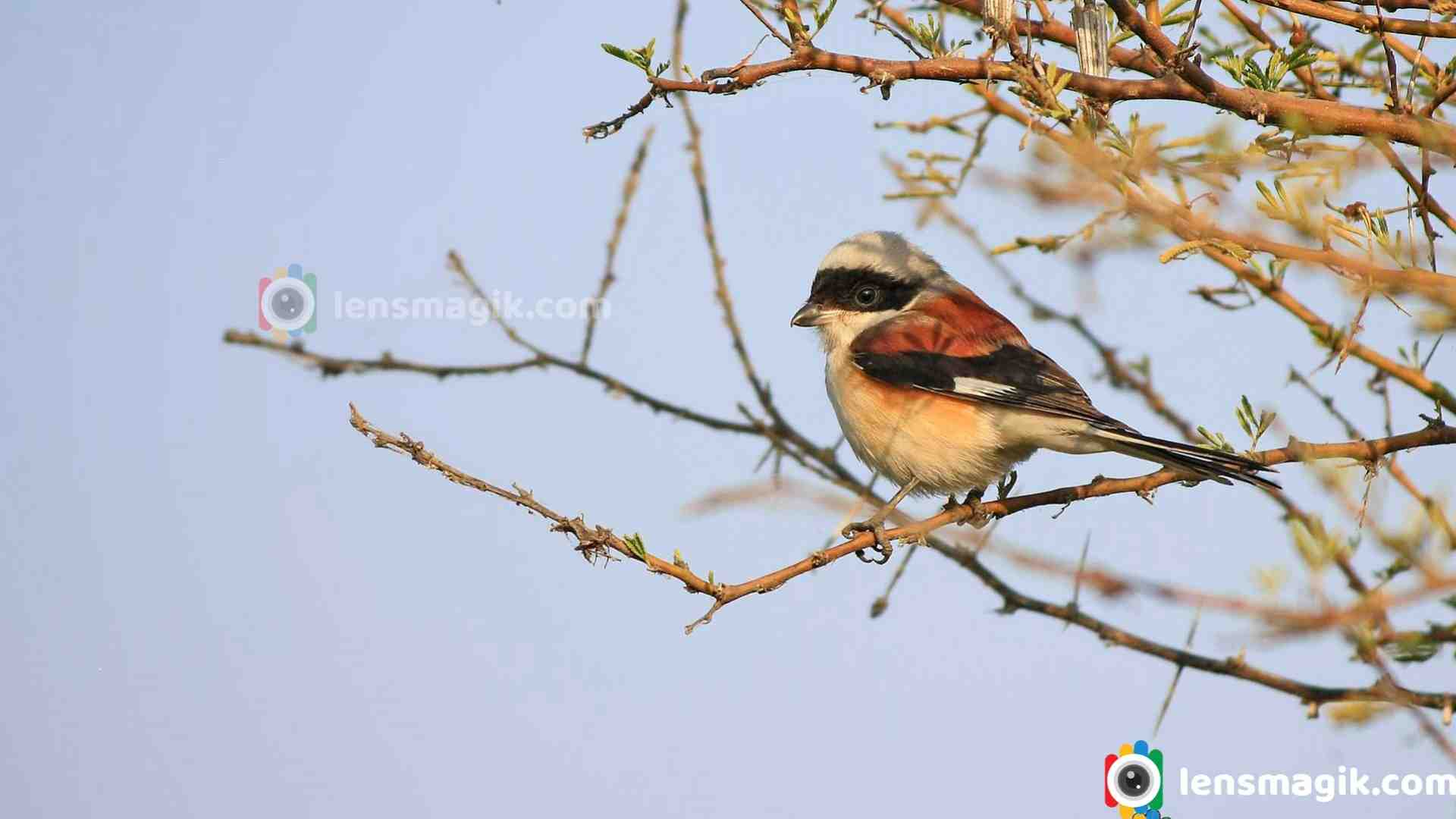
Bay backed Shrike is generally found in south Asia and it is resident bird of south Asia. In Gujarat it found many places and near to agriculture areas. Also found in Thol Bird Sanctuary, Nal Sarovar Sanctuary and many other sanctuaries . It is member of bird family Lannidae. Binominal Name of Bay Backed Shrike is Lanius Vittatus. It is generally found in India, Pakistan, Nepal and Afghanistan and also in Shri Lanka. In Lannidae family there are total 34 spices of shrike found in different places.
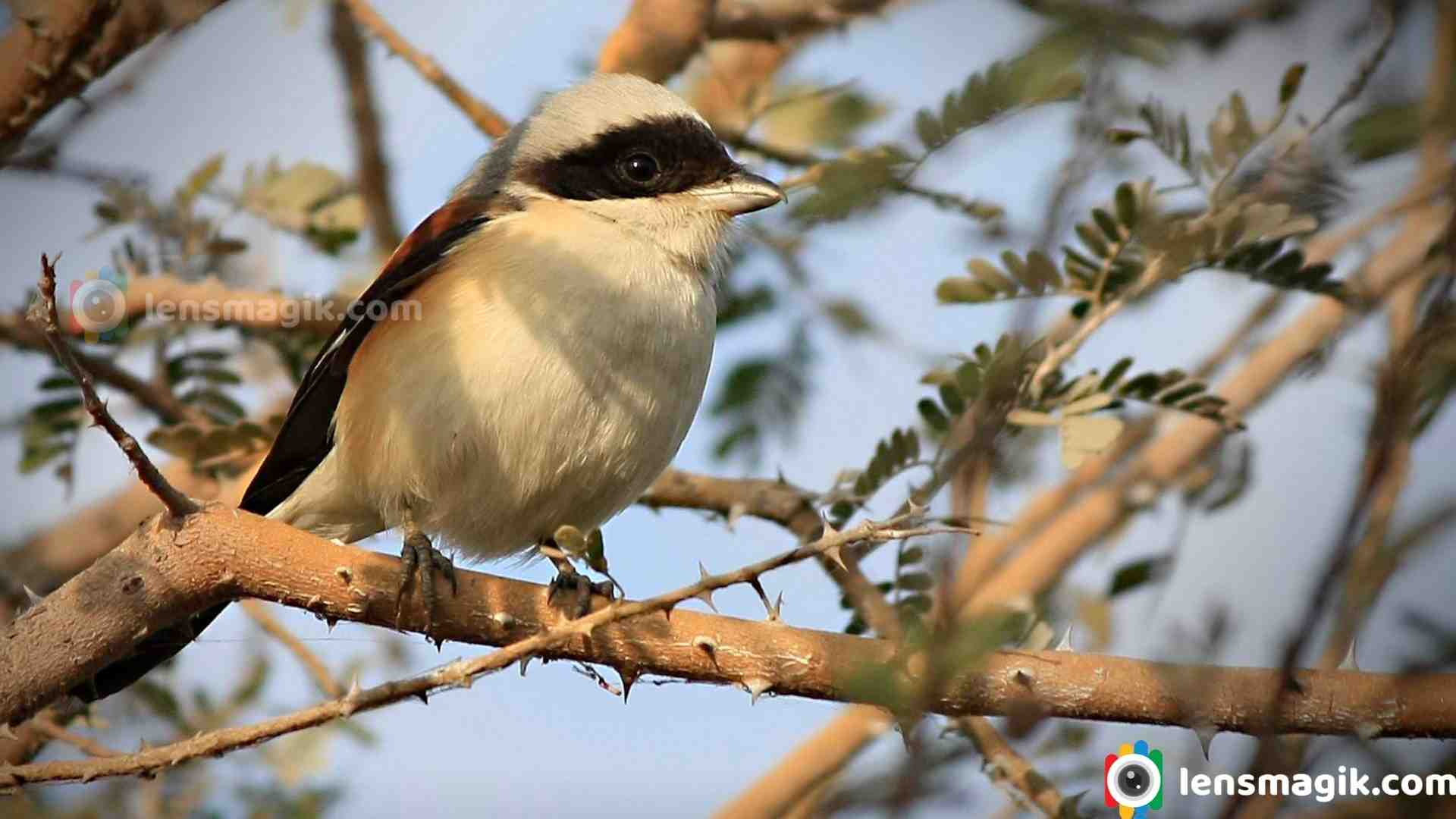
Description and facts about Bay Backed Shrike
- Bay Backed Shrike is smallish shrike.
- It has long black tail and maroon brown above parts with pale rump.
- Bay backed shrike Underparts are white.
- On the eye of Bay backed shrike there is a black strike like a bandit mask.
- Legs and bill are dark grey in color.
- It built nest in bush, cultivation area or scrubby areas.
- It lays 3-5 eggs .
- They found generally in Pair.
- For hunting they fly 2 to 2.5 mt high from ground and catch food within 10 mt radius .
- Shrike has good eyesight and sharp beaks.
- Status of Bay Backed Shrike is least concern in IUCN list.
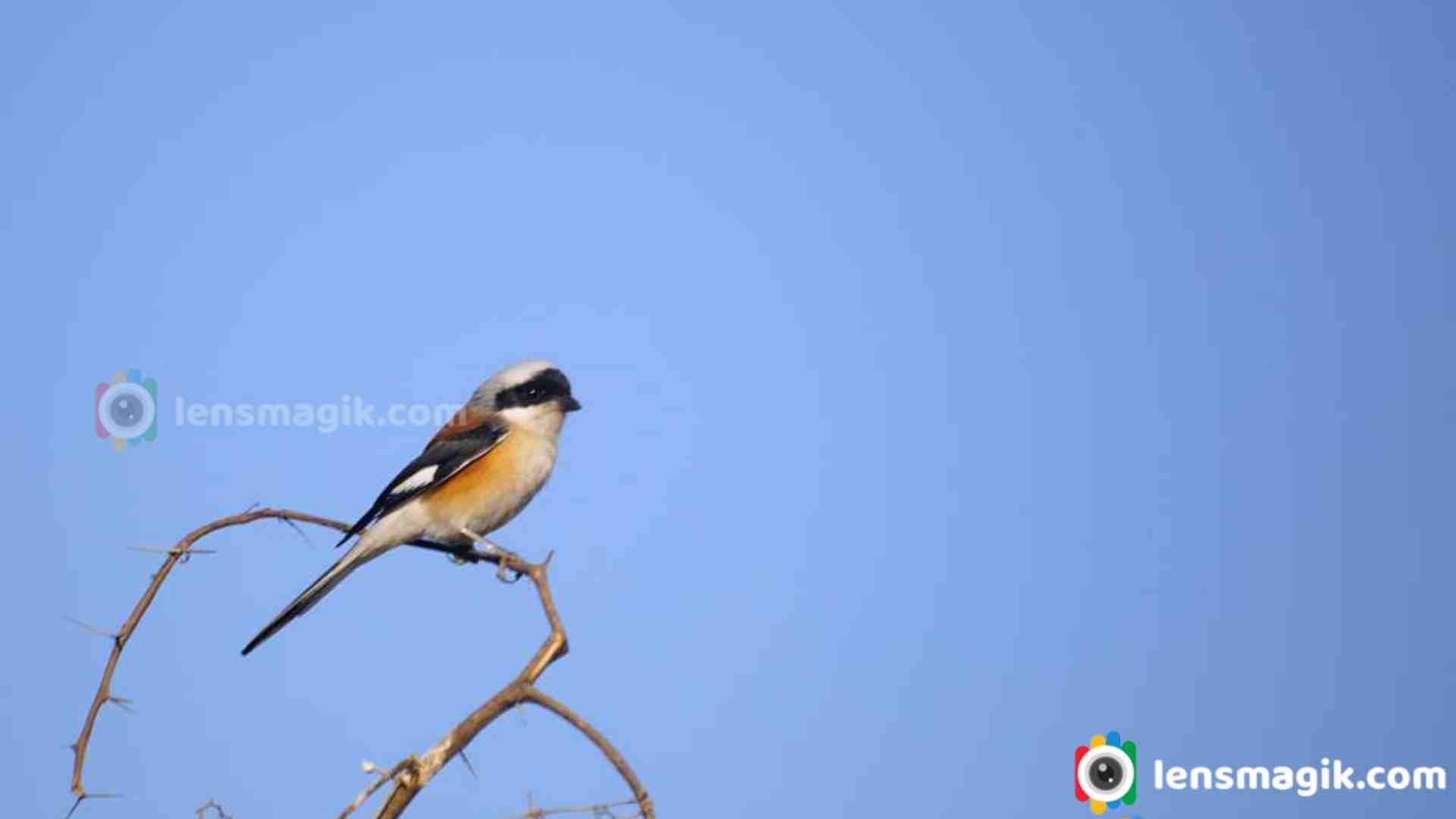
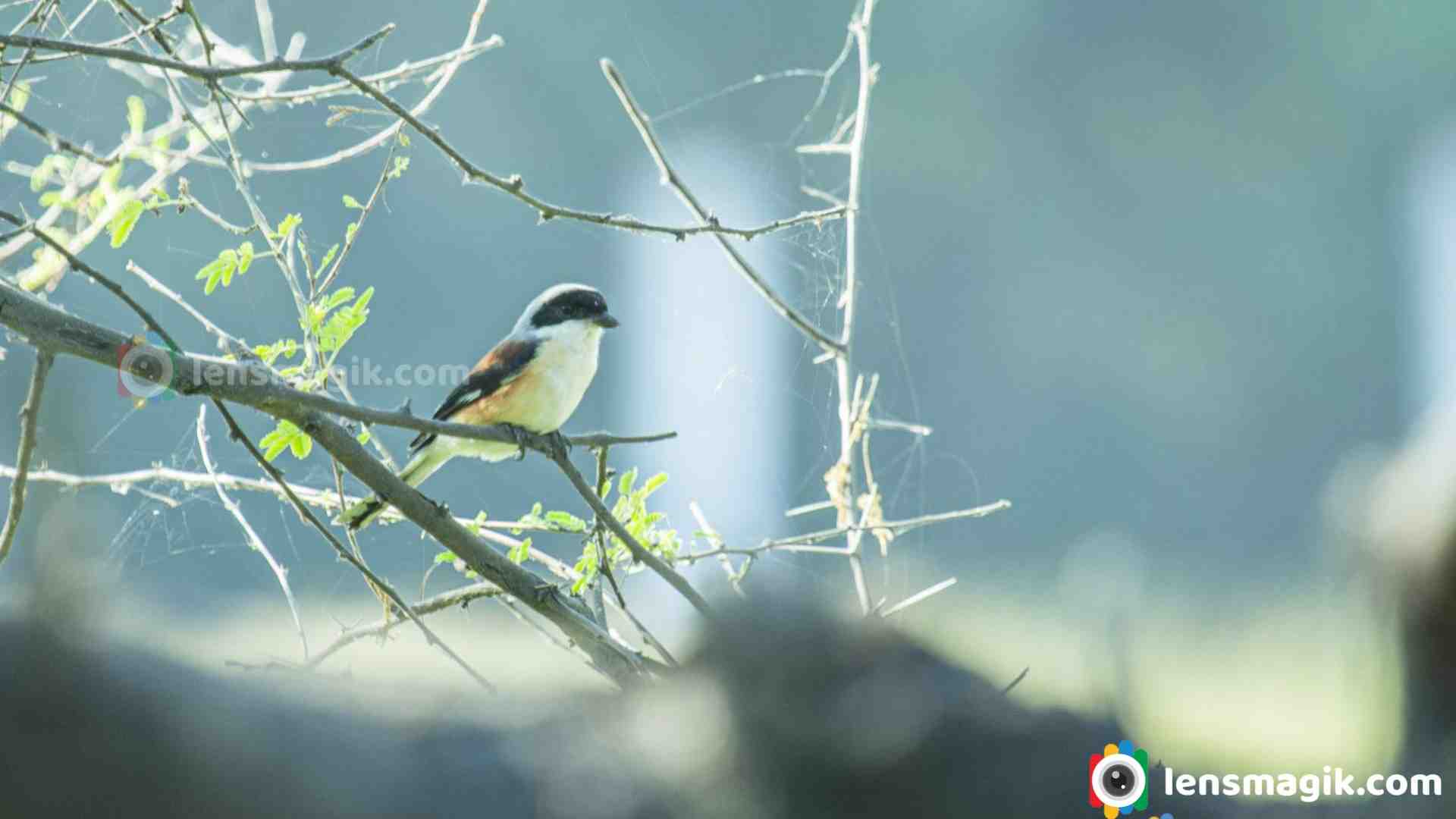
Bay backed Shrike is resident bird in Gujarat. It is found at many places like agriculture areas, farms, scrubby areas etc. I found it in Thol Bird sanctuary first time and then at agriculture areas outskirts it found easily. They find food easily near to agriculture areas and farms so they live near to them.
Camera Used : Canon 1000 D, Canon 6D, Canon 100-400 mm lens
Read more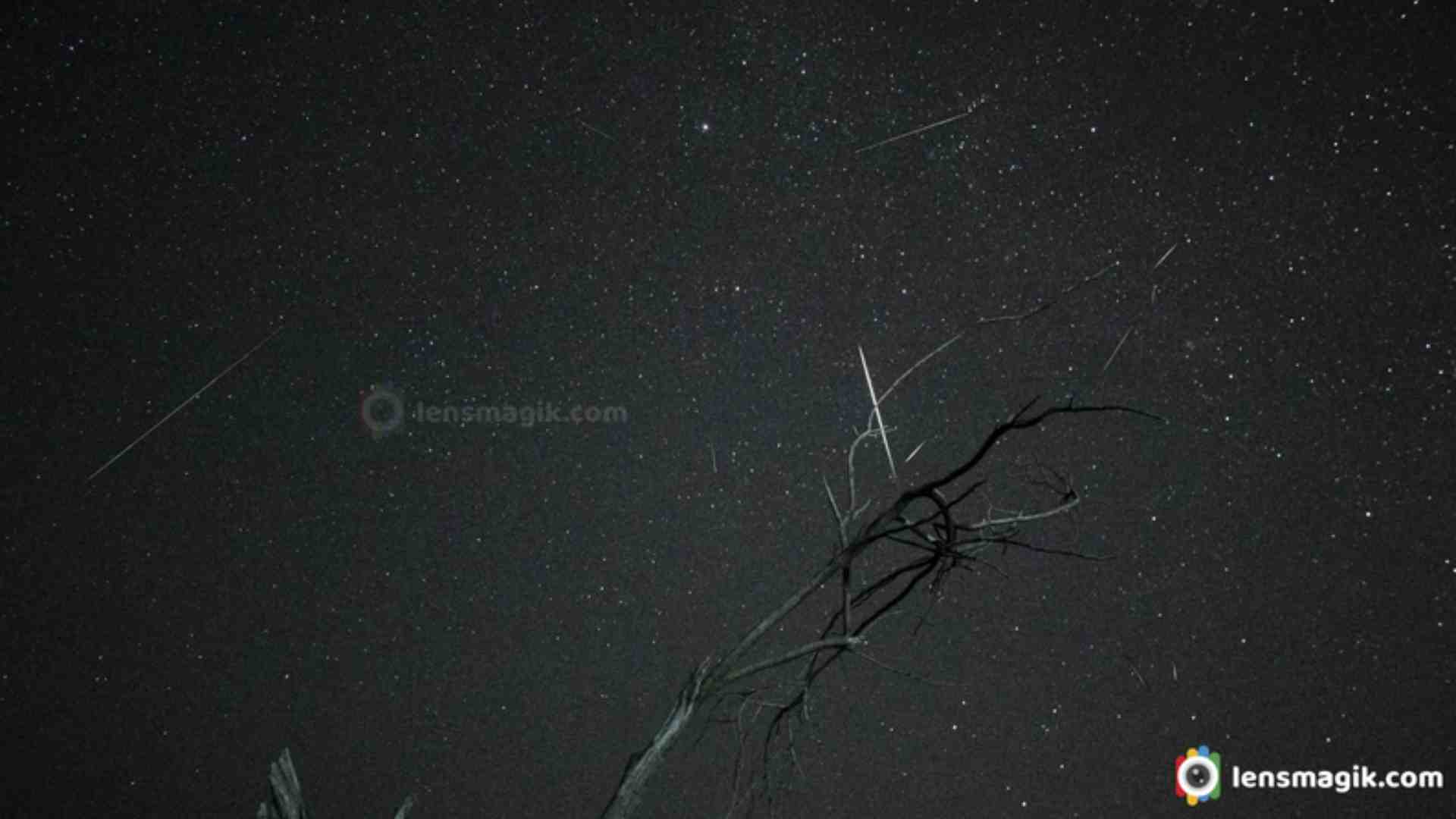
Meteor is a piece of rock in the sky. It is caused by meteoroid crashing through the Earth’s atmosphere. It looks like streak of light in the sky when it comes in the Earth’s atmosphere. Millions of meteors occur in the sky. They are looks like shooting star. As per the size of meteor you can see vary of streak of light in the sky. Big meteor make big streak of light and small meteor make small streak of light.
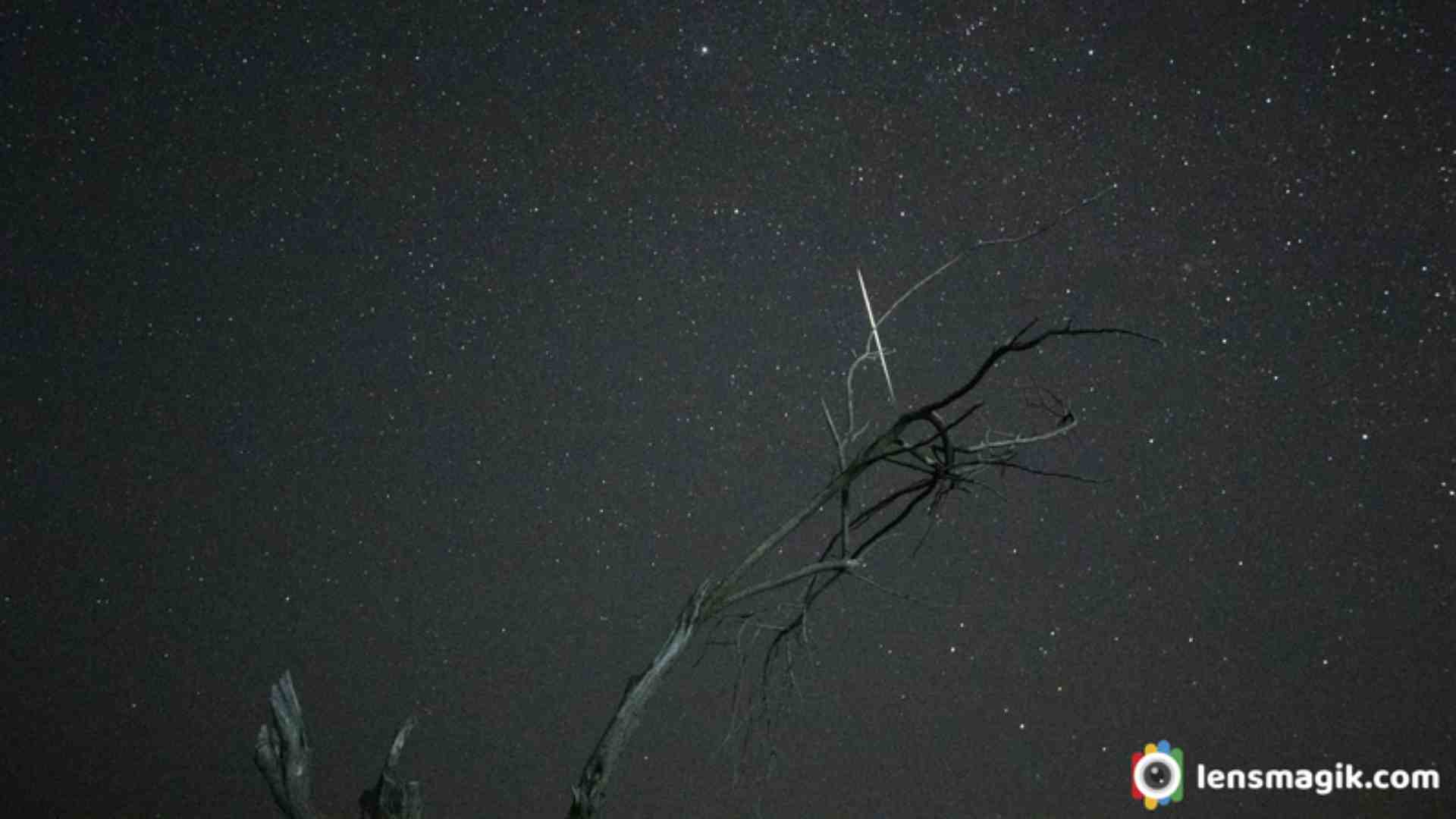
Geminids Meteor shower :
Meteors come from same place in the sky which is called Radiant. Meteors which appear to radiate from constellation Gemini is called Geminids Meteor Shower. Geminids Meteor shower appears in December every year. Geminids Meteoroids are 1000 years old. Geminids Meteor shower caused by object 3200 Phaethon . Geminids are fast and bright and also it is most favorite meteor shower among all meteor shower. Geminids meteor shower rises from Northeast side and can bring 30-40 at minimum side and 100 -110 at maximum side per hour. The maximum visible of meteors are on peak day of it around 100-120 meteors per hour. Geminids meteor shower rising time around 7-9 pm and its on peak at 2 AM to early morning . At 2 AM you can see maximum meteors of Geminids.
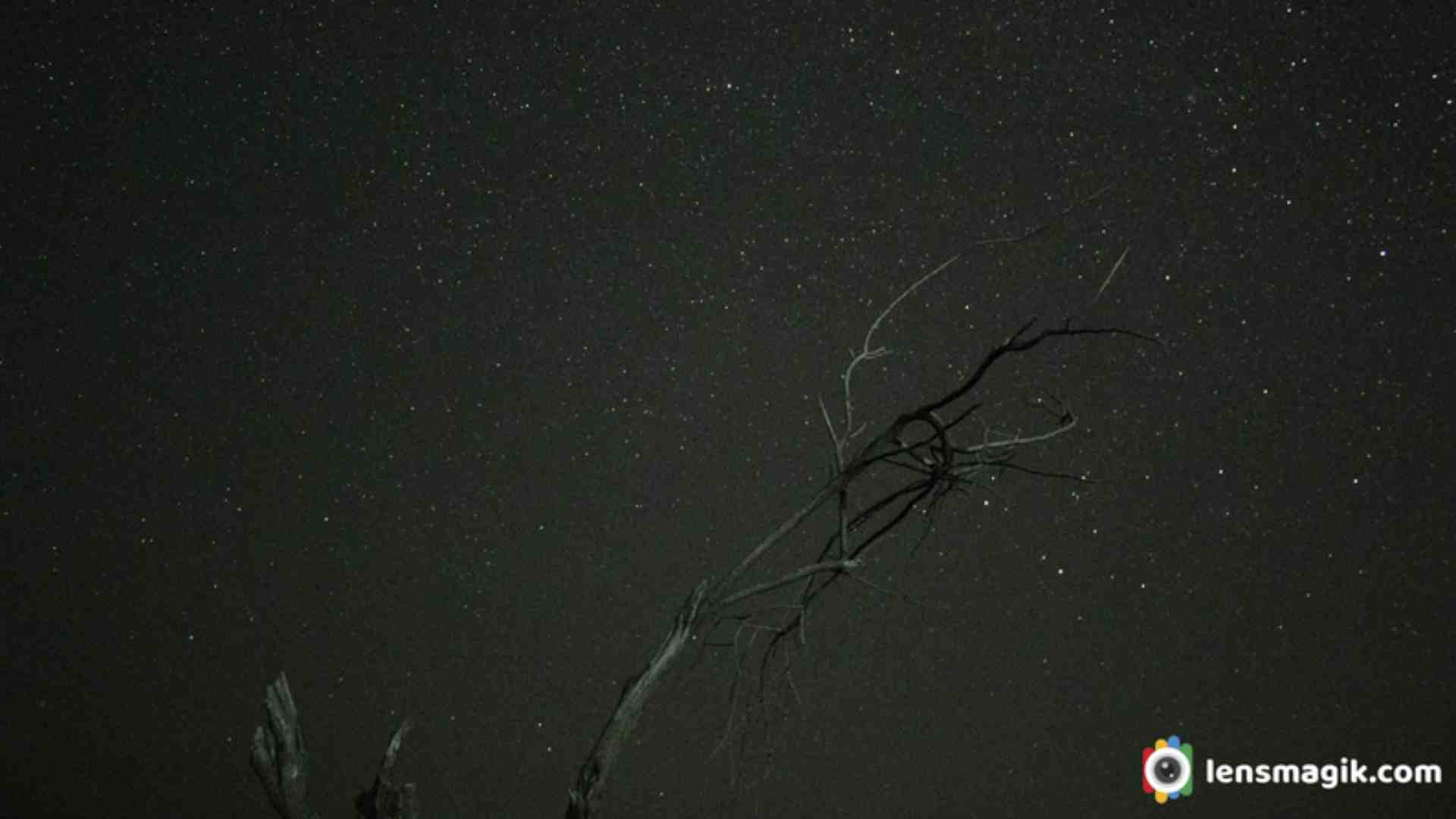
Time-Laps Photography of Geminids Meteor Shower :
To see meteors we need a dark sky and also low pollution area. First we need to choose best location for Astro photography or star trail photography or milky way photography or Meteor shower photography. We need to choose date when Geminids meteor is on peak . On peak date there is more chance to capture meteors in your camera. Choose an object in foreground for time-laps photography. Set up your camera on tripod with Interval meter. Focus on subject in foreground which you choose or make your camera lens focus on infinity. I had taken more than 200 photos in first frame and 150 photos in second frame.
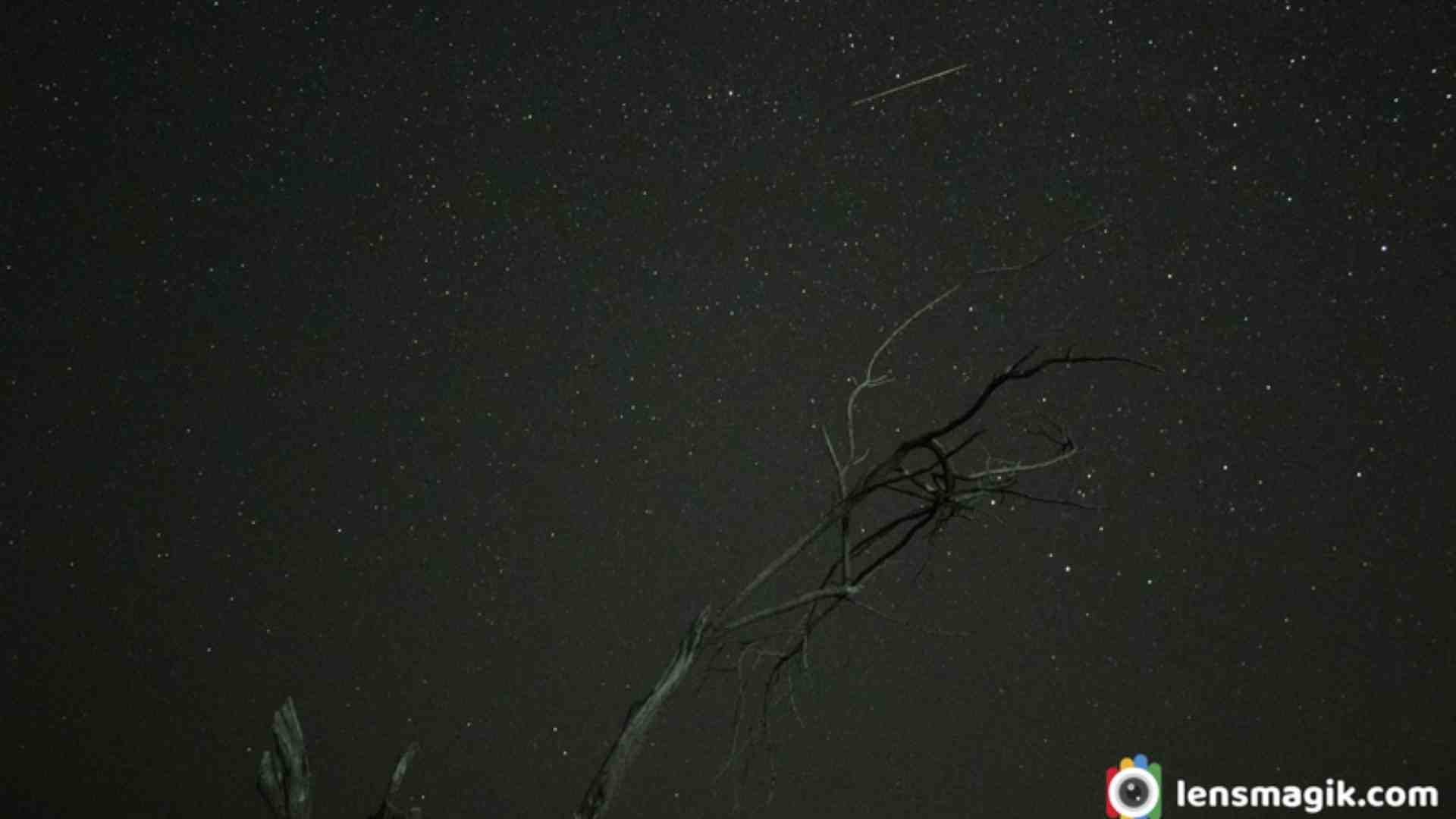
Time-Laps Settings for Meteor shower
- Set Aperture minimum as your lens supports. Best lens for star photography is 10mm, 14mm which lenses support low aperture like F/1.8 or F/2.8.
- Select manual focus for lens.
- Set interval meter shutter speed 20-25 seconds. More than 25 seconds your shutter speed may create star trail so set it to 20 or 25 seconds max.
- Set interval time around 20-25 seconds. Interval time you can decrease if you choose long exposure noise reduction off in your camera but I suggest to select interval time minimum 20 seconds.
- Set frames approx. 500 frames
- Set ISO in your camera 1600-3200 depending on your camera noise. For low noise full frame camera is the best option.
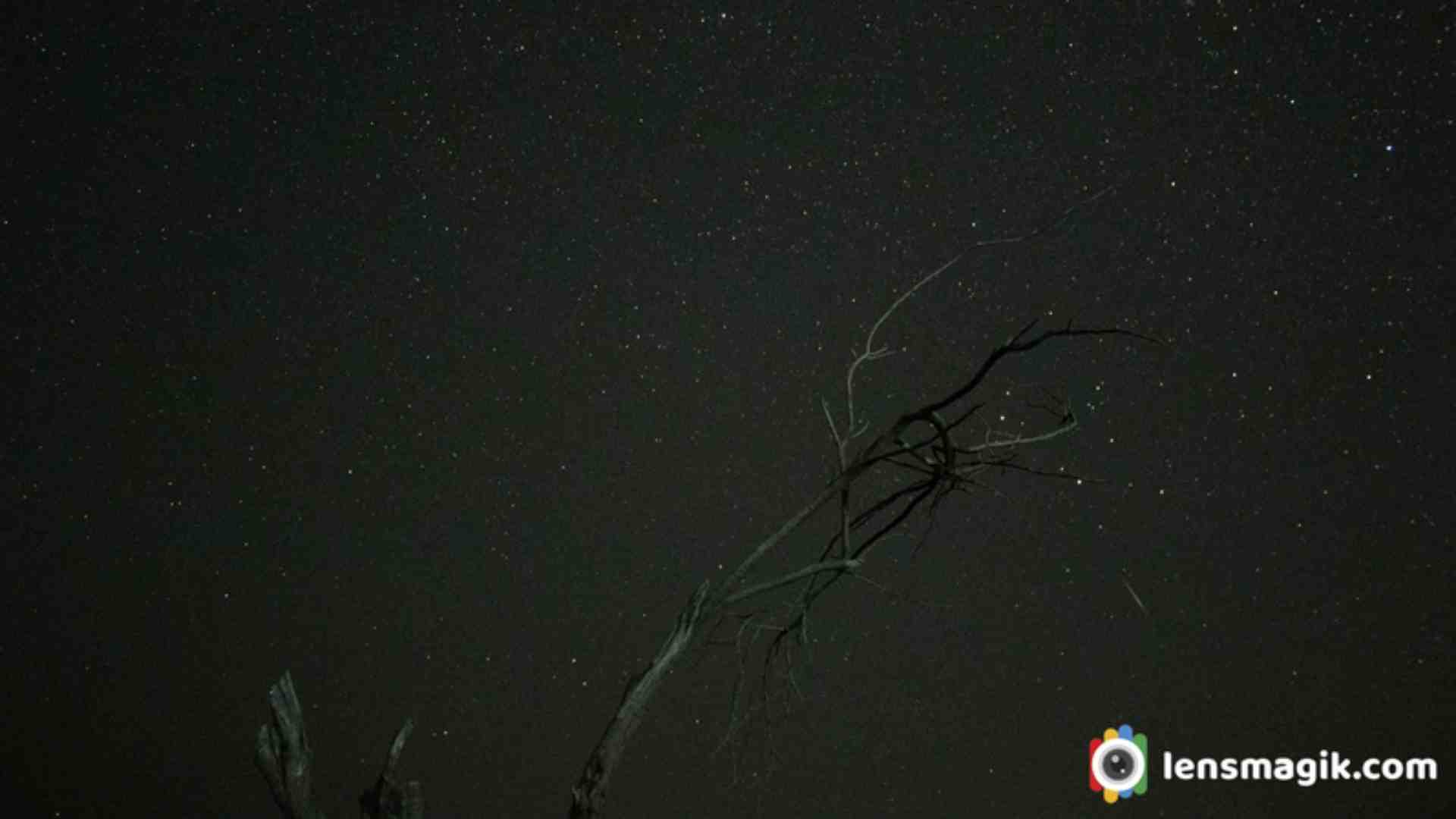
Best dark area finder app is
https://darksitefinder.com/maps/world.html#4/39.00/-98.00
https://www.darkskymap.com/nightSkyBrightness
For time and date of meteor shower visit
https://www.timeanddate.com/astronomy/meteor-shower/

Post Processing Time-laps photos
After taking more than 500 frames in time-laps you need to see them one by one and check how many meteors are captured in the frames. Those frames in which you captured meteors merge them in 1 frame in photoshop or lightroom.
Also you can make a time-laps video in many software with selecting all your frames. I made video in Picasa software which made time-laps video easily. Only JPEG files selected in picasa so make sure your frames may in JPEG or convert in JPEG.
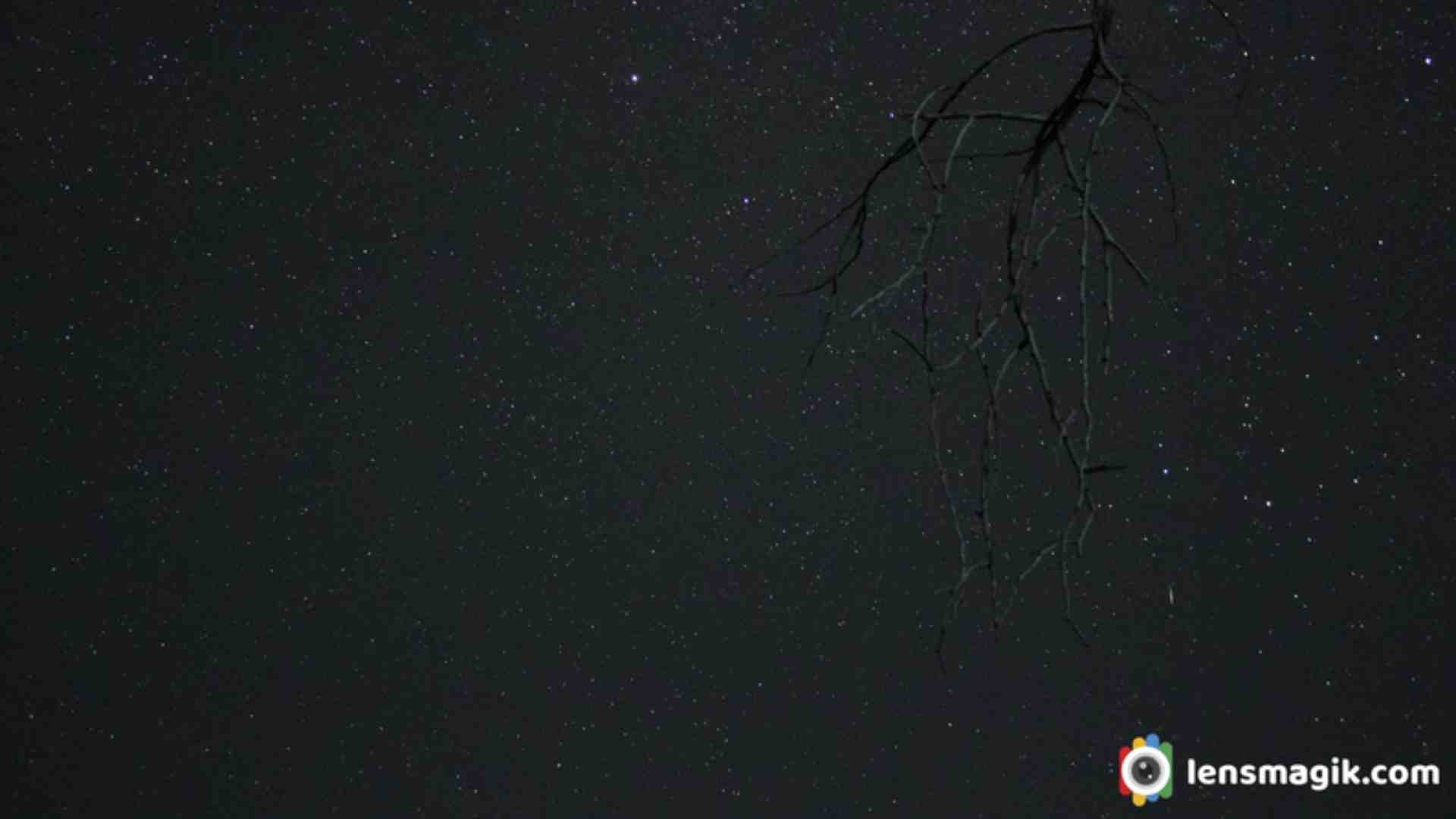
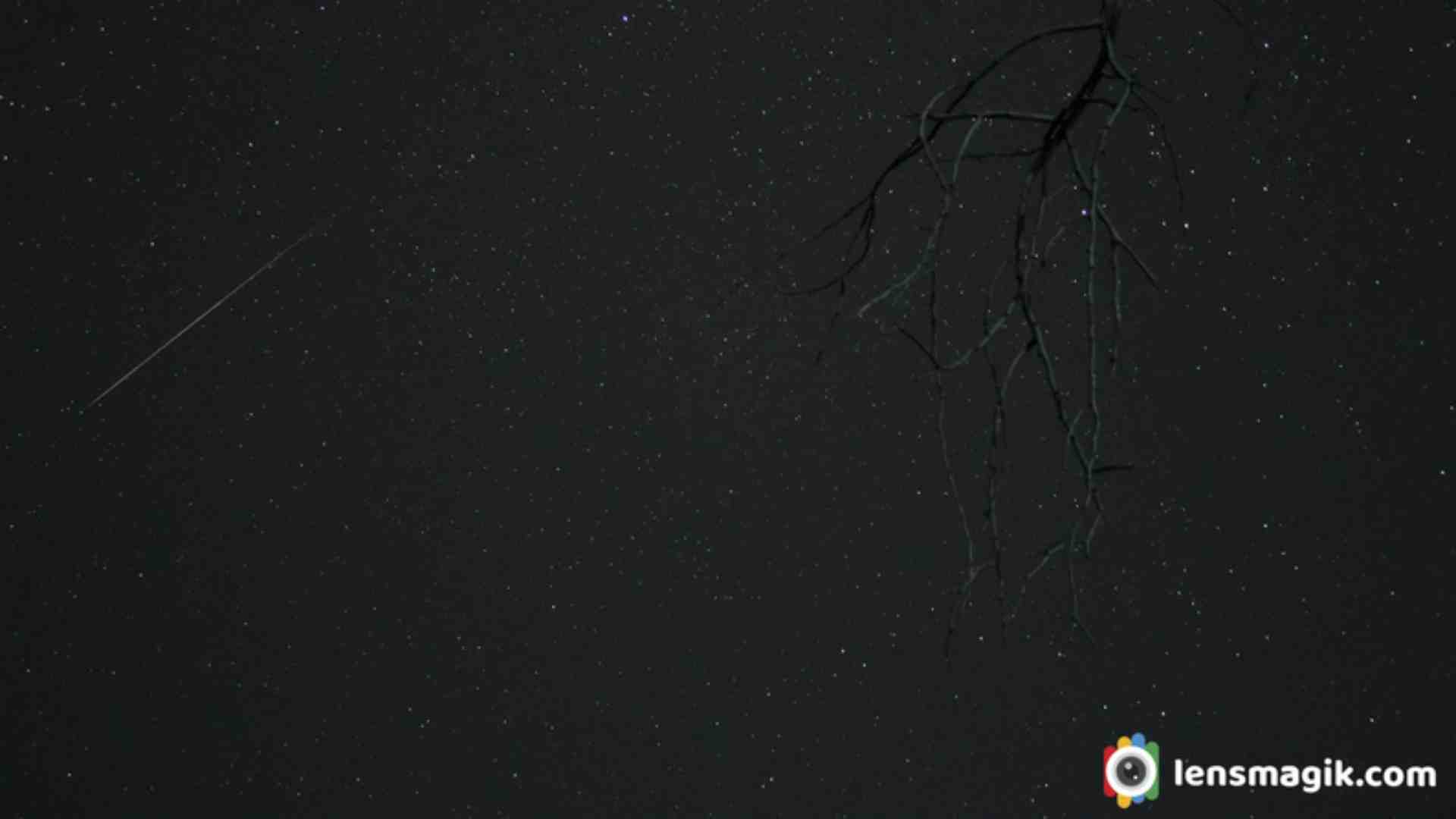
Geminids meteor shower is one of the best meteor shower among all meteor shower. In India you can see Geminids meteor shower very clear from dark areas. In Gujarat Little Rann of Kutch and Rann of Kutch area is best for Astro photography. Also Some areas near polo forest, Jessore Sanctuary and Dahod are good spots for night photography. There are also Perseids and Leonids meteor shower also most popular. But in India Geminids meteor shower is the best visible. Perseids meteor shower is occur in August but in India there is a monsoon season during perseids meteor shower. So i guess for India Geminids meteor shower is the best
Gear Used : Canon 80D, Canon 18-55 mm lens
Read more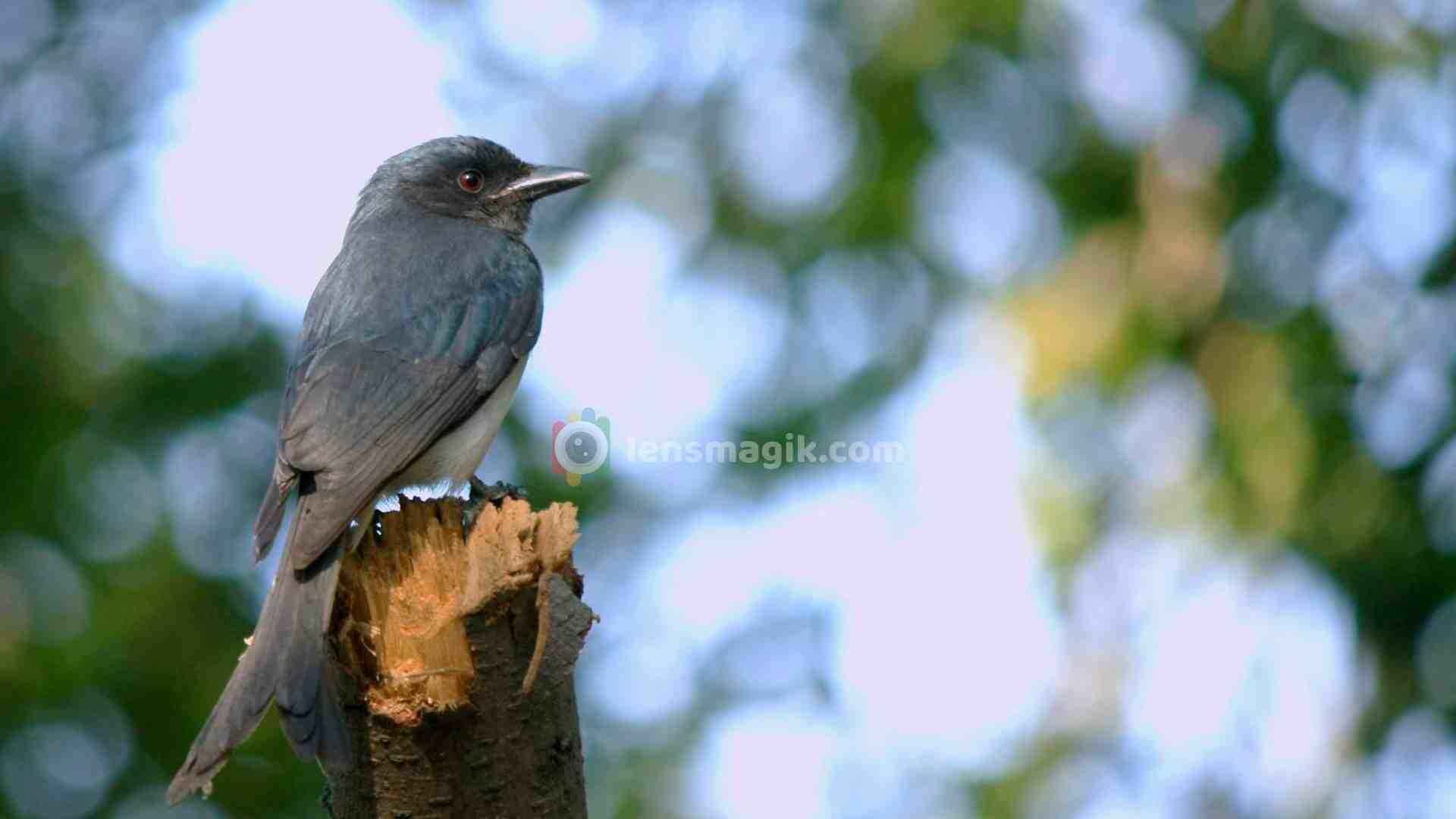
White Bellied Drongo is a spices of Drongo bird which is a member of Dicruridae family. The George Edwards which is English Naturalist used name The Fork Tail'd Indian Butcher Bird. It is generally found at open forest or dry scrub areas. I found it at Thol Bird Sanctuary near thol village , Kadi taluka. It is also a Dicruridae family bird which is very similar to black drongo only difference is white color in underparts. Tail is long and looks like fork .
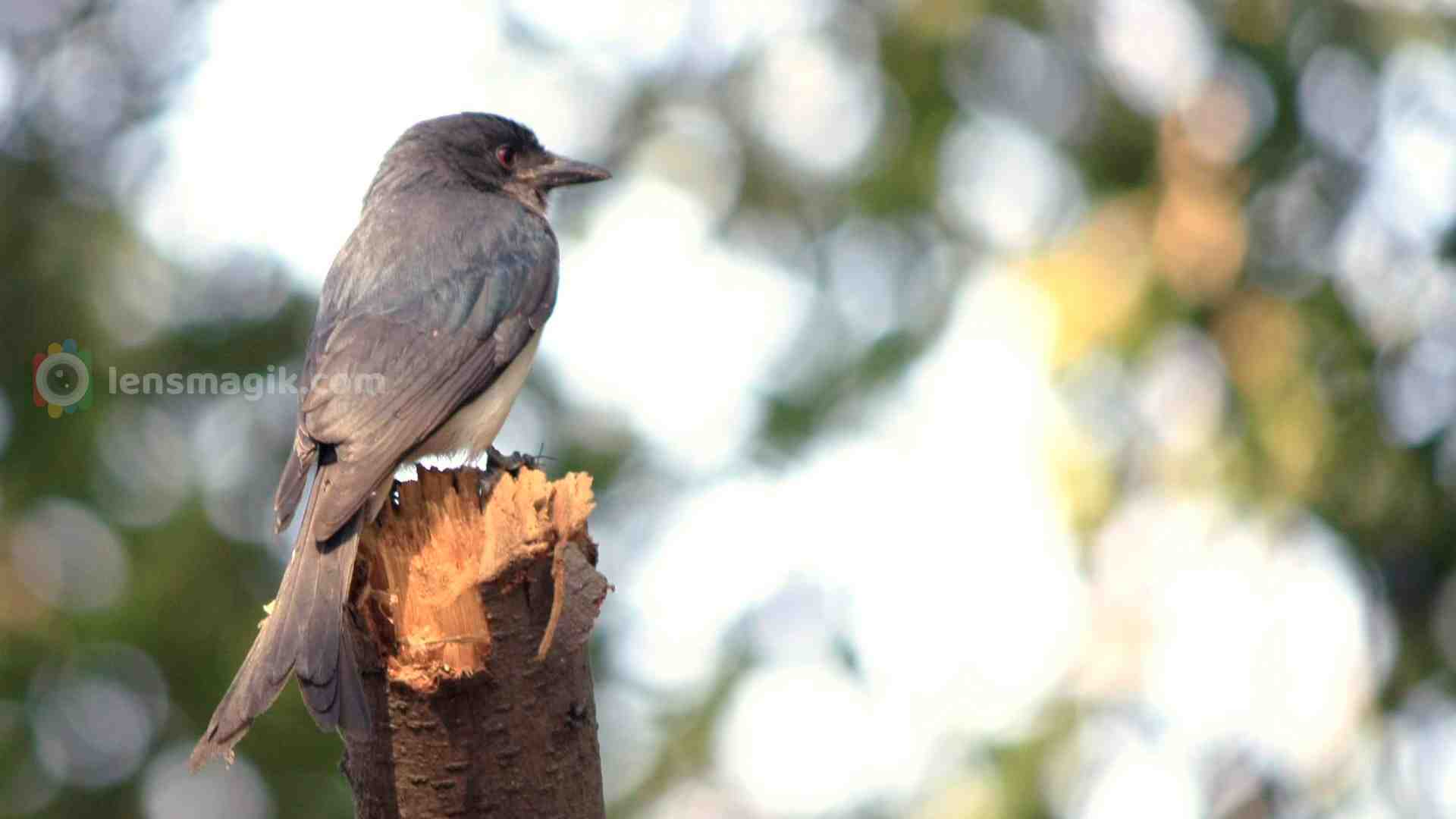
Description and Facts about White Bellied Drongo :
- White bellied Drongo is similar to Black Drongo . It has black body , greyish throat and belly is white.
- Tail is looks like fork and less deep then black drongo.
- Male has shorter tail then female.
- White bellied drongo found in forest and dry areas. It is a resident bird in India.
- They are in group of 2 or 3 generally.
- Breeding season for Drongo is February to July.
- They lay 2 -4 eggs on 20-30 feet height on tree.
Also a Black Drongo is very similar to white bellied drongo. In Thol Bird Sanctuary both spices found. Also they found an many other places of Gujarat because they are resident birds. Drongo bird is also very aggressive during breeding season and after laying eggs to protect them.
Photo Taken at Thol Bird Sanctuary, Gujarat
Gear used : Canon 1000 D with canon 55-250 mm lens
Read more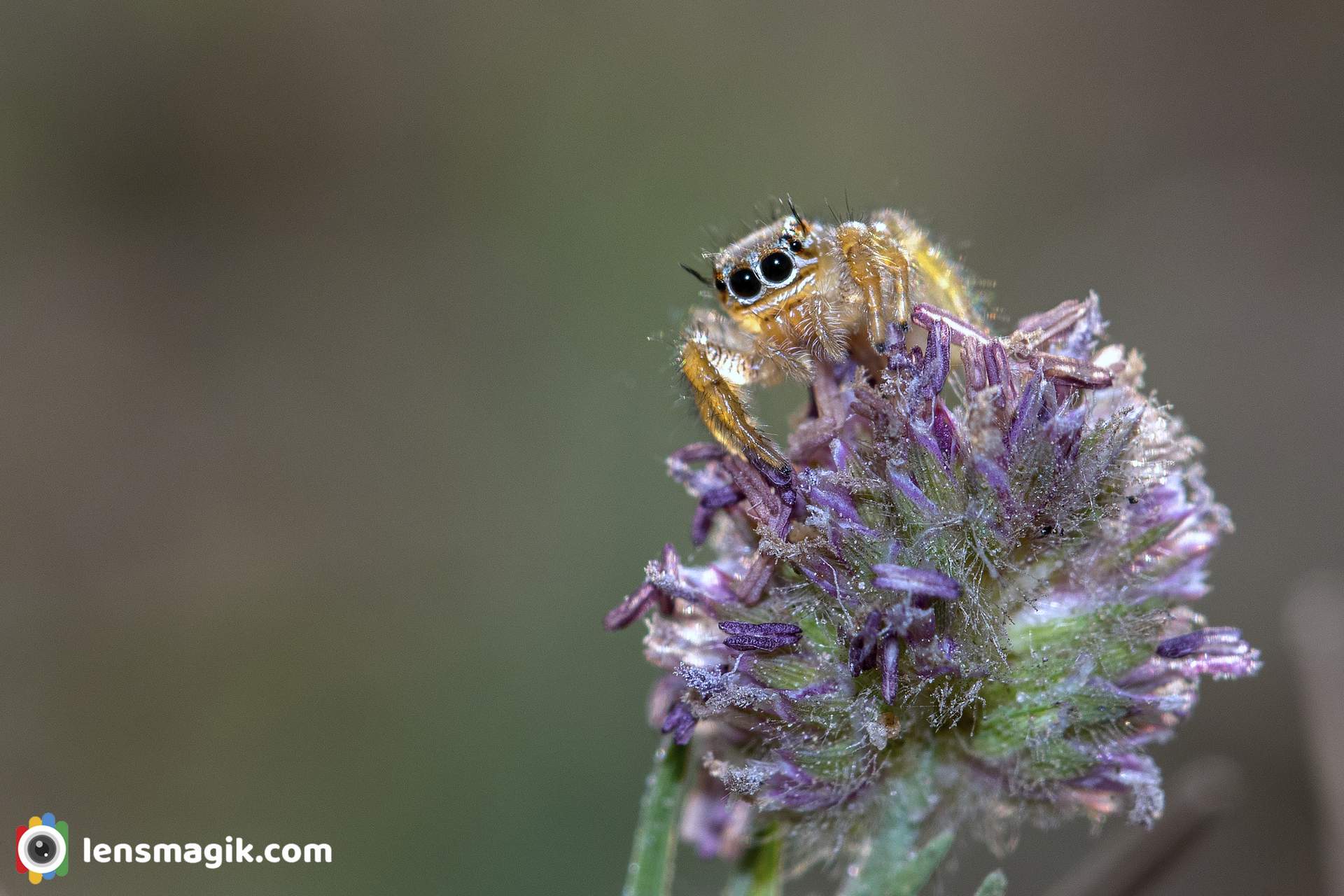
There are lots of Spider spices in the world. Spiders are good subject to shoot as a macro photo. Actually spiders are everywhere along to home and gardens. Jumping spider are group of spider constitute the family salticidae. This family contained over 600 described genera and over 6000 spices. Jumping spiders are easily identify from other spiders from their eyes and shape. The jumping spiders have faces that are roughly rectangular surface. The eyes are forward looking on flat face. The body length of jumping spider are around 1 to 25 mm. They generally found in forest , desert, scrub lands,temperate forest too. Toxicity of jumping spider is very less for humans. so jumping spider bite is not poisonous. Spiders are not insects because they belongs to family Salticidae and classified as Arachnids.
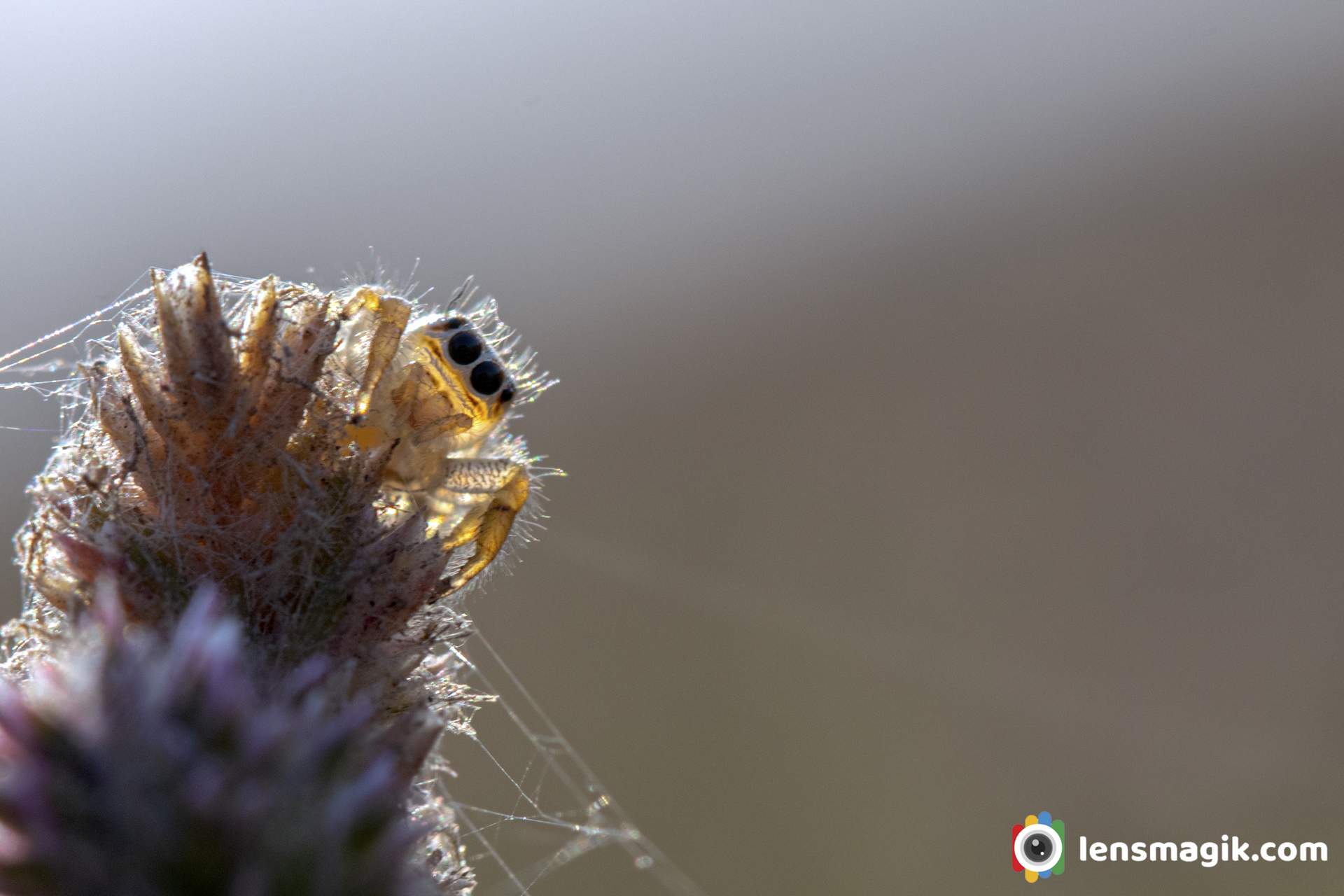
I found jumping spider during my trip to LRK ( Little Rann Of Kutch ). also its a live photography competition Name WILD CLICKS powered by canon in December 2019. Spiders in macro photography looks beautiful . For Macro Photography you need good light and good camera gears.
Some Facts about Jumping spider :
- The life of jumping spider is around 6 month to 2-3 years.
- Jumping spider are shy but you can easily catch them.
- They have 8 eyes.
- Once you will be familiar with spider then it enjoy your company.
- As per research of Miami university spiders like music.
- Generally they build their web in corners and dense trees , small plants etc.
- All spiders are predators.
- Jumping spider can change sudden blood flow in their body.
- Jumping spider do not use web for hunting.
- Jumping spider can dance also.
- Jumping spider can jump 10-50 times of their body.
- Jumping spider have 8 legs as all spider have 8 legs.
About Little Rann of Kutch :
LRK or little rann of kutch is a Wild ass sanctuary of Gujarat. Sanctuary for Indian Wild Ass but its also very well known for raptors and migratory birds. During winter some migratory birds like flamingos, pelican, bar headed goose, raptors, falcons, eagles, owls are regular visitors. So the sanctuary is more important for wildlife in Gujarat where you can find all birds, mammals and also 360 view of rann of kutch. Also some wetland areas near rann are beautiful for sunset and sunrise. You can also get some good macro photos of insects of rann for making good theme of COLORS OF RANN. I tried to shoot this spider with background of sun but its too hard for me . because it cant steady on one place for a second but got good pictures.
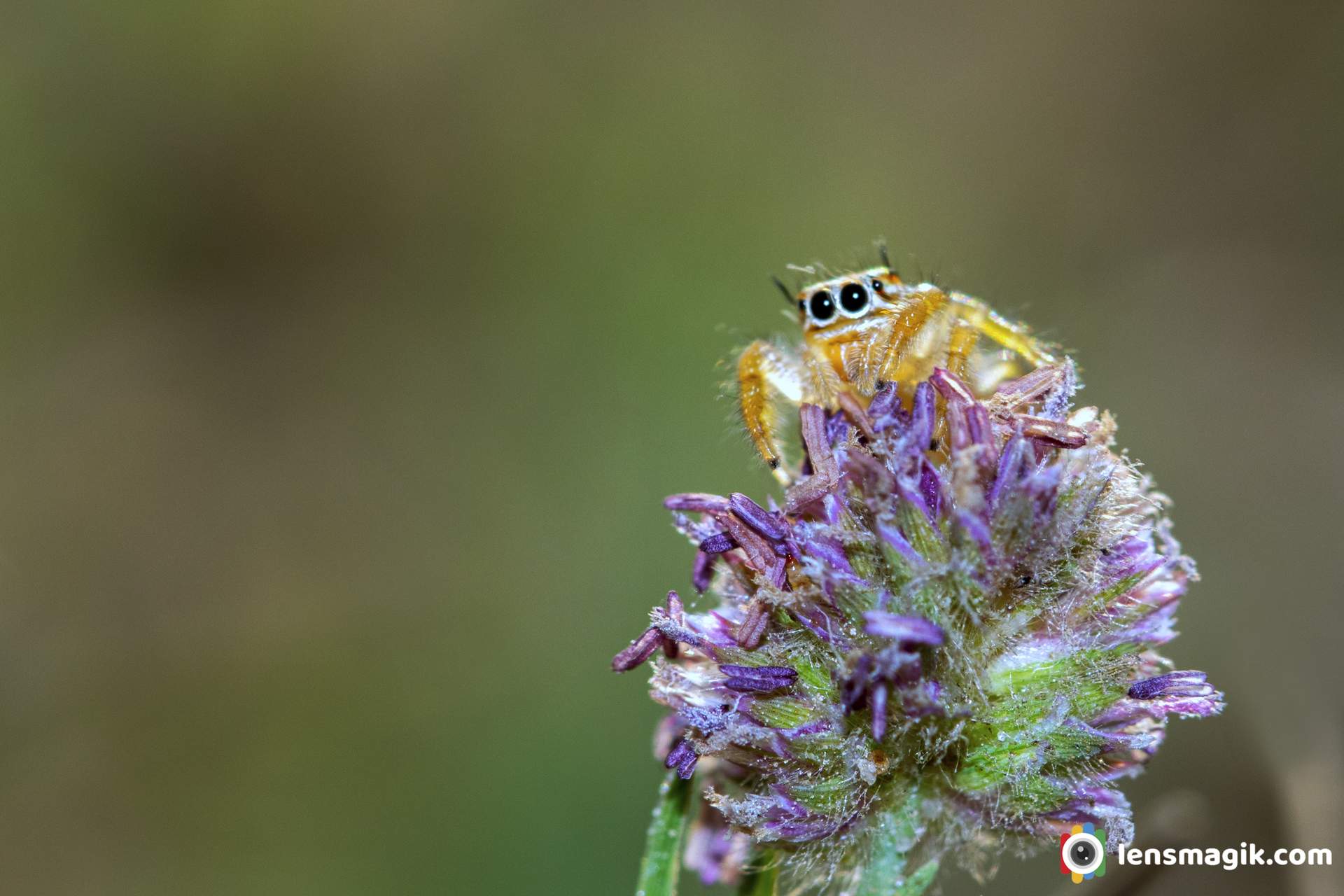
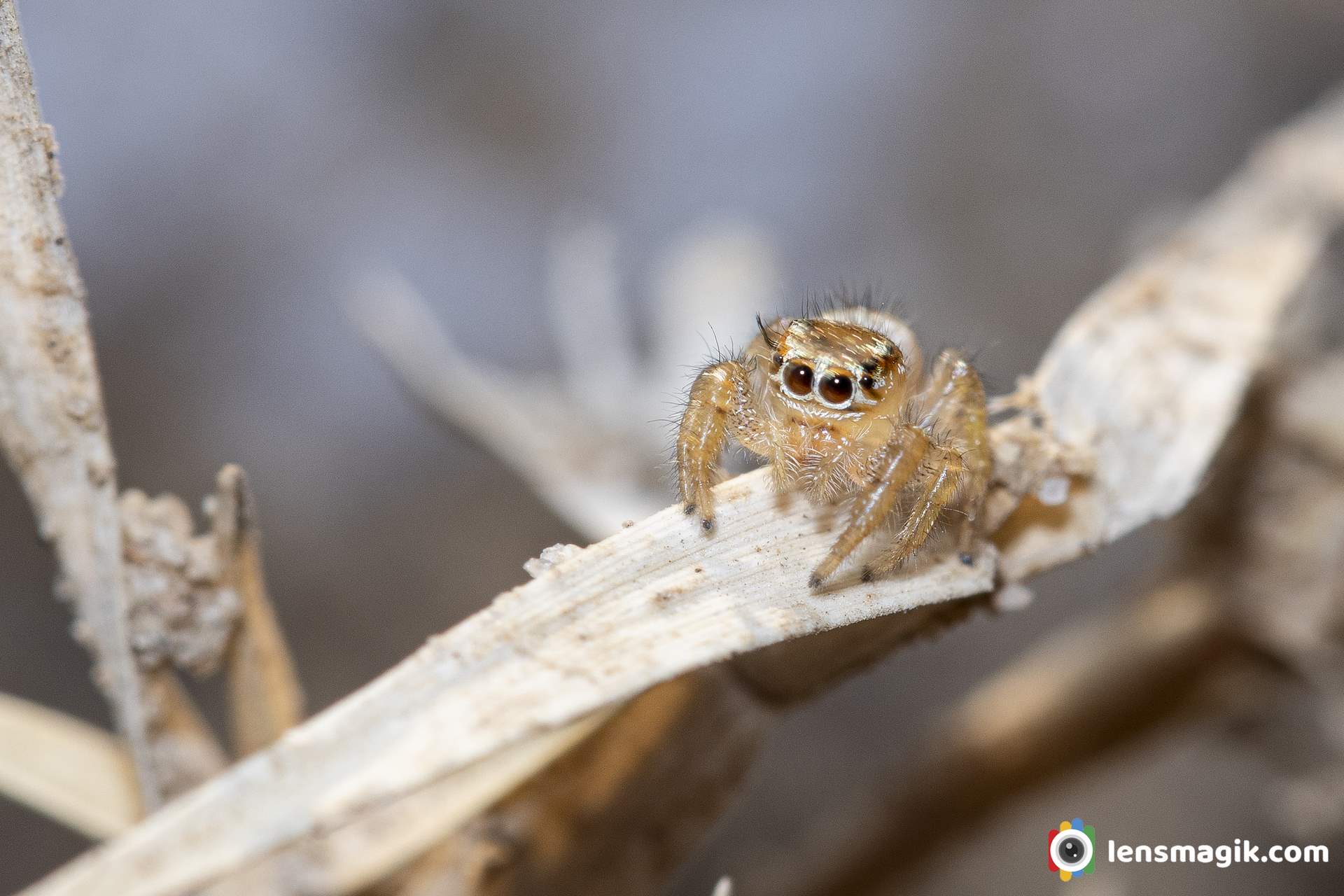
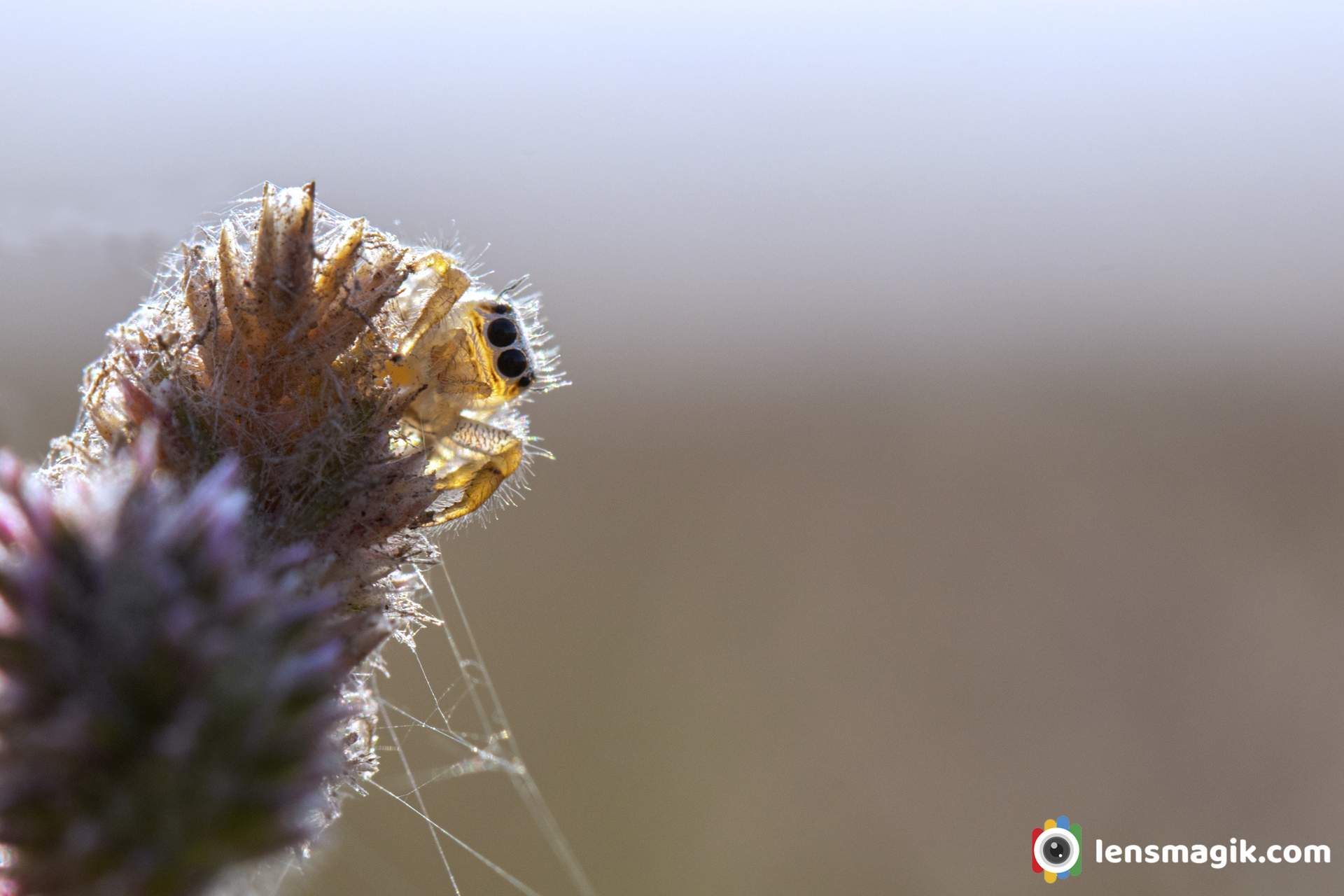
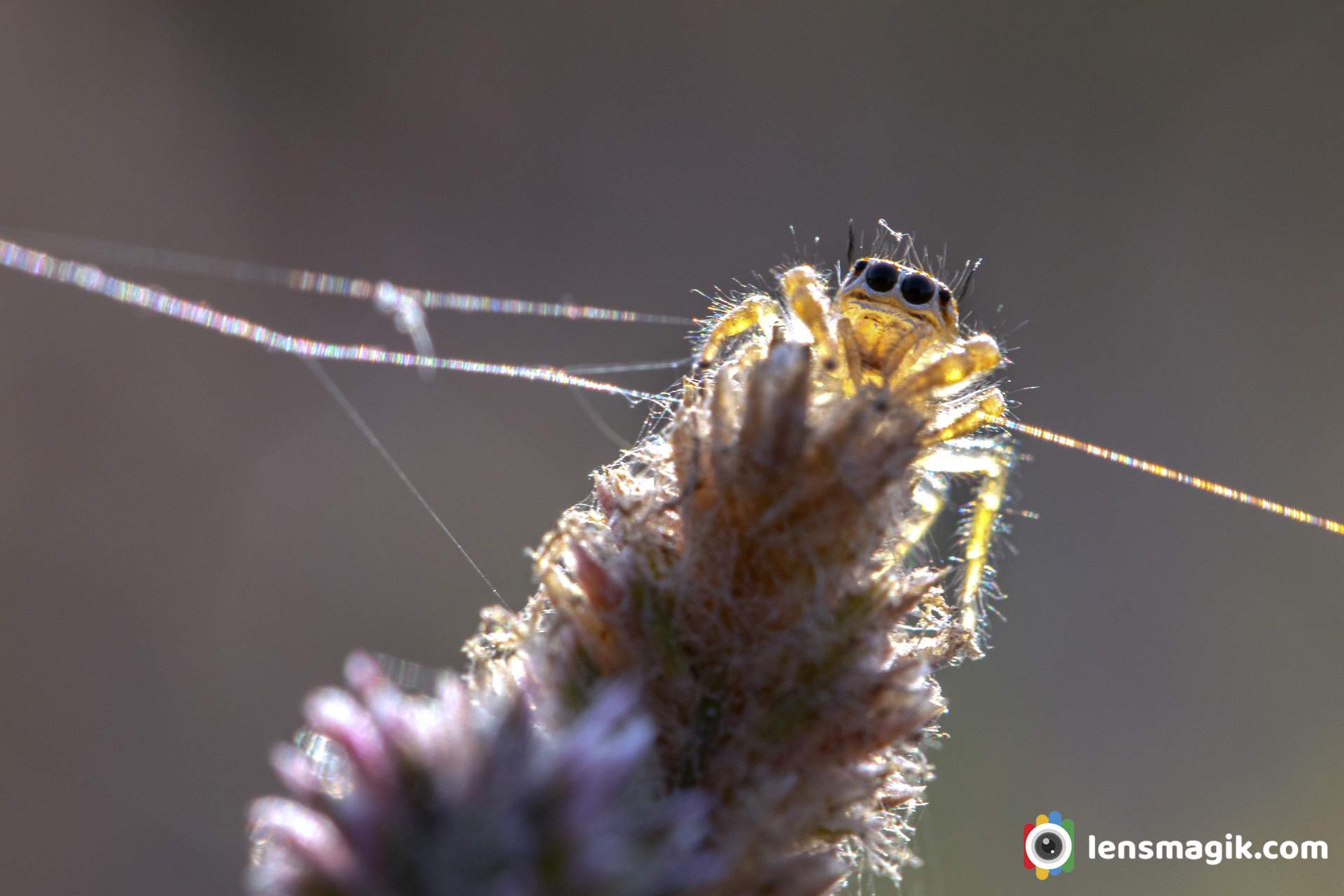
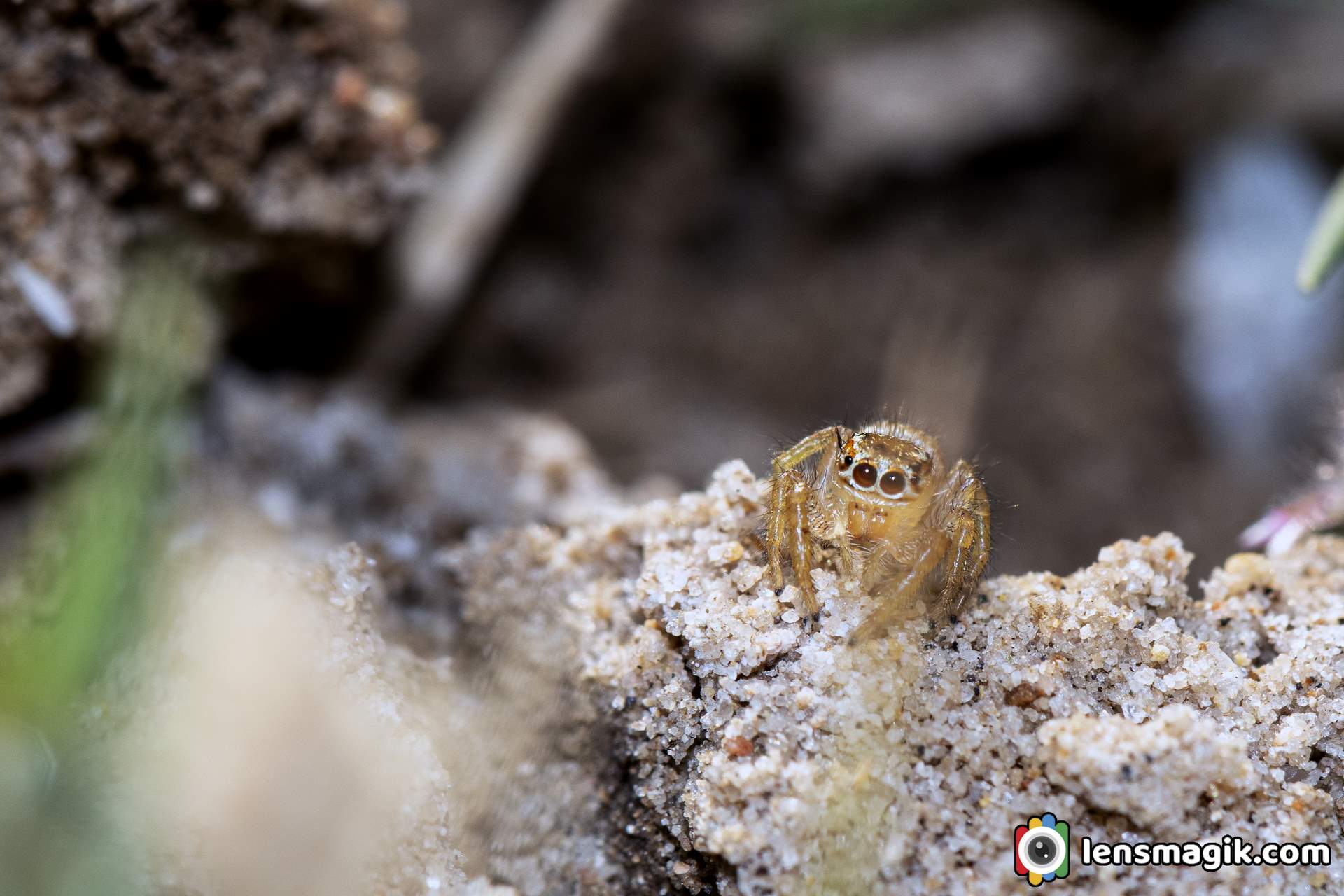
Gear used : Canon 80 D , Canon 6 D ,Canon 100mm Macro , Flash not fired
Location : Little Rann Of Kutch, Dasada
Read more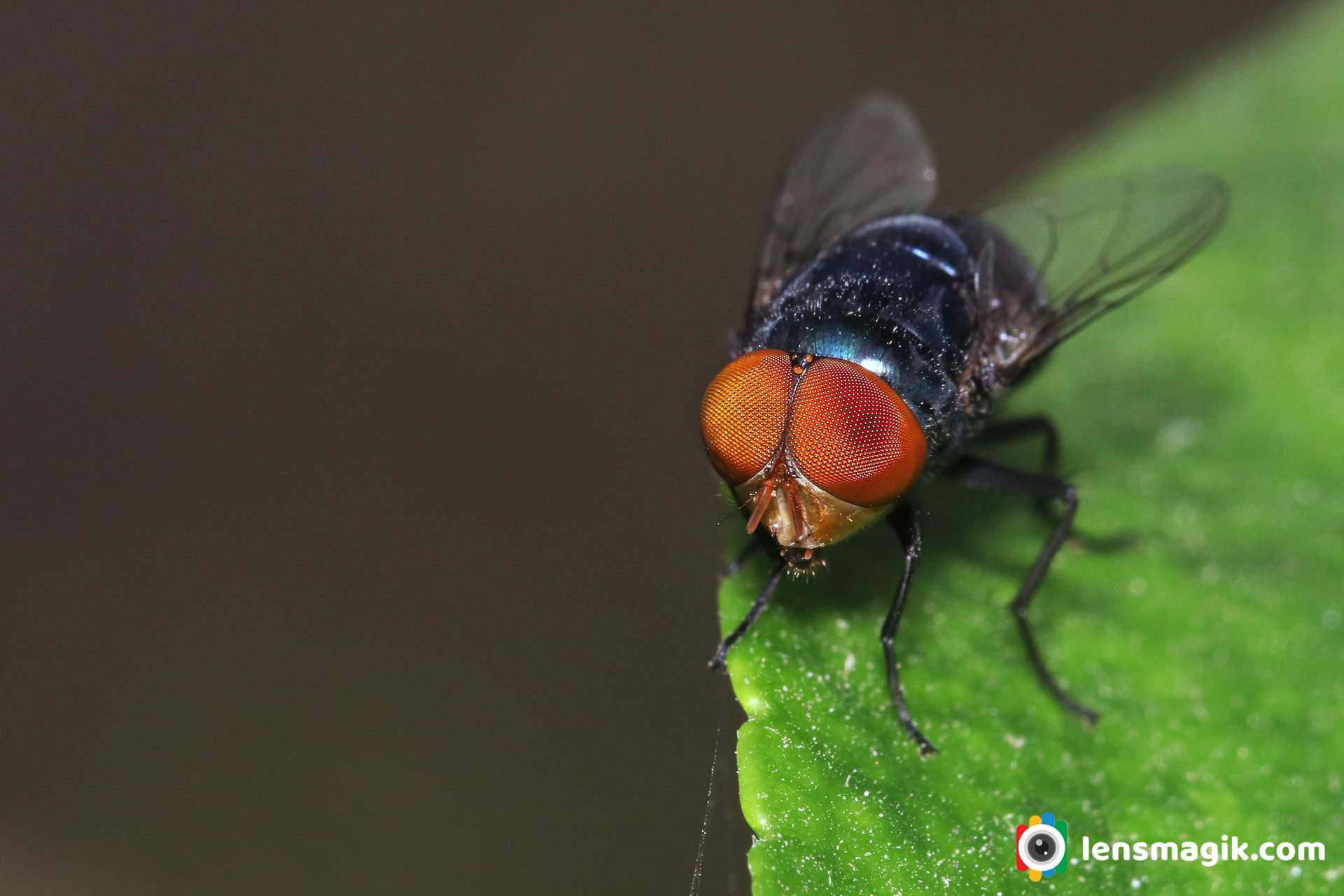
Housefly is a small insect which is found anywhere around us. It is most common fly spices. Binomial Name of Housefly is Musca domestica. Housefly is very well known for carry pathogens which can cause serious diseases in Animals and Humans. There are also different flies like fruit fly , Drain fly , Lesser Housefly, Blow fly, Common Green bottle fly etc. It is an insect and it has an important role for ecology for breaking down organic matter. They can carry lots of organisms on hair, mouth and feces. Also they carry parasites with them and cause diseases like Typhoid, Cholera ,Diarrhea etc.
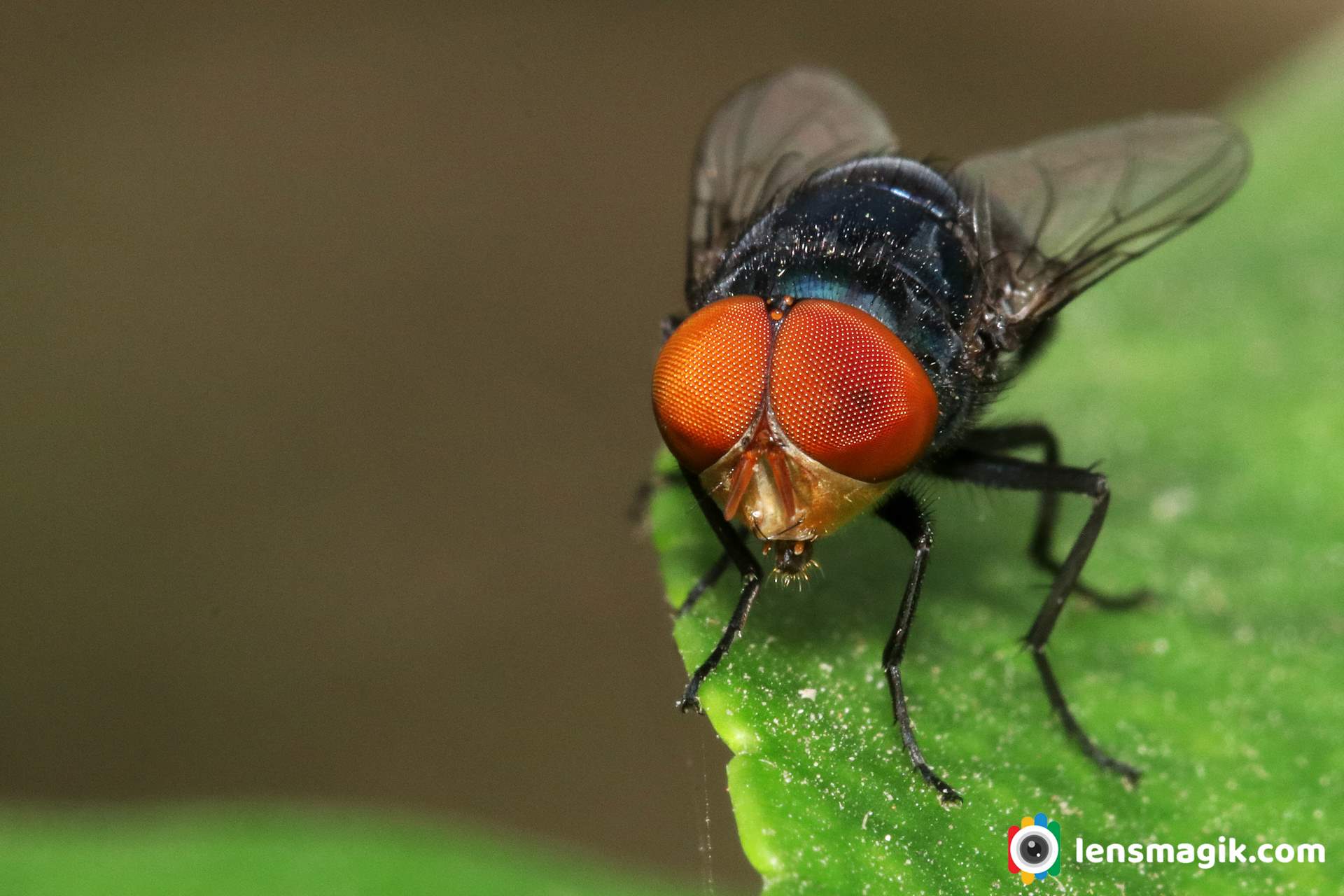
About Housefly : It is the most common fly spices found in the houses. They have red eyes and black in color. They have small hairs on their body and single pair of wings. Females are little larger than Male. Adult housefly length about 6 to 7 mm and 12-15mm with wingspan. They have 3 simple eyes and pair of antennae.
Some Facts about Housefly or Flies :
- Flies multiply quickly
- Flies can spread diseases.
- Flies test with their feet.
- Housefly don't chew
- Flies pollinate plants.
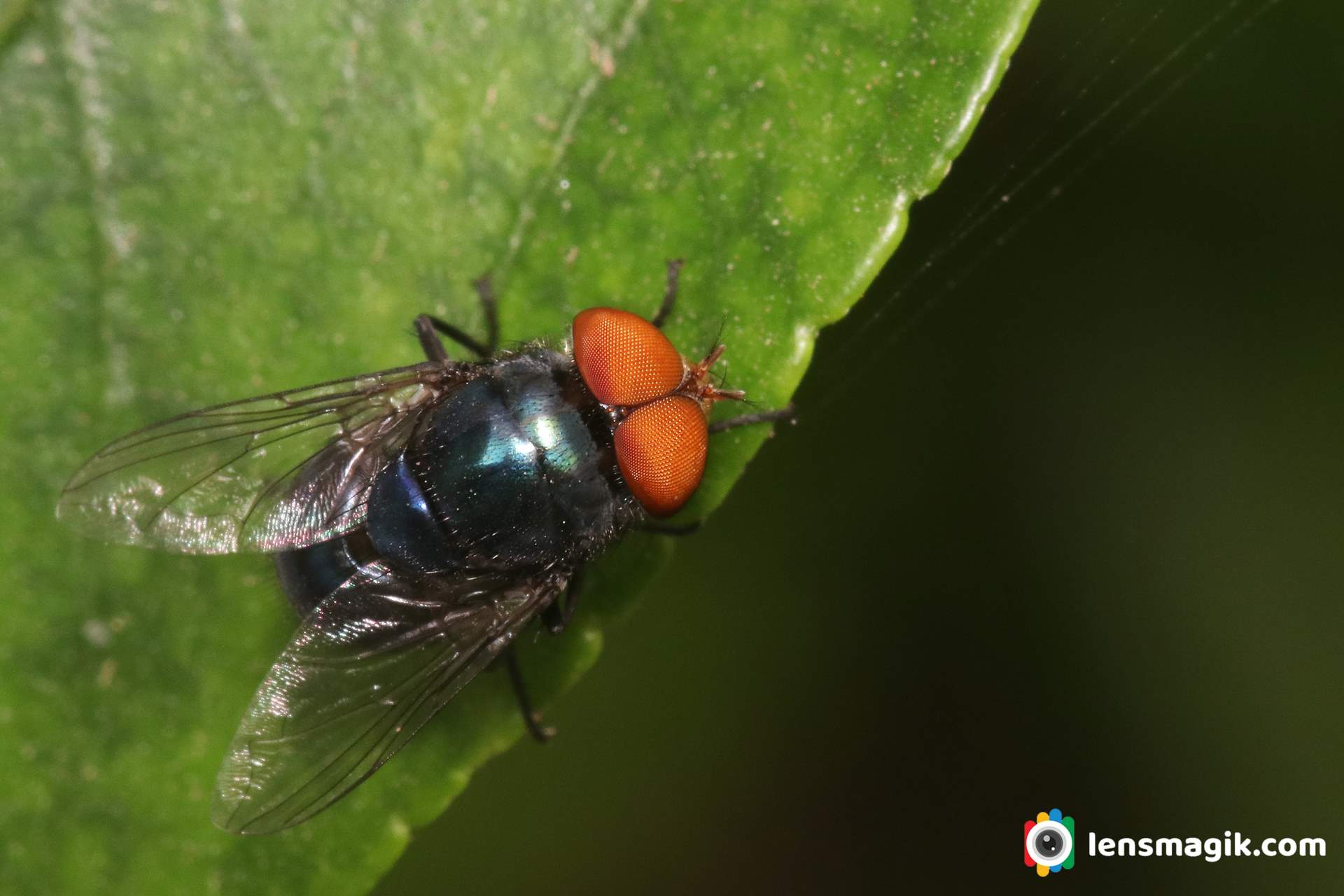
Things to know about Housefly :
- Female housefly mates only once and it store sperms to use it later on.
- It lays eggs on waste food or carrion and lays eggs in 100 of batches.
- After eggs they soon hatch into larvae which is known as maggot.
- After 3 larvael stage they turn into pupae about 8 mm. and then become housefly.
- Housefly generally lives 2 to 4 weeks.
- They feed different liquid, semi liquid substence. They can feed some solid meterials which can soften by housefly saliva.
- Houseflies process visual information 7 times faster than humans.
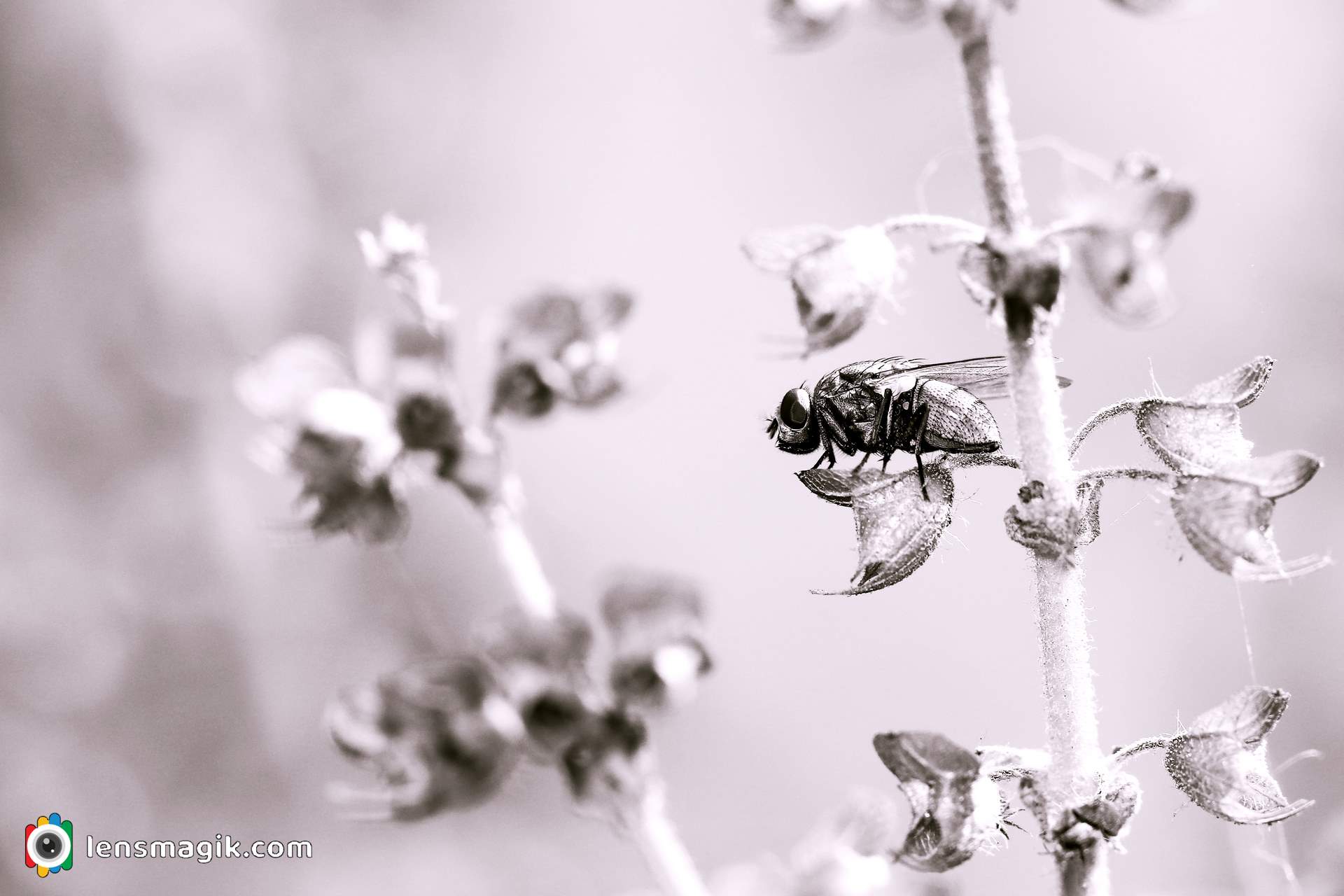
Life cycle of Housefly :
Female lays Eggs ----- after 1 day 1st instar larva ----- after 1 day 2nd instar larva ----- after 1 day 3rd instar larva ----- after 2 or 3 days Pupae/ pupa ----- after 3.5 to 4.5 days it turn into adult housefly
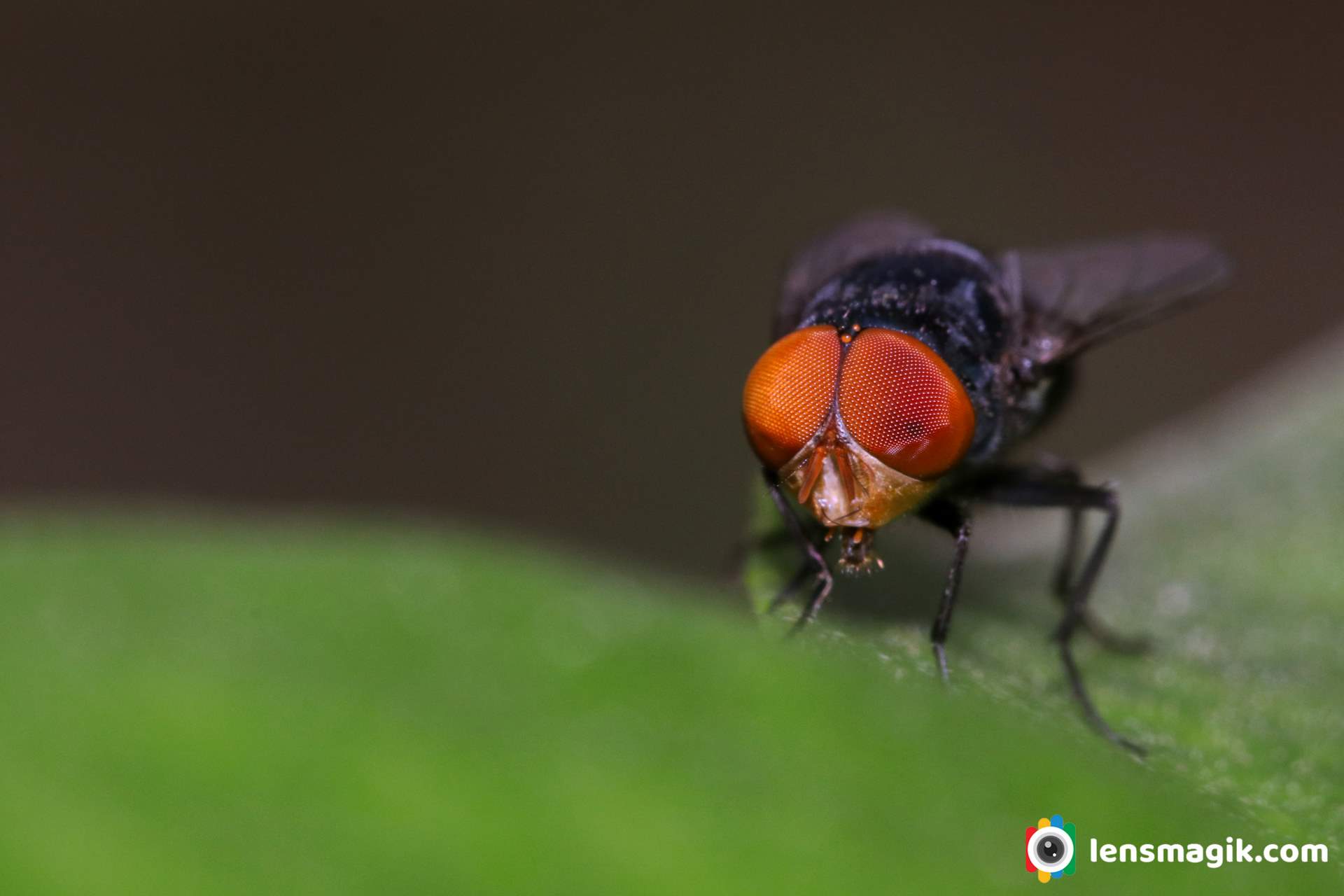
Housefly is very difficult to catch in your frame. Its flying speed is amazing so you can not catch them easily. You need to stable where housefly repeatatly came and sit. Wait for your shot on tripod or on handheld. Its all about timing. I generally use handheld shots. Also i use flash rarely when light is too low.
How to get rid of Housefly ?
The best spray for get rid of housefly is natural oil sprays like citronella oil, neem oil, peppermint oil, lemongrass oil etc. Get mixing these oils with alcohol or water and spray it in your house .
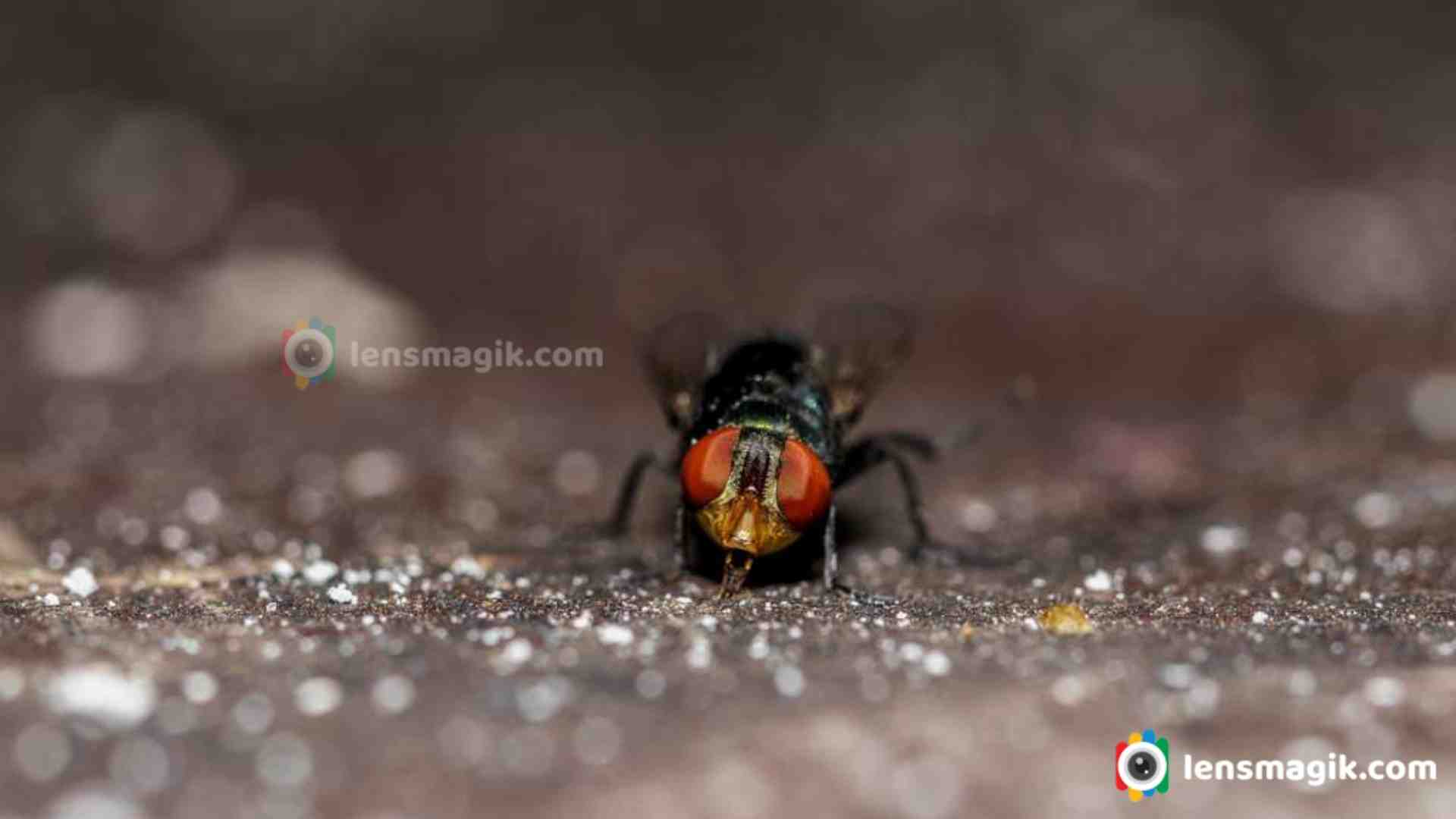
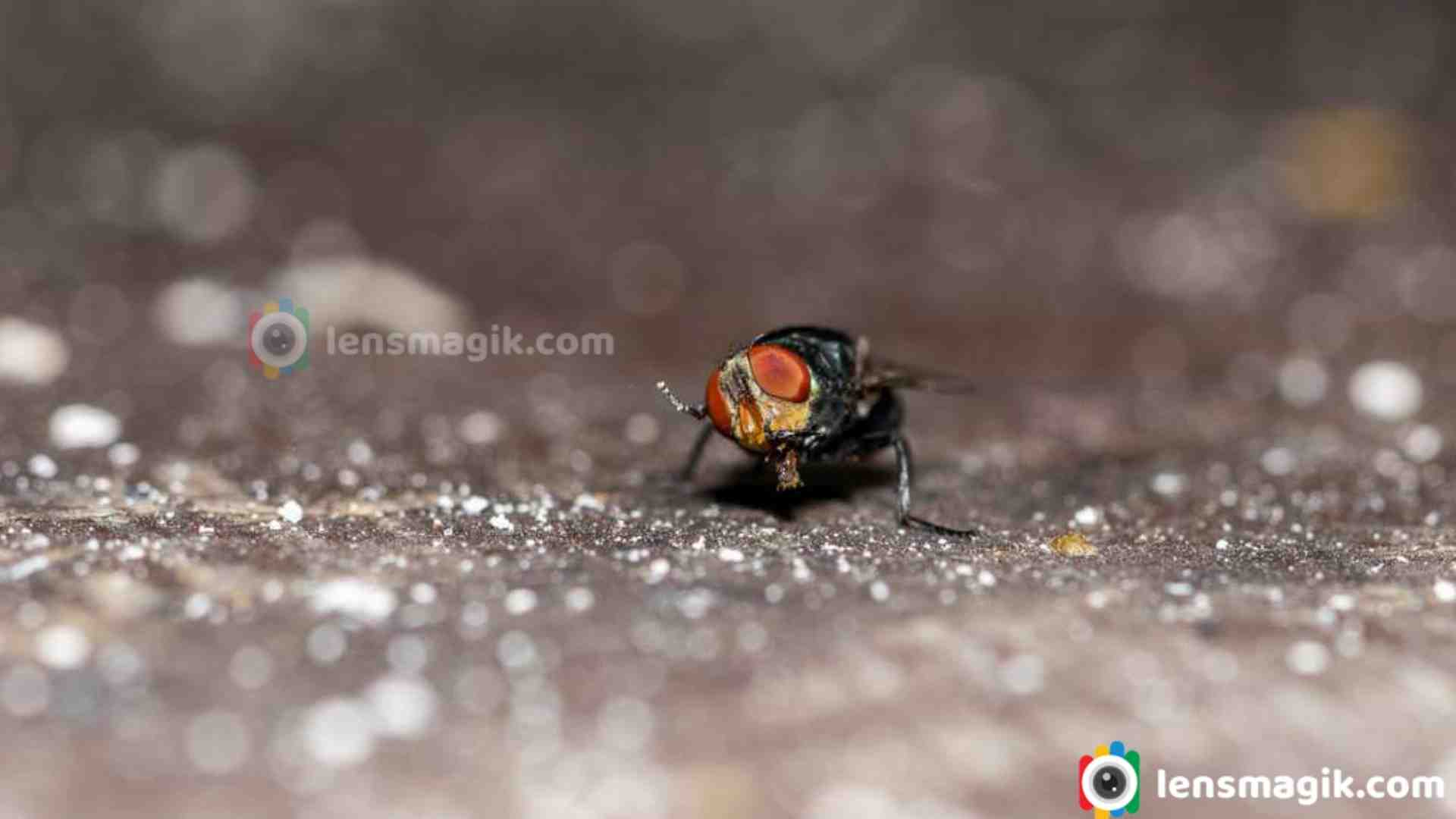
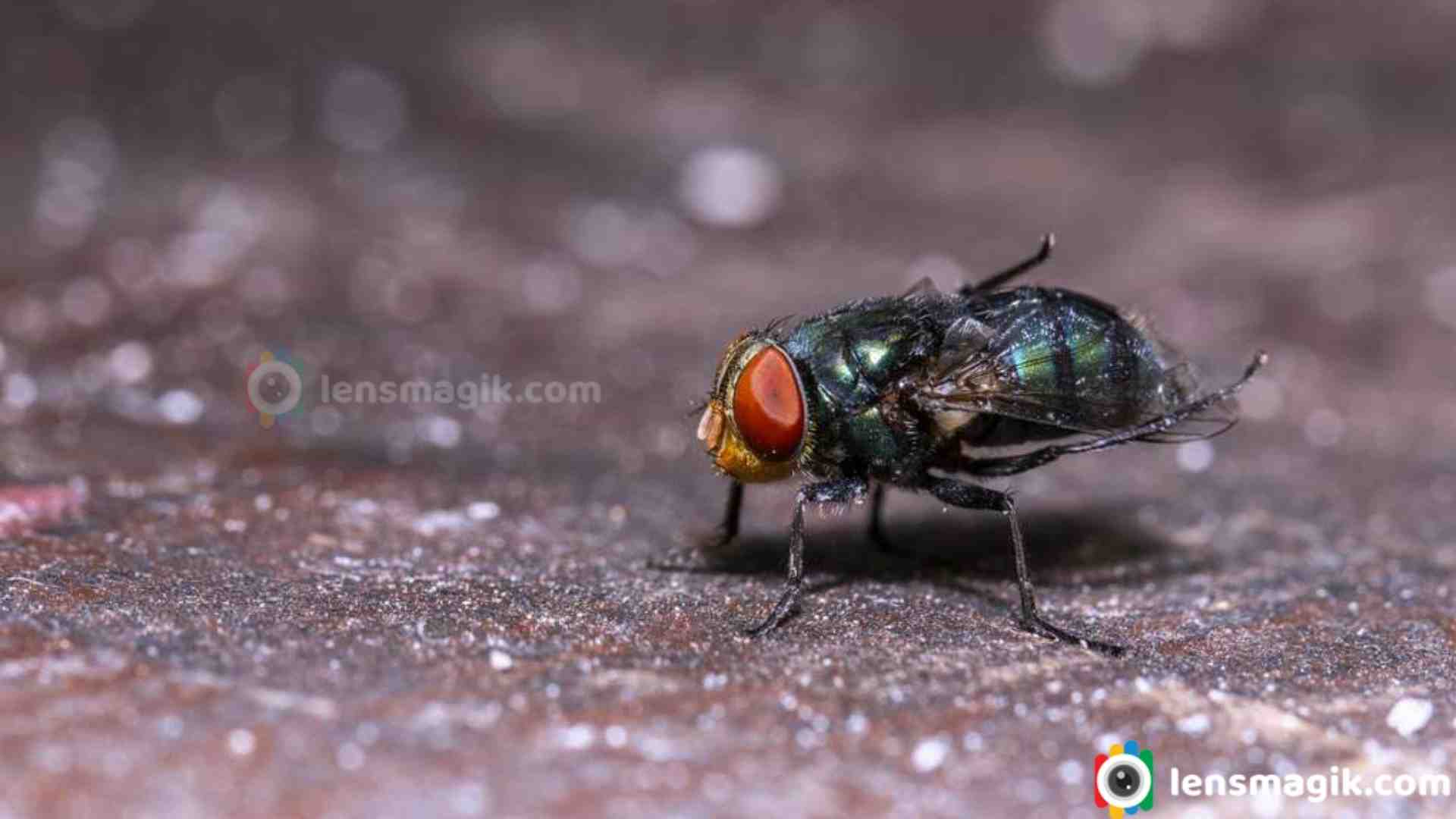
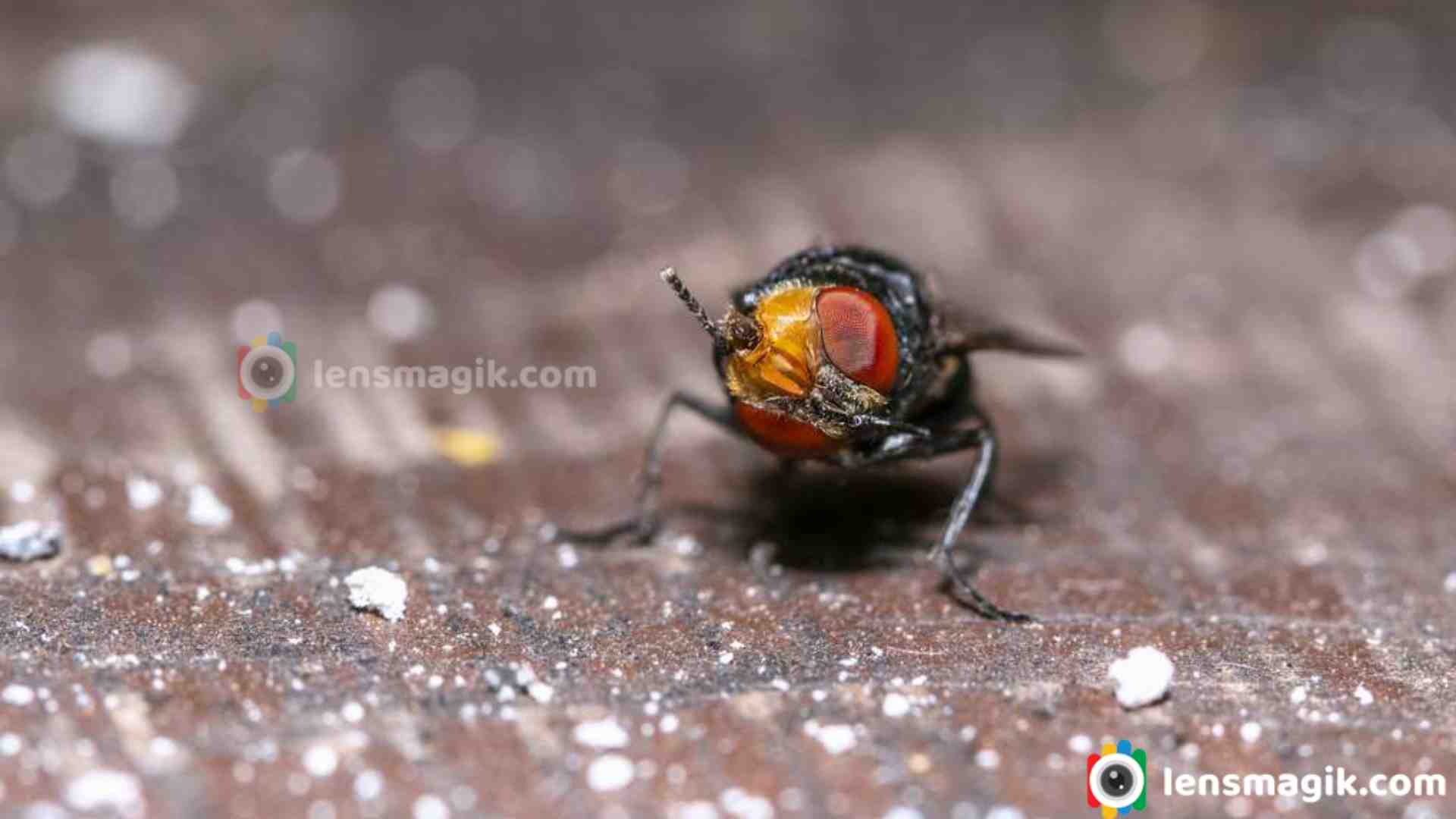
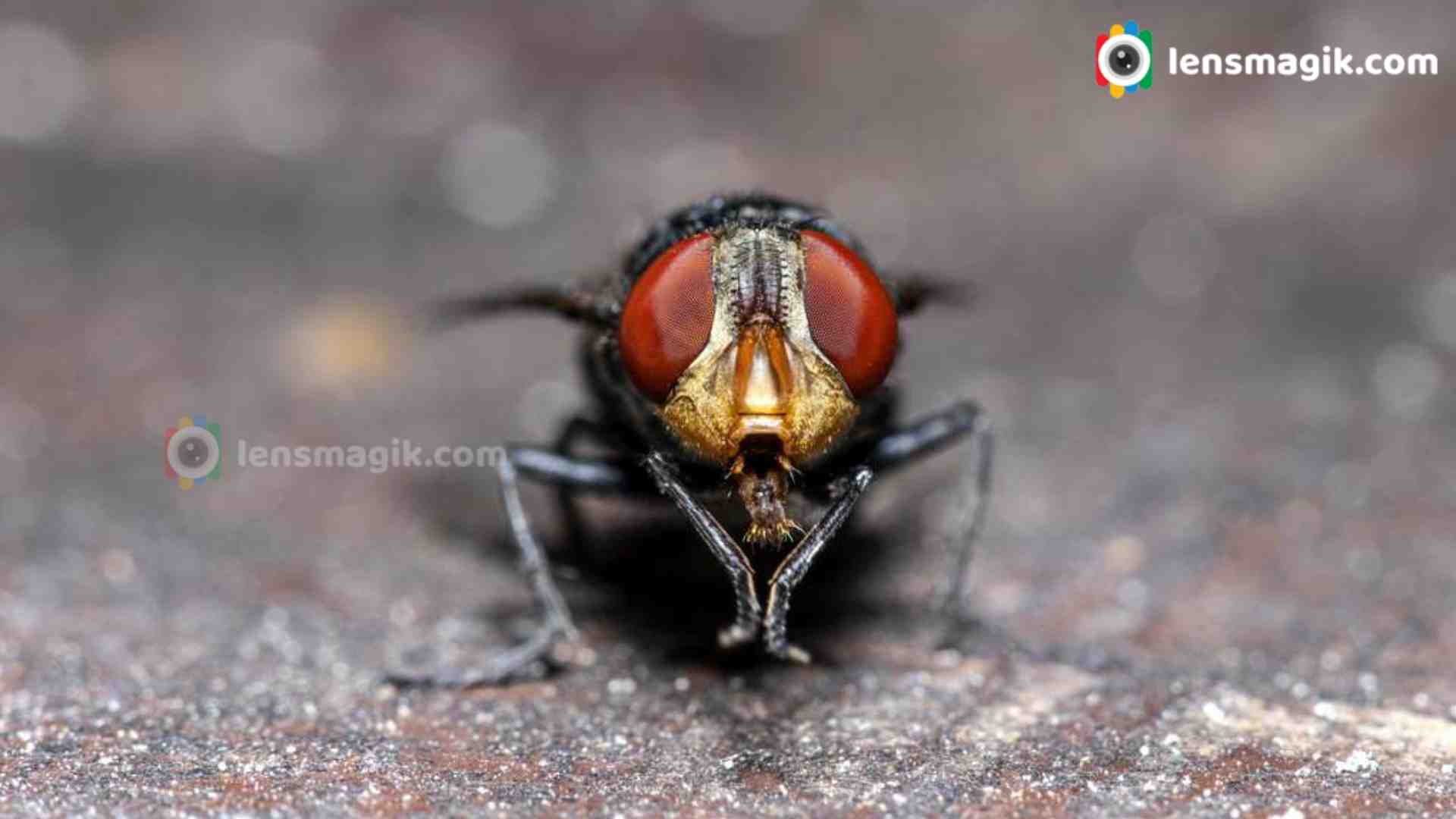
Gear Used : Canon 80 D , Canon 6 D , Canon 100 mm macro lens.
Read more
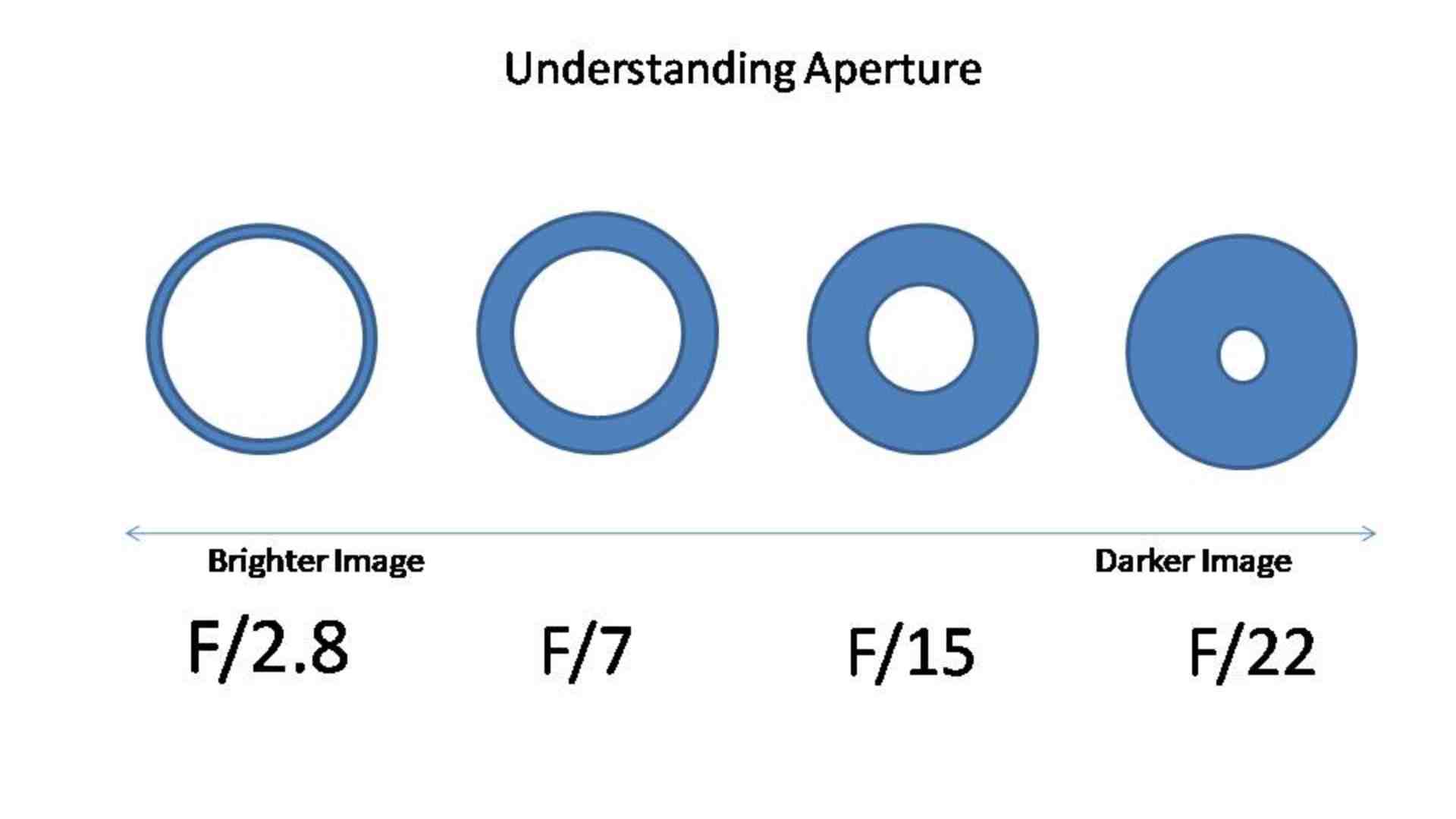
The F number or F stop means focal length of the lens or you can say that measure of light gathering ability of an optical system. F stop number in DSLR camera depends on the camera lens . It does not depends on Camera Body. Your camera lens has define minimum aperture value or F stop focal length on lens . F stop Number also prefer for light optimization and how much light you allow inside the sensor of the camera. Also F stop or Aperture low value and high value makes different in Image in focus parts. Low F / Aperture value like F/2.8 make sharp image only on focus part and rest part in blur and high F/ Aperture value like F/20 make sharp image all focus part . When you Increase and decrease the aperture value or F number in camera you might be increase and decrease in Shutter speed and as well as ISO too.
Understanding F number or Aperture with Shutter speed and ISO :
As shown in main image you can easily understand how aperture or F stop works . It shows that when you use wider aperture like F/2.8 the aperture is wider and more light comes through your lens so the image will be brighter when you use low aperture value. As opposite using high aperture like F/22 the light comes less through your lens and the images are darker. But the main difference in using F number is focus part. It means that when you use aperture at low like F/2.8 your focus image only be a sharp rest part of image will be blurred. And in F/22 your focus parts of images sharpen not blurred I will show you an example of that . But while using F number F/2.8 to F/22 you need to change ISO settings and also A shutter speed too.

As Shown in Above image you can easily understand how Aperture works with ISO and Shutter speed.
One image is taken with F/10, ISO -250 and Shutter speed 1/400 seconds . In that image you can see the subject clear and also other part of the image also clear in background in compare to other image.
The second image taken with F/2.8, ISO-250 and Shutter speed 1/ 5000 seconds. In that image you can see only subject is sharp rest image is blurred. But the changes i made to shutter speed increase because when i use wider aperture F/2.8 more light comes through lens and image will be more brighter so i increase my shutter speed.

Another example of Aperture is above image.
One image taken with F/2.8 , ISO-320 and shutter speed 1/2500 sec. In that image flower looks clear and rest of image looks blurry . The other image taken with F/20, ISO-1250 and shutter speed 1/250 sec. That image flower with plant leaves looks clear because i use F/20 but in that case i need to increase ISO and lower shutter speed. Increasing ISO may increase noise in your image so if it is not necessary then don't boost ISO use only shutter speed if passible.
Some Facts to know about Aperture or F stop :
- F number decides how much your photo in focus
- Lower F number makes image Brighter
- Higher F number makes image Darker
- Aperture depends on your lens
- Different lens have different aperture value.
- To increase and decrease your aperture value you need to adjust ISO and Shutter speed as per subject and light.
I use Canon 100 mm lens for both above image with canon 80D camera body. Canon 100 mm macro lens has F/2.8 minimum aperture value. All lenses have different minimum and maximum aperture value. ISO and shutter speed depends on your camera Body. Some Camera body support High ISO with low noise too.
Read more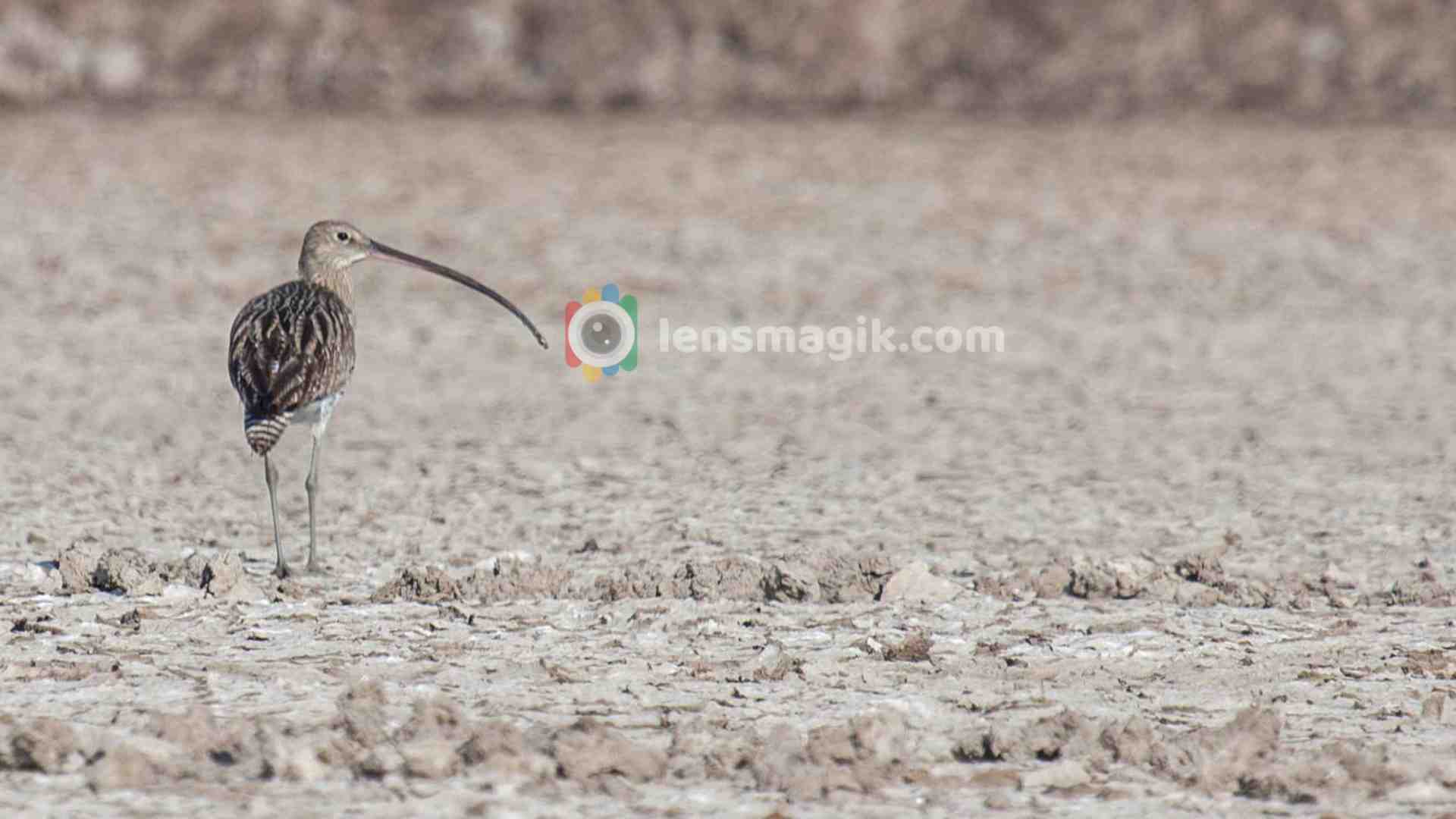
Eurasian Curlew is also known as a Common Curlew. It is a large wader bird in family Scolopacidae. During winter it found in Africa, South Asia and southern Europe areas. In Gujarat it is found in Little rann of kutch and Great Rann of Kutch areas. I found it at Little rann of kutch during morning safari. It was first recorded in 1377 in Langland. It is found near to scrubby riverbeds , groves and thorn forests. Eurasian Curlew is restricted to Bhutan, Bangladesh, India, Myanmar, Nepal, Shri Lanka, Thailand and Vietnam.
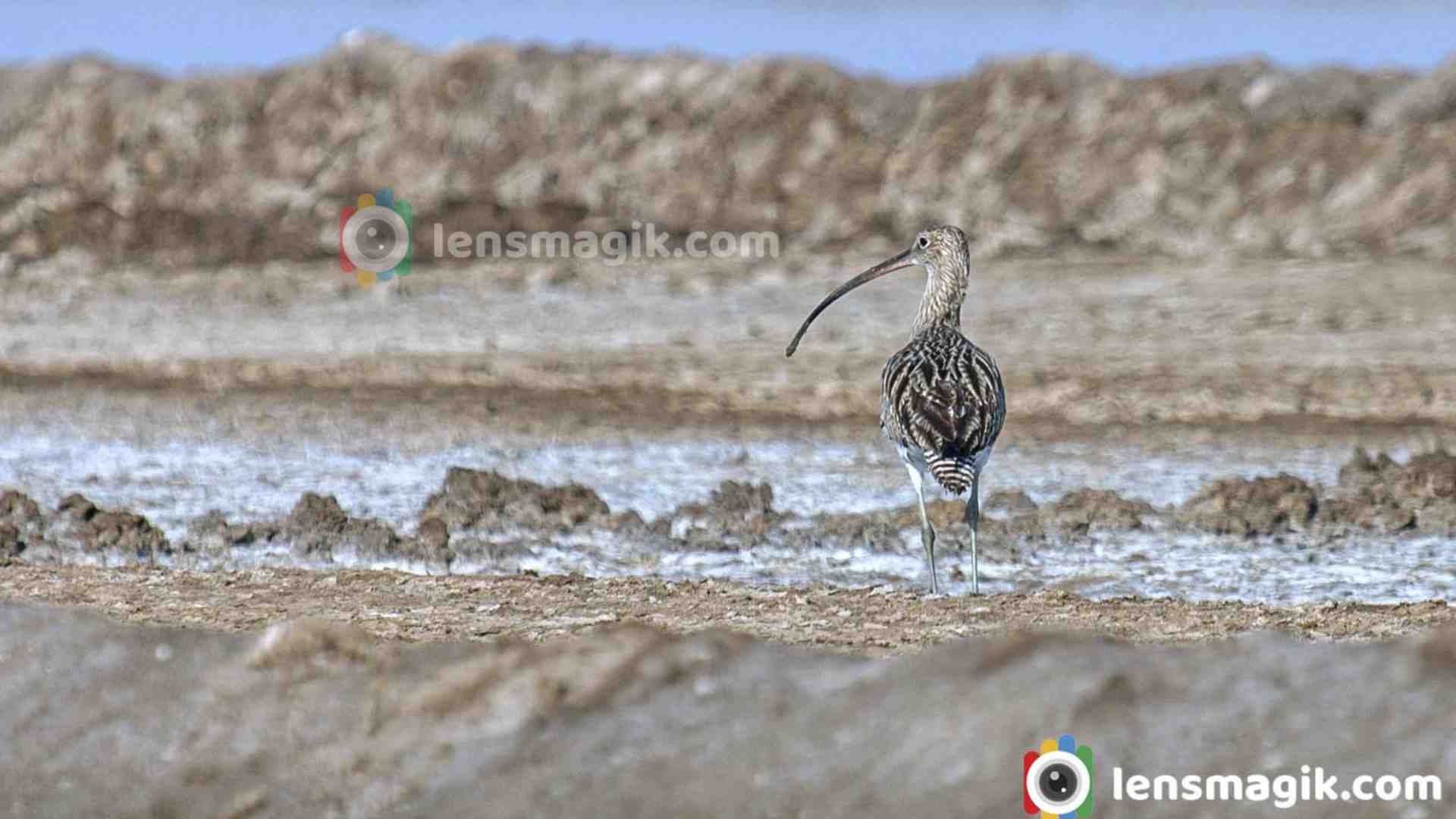
Facts about Eurasian Curlew :
- Eurasian Curlew is the largest wader in its range.
- Its length is around 50-60 cm . Wingspan is around 90-105 cm. Weight of Eurasian Curlew is around 400 - 1350 gm approx.
- Its color is mainly greyish brown, greyish blue leg, white back and a very long and curve bill .
- The bill is the longest in adult female than male.
- Eurasian curlew lay 4 eggs and generally lay in april or may. They incubate eggs about a month.
- It has been found that eurasian curlew built their nest near to Common Kestrel nest for protecting from Predators.
- Eurasian curlew feed small invertebrates and crabs, earthworms too.
- The population of Eurasian Curlew is declining in very huge rate. It is now in the Nearest Threatened list in IUCN list in 2008.
- In last 25 years eurasian curlew population decline 50% in England and Scotland and 90% in Ireland .
Eurasian Curlew is a migratory bird in Gujarat during winter season. It is found in Little Rann of Kutch during november to march . Little rann of kutch is also famous for migratory raptors and eagles. Also lots of birds like Greater Flamingo, Falcons, Eagles, Pelicans, Short Eared Owl, Desert Fox and a Wild Ass . Indian Wild ass is found only in Gujarat in Kutch area. The little rann of kutch land is dry during summer and after monsoon it is muddy.
Camera used : Canon 6D, Canon 100-400 mm lens
How to Reach LRK : Little rann of kutch is around 100 -120 km from Ahmedabad.
Read moreHoopoe is a colorful bird.It found in Asia, Europe, Africa etc. The genus name is Upupa Epops. Upupa epops are Latin names. The hoopoe requires light vegetated ground such as trees,cliffs, walls and nest boxes. These types of environment found easily everywhere. Its a medium size bird. For habitat and distribution Hoopoe bird is distributed all around in Asia, Europe and North Africa and easily found. For breeding hoopoe bird found wormer areas. It is also called as Eurasian Hoopoe bird too . In Gujarat it found at many farm outskirts and also at Thol Bird Sanctuary, Nal Sarovar , Velavdar and many more areas.
Physical features of Eurasian Hoopoe Bird :
- Hoopoe bird is a small size bird. Its weight is around 45-90gms .
- Size of common hoopoe is around 25-32 cm. and 44-48 cm with wingspwan.
- Its wings are round and broad so hoopoe bird can flight strong.
- The beak of hoopoe bird is as long as woodpecker.
- Body color is light and black strips.
- A most beautiful thing about hoopoe is Crown of Feather on its head. That makes hoopoe special.
- Hoopoe bird call is Hoo-Hoo-Hoo .
Some interesting facts about Common Hoopoe Bird:
- Hoopoe bird is selected as a National Bird of Israel in 2008.
- Hoopoe eats insects and pests which damage to agriculture and forest land. So Hoopoe is very helpful to save forest and agriculture land as it protect from such insects and pests.
- Interesting thing about hoopoe is it like to take a bath in sun and dust.
- Hoopoe bird average lifespan is 10 years.
- Hoopoe bird can easily approached while they are eating and they didn't notice anyone around it. So that is the best time to get closer to hoopoe bird and get good Hoopoe bird images.
- Hoopoe bird also noted at Mt. Everest.
About Thol Lake :
Thol bird sanctuary is located near Thol Village so its called Thol Bird Sanctuary. The village Thol located in Kadi Taluka and Mehsana District of Gujarat. Area of Thol Lake is around approx 7 km square. Thol is generally known for migratory birds found here. During November to March there are lots of migratory birds came here. More than 150-200 spices of different types of birds including migratory and residence are found here. May be my figure is not actual but its seems to near it. Most attractions of Thol Lake is Flamingo bird, Pelican Bird, Bar headed Goose, Cranes and also huge number of Duck spices. Best time to visit Thol lake is winter From November to March. Best time to reach is early morning before sunrise is good. You can see the beautiful sunrise with lovely sky colors and Birds with it.
I got good and very close sharp Common Hoopoe bird or Eurasian Hoopoe bird images
Nearest city to Thol Lake is Ahmadabad about 25 km approx.
Gear Used : Canon 1000 D, Canon 55-250 mm lens, Canon 6 D , Canon 100-400 mm lens
Read more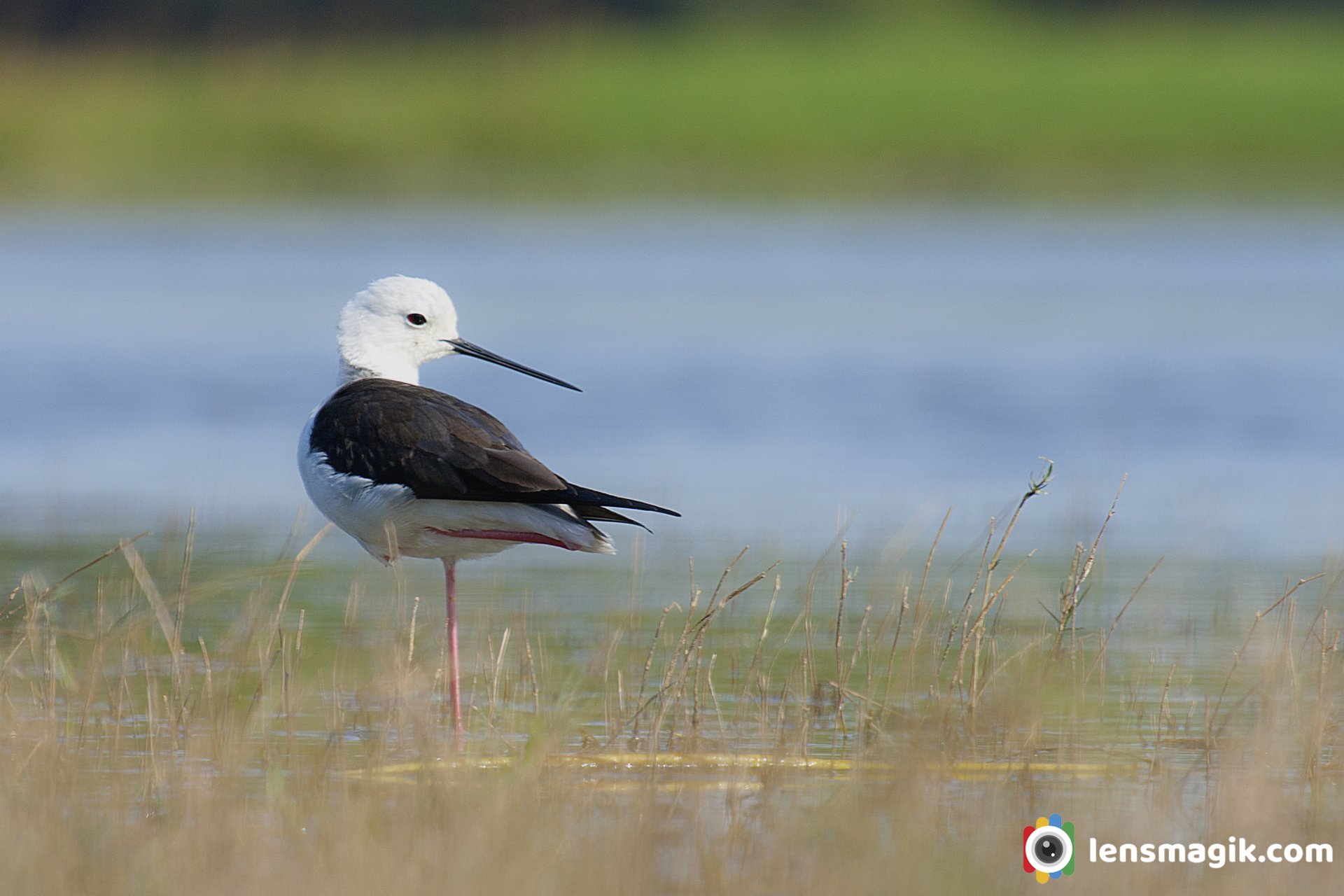
Black Winged Stilt is a wader bird from stilt family. It is widlely distributed bird in Aisa, Africa, Europe. The scientific name of Black winged stilt is Himantopus . In Gujarat it is widely found in low water wetlands and some ponds and farms. Black winged stilt widely found in Thol Bird Sanctuary, Nalsarovar Sanctuary and their ourskirts. It is black and white bird with long legs and small in size. Not too small but medium size like Black Tailed Godwit bird.
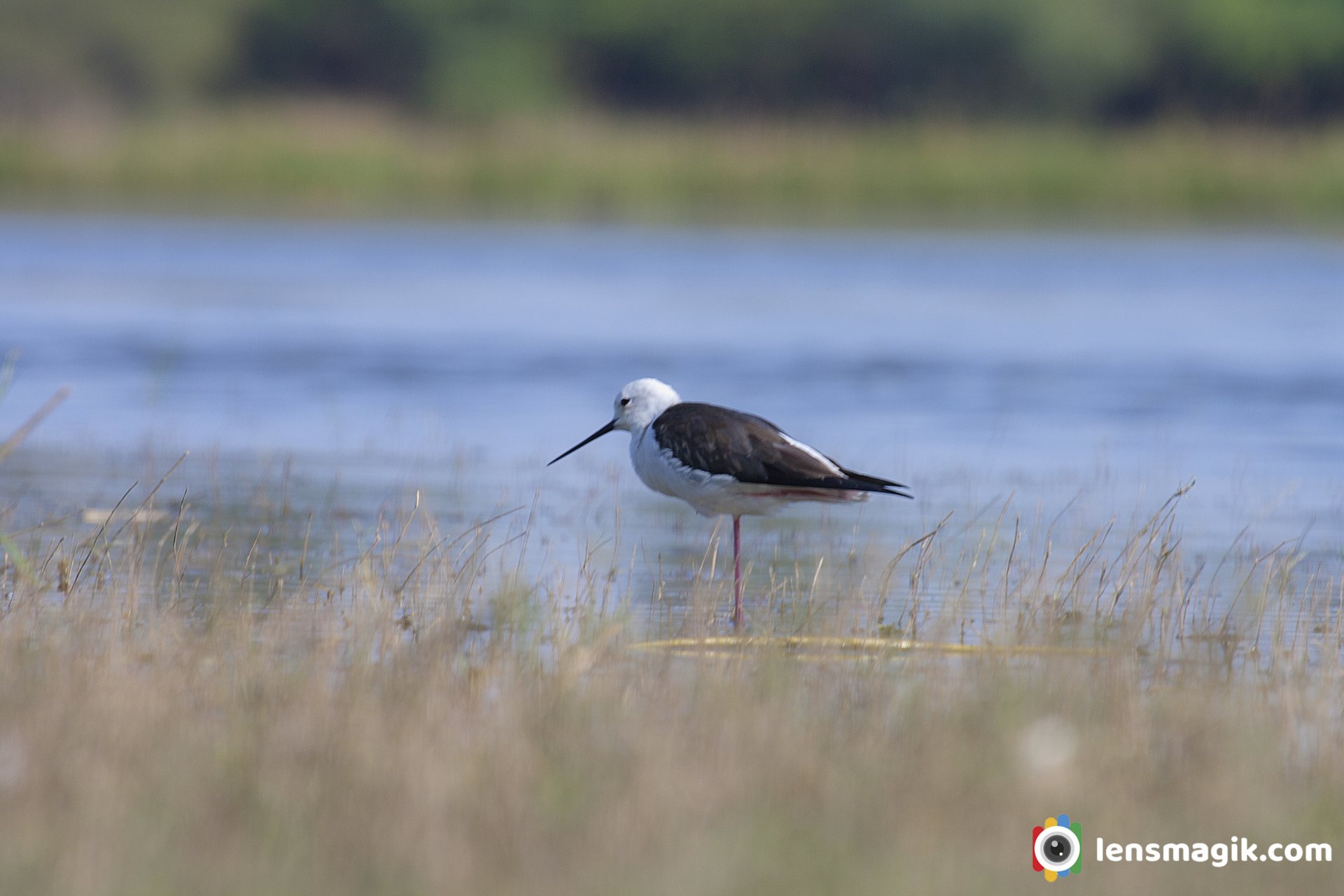
About Black Winged Stilt Bird :
- Black Winged Stilt bird size 32-36 cm for adult.
- They have long and thin black bill.
- Black winged stilt legs are pink in color and also long too.
- Black winged stilt head is white in color and neak is black in varying.
- Male has black back and greenish glow and female has brown hue.
- It has 5-7 subspices and sometime it reffered as Common stilt.
- Black winged stilt breeds in small pond, lakes, marshes.
- Black winged stilt eat mainly insects.
- Black winged stilt pick their food from water or sand.
- It built nest near water and easily spotted. Also built nest in small group. Sometimes built nest with Avocets.
- Black Winged stilt is one of the spices to which the agreement on the conservation of African Eurasian migratory water birds.
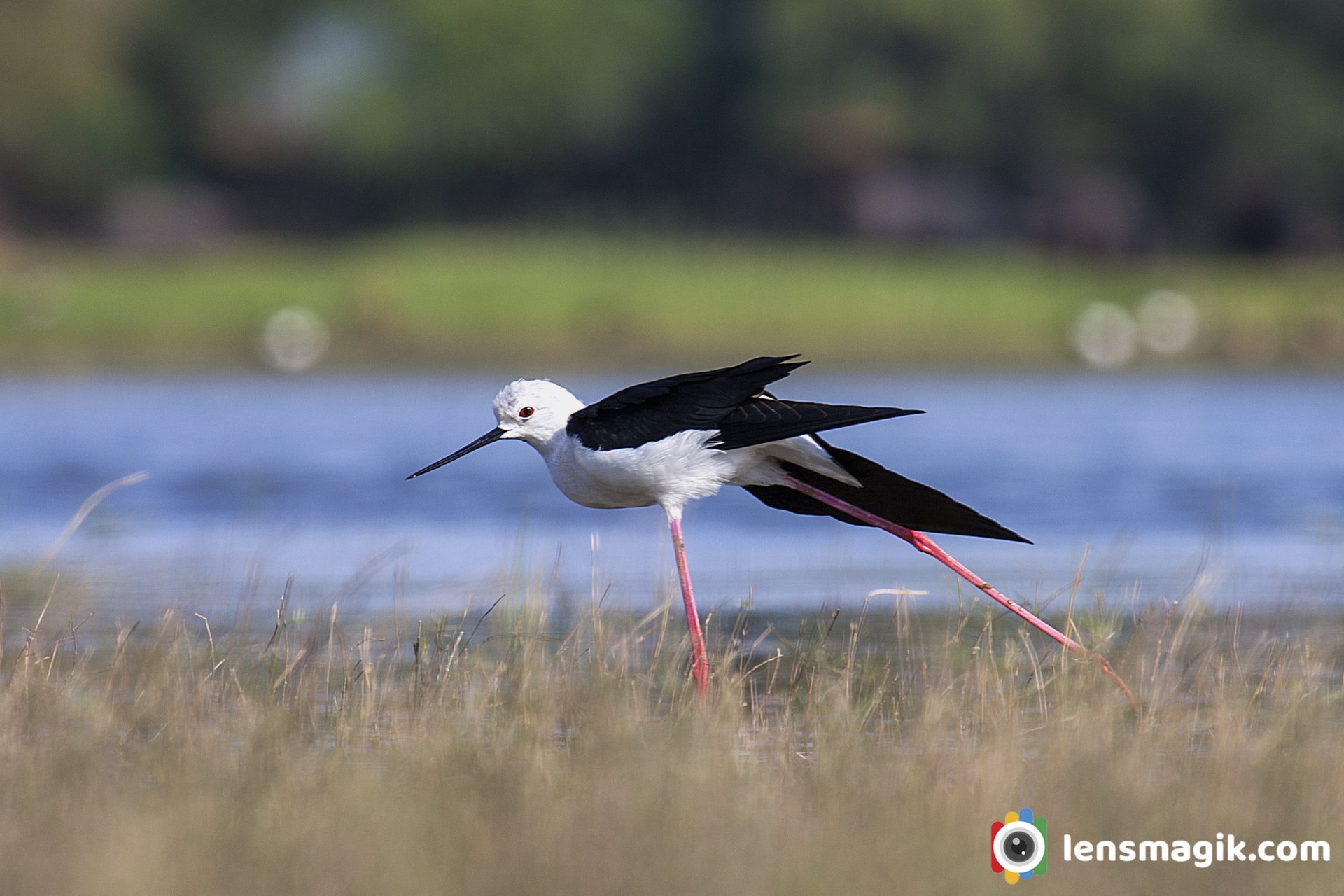
Thol Bird sanctuary is located near Thol village in Sanand. It is really good place for bird watchers. In Thol Lake you can find waders, large birds, tree birds, migratory birds, resident birds etc. Also more than 150 spices as per my knowledge may be more numbers found here. Also Migratory birds are most attractions of Thol Lake during Winter. In migratory birds most found Flamingos, Pelicans, Bar Headed Goose, Sarus Crane, Demoiselle Crane, Grey legged Goose, Pied Avocets etc.
Lits of Migratory birds At Thol Lake :
- Flamingos
- Great White Pelicans
- Bar Headed Goose and Grey heded Goose
- Ducks
- Spoonbills
- Sarus Cranes and Demoiselle Cranes
- Eagles
- Mallard
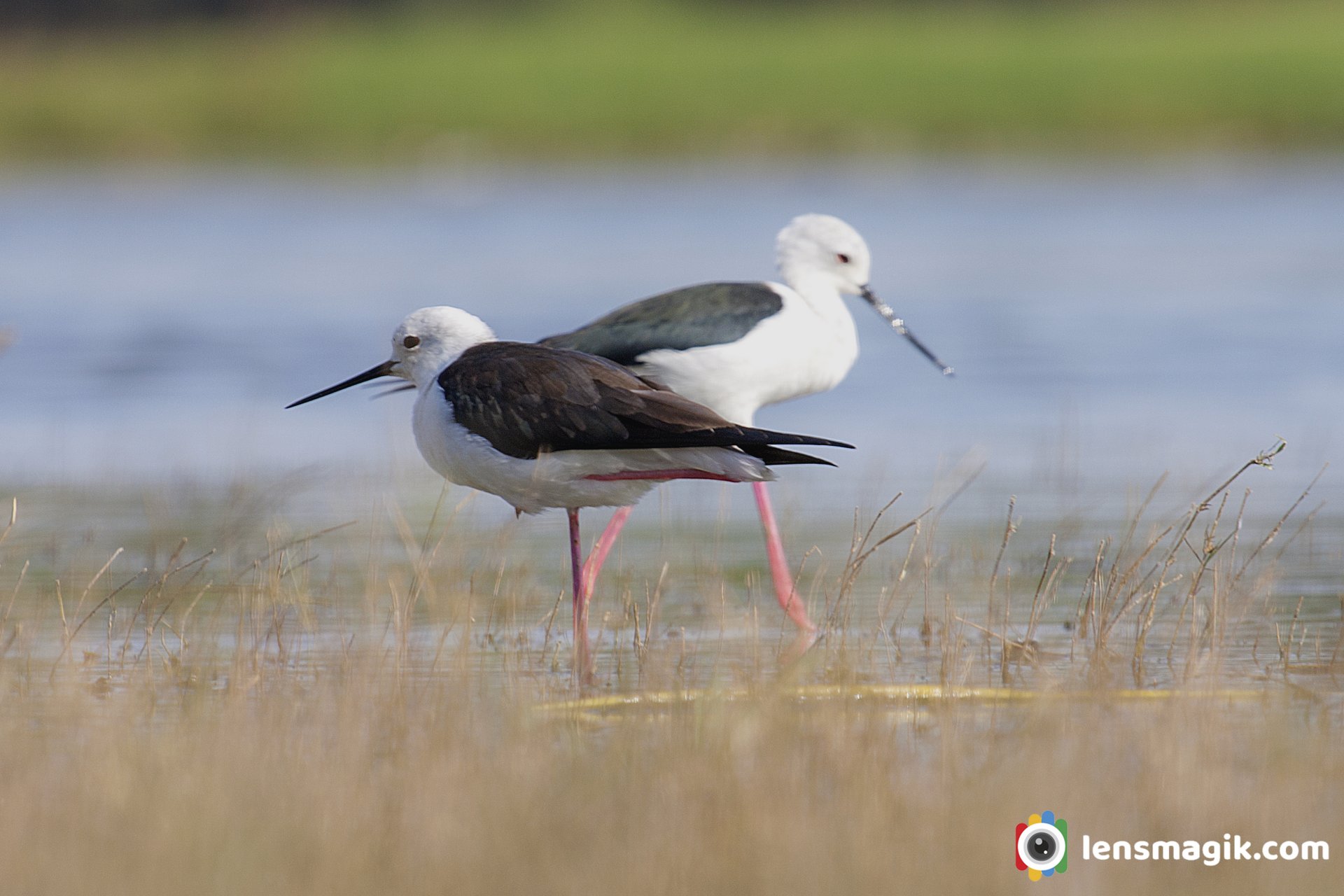
Best Time to Visit Thol Sanctuary :
Well for birding winter is the best time for Thol Bird Sanctuary. If you want day out then any time is better for thol except monsoon. There are lots of birds stay througout year in Thol lake. In winter lots of Migratory birds are most attractions of Thol Sanctuary. From November to March is the best time to visit Thol Lake.
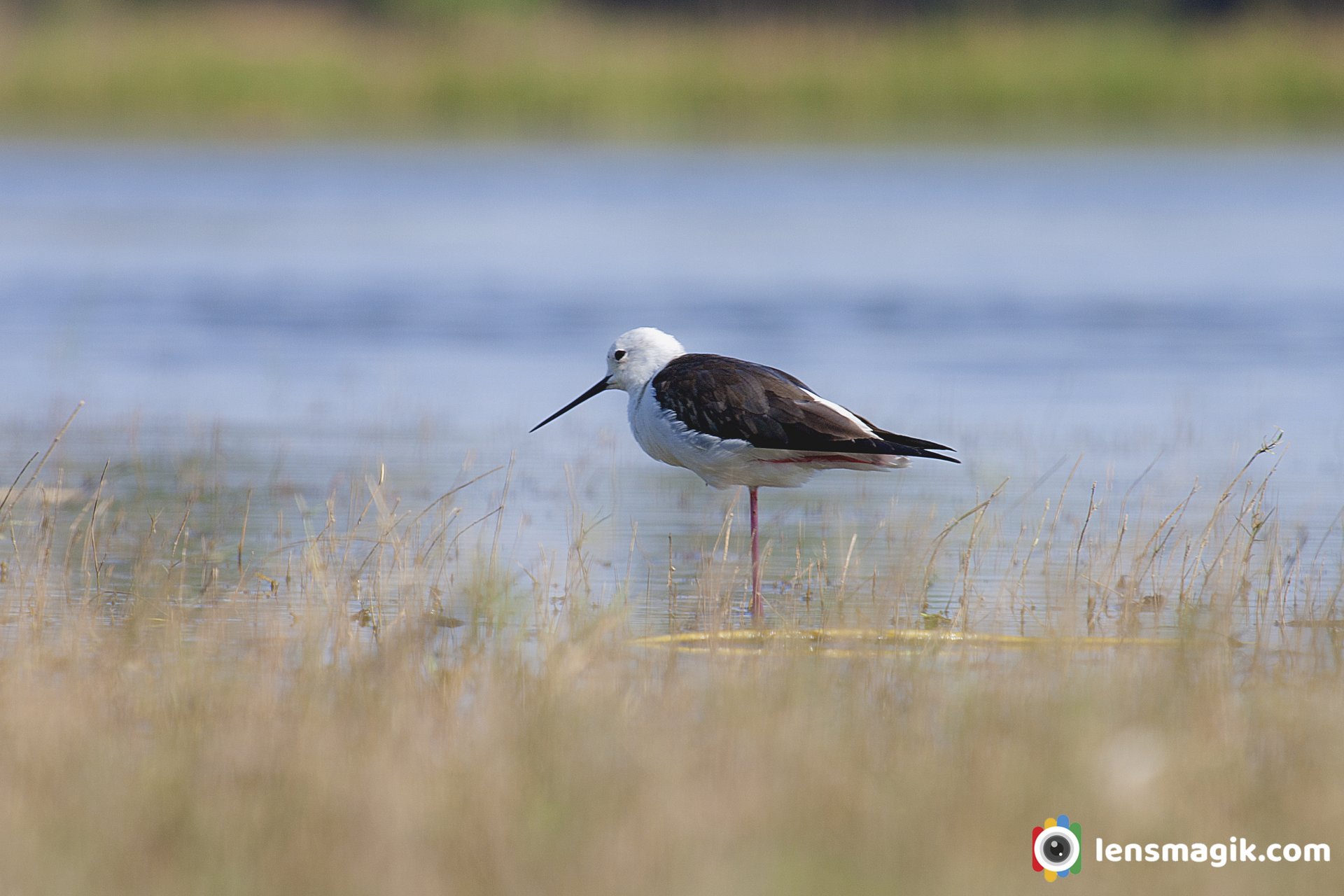
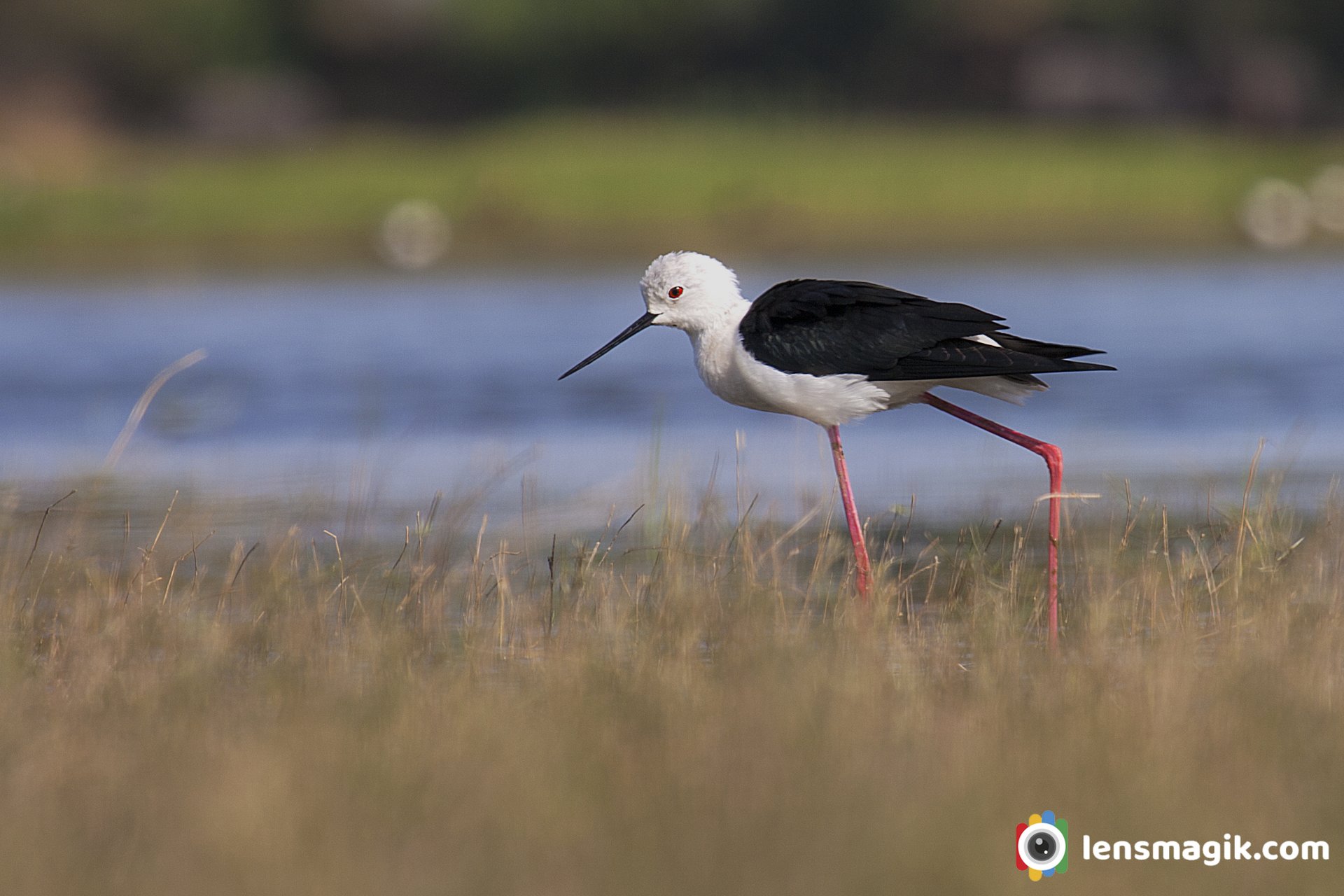
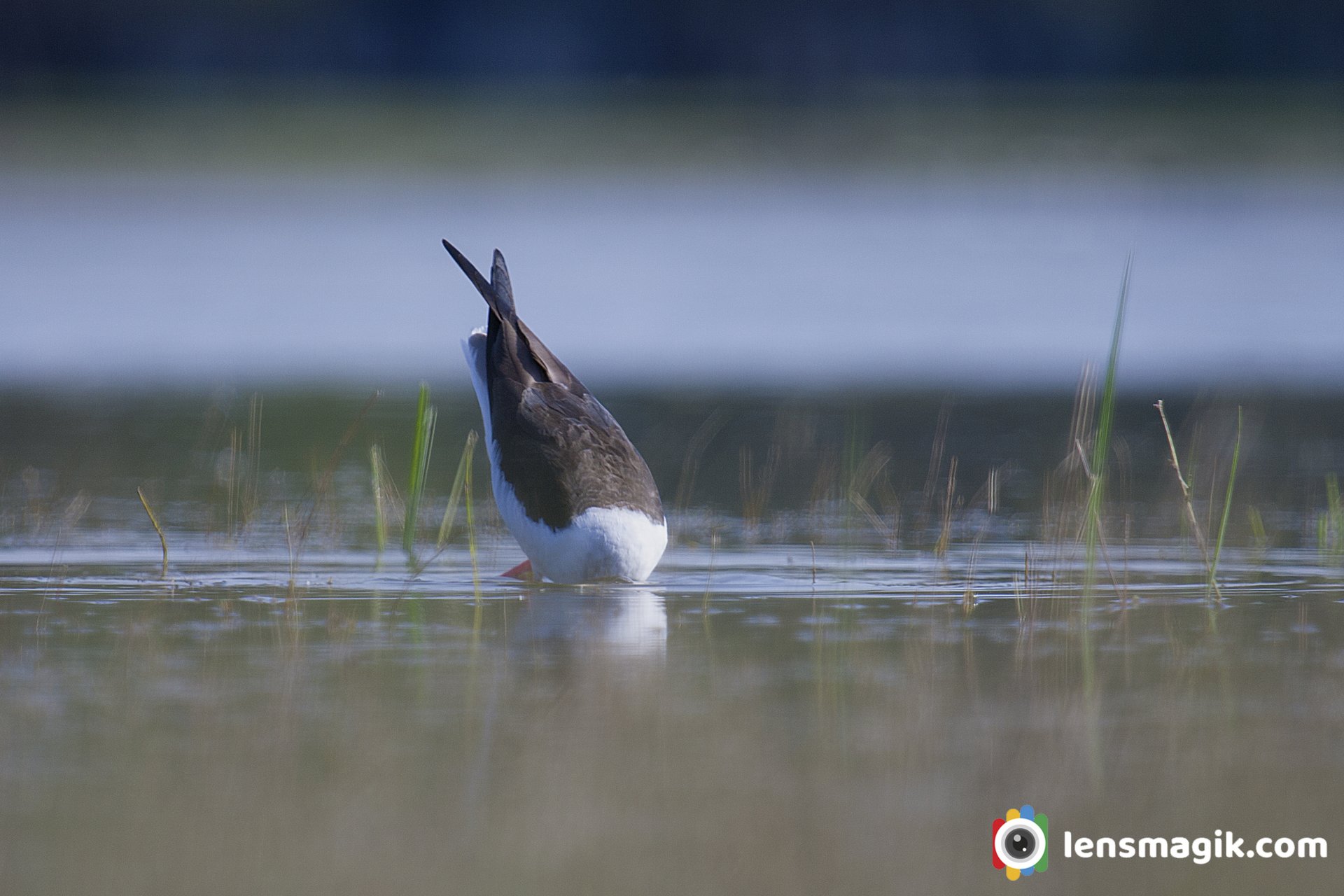
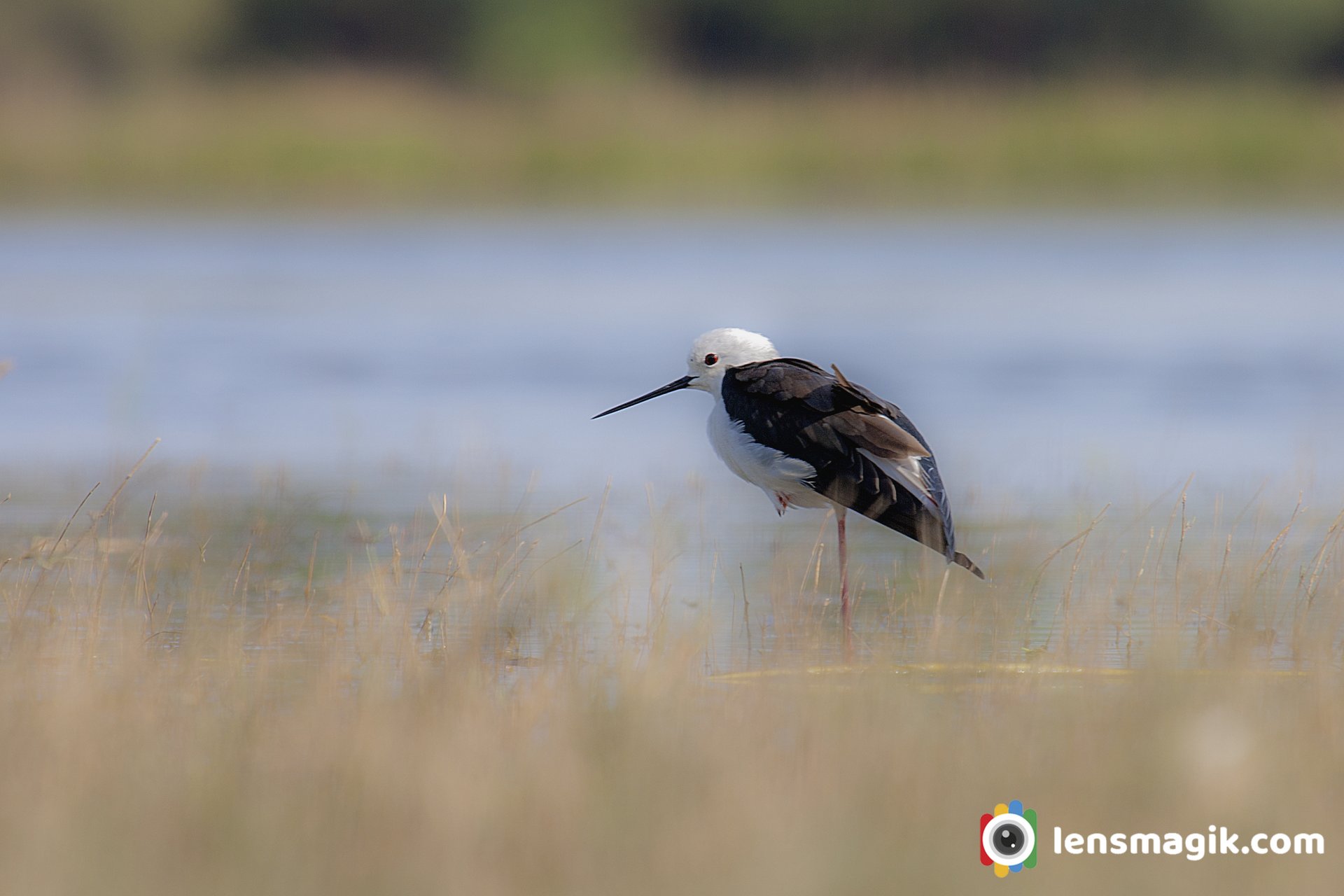
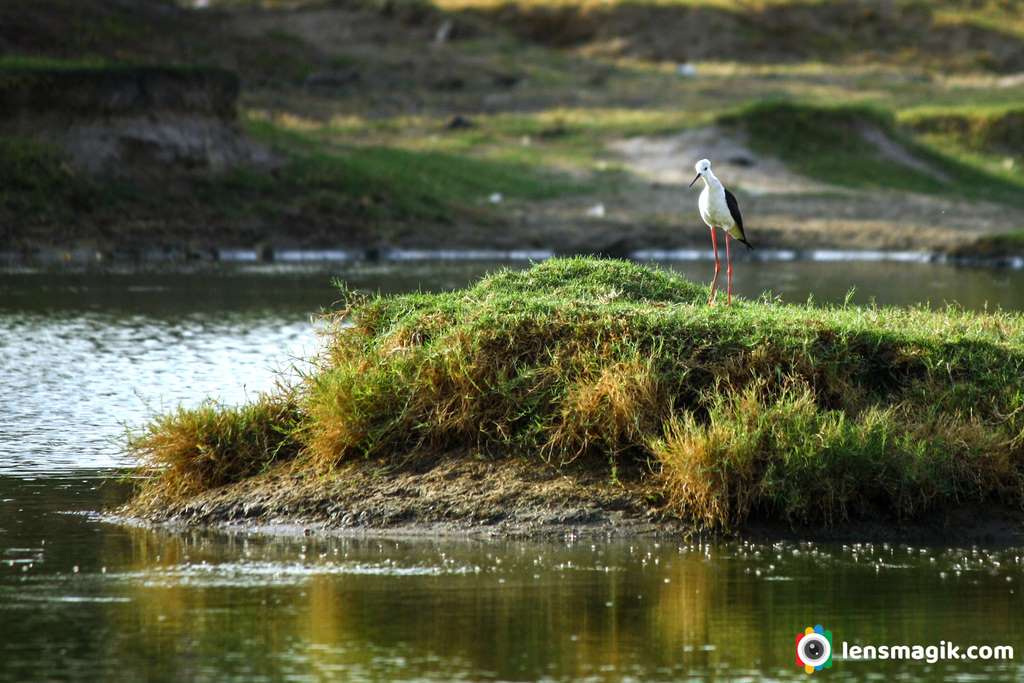
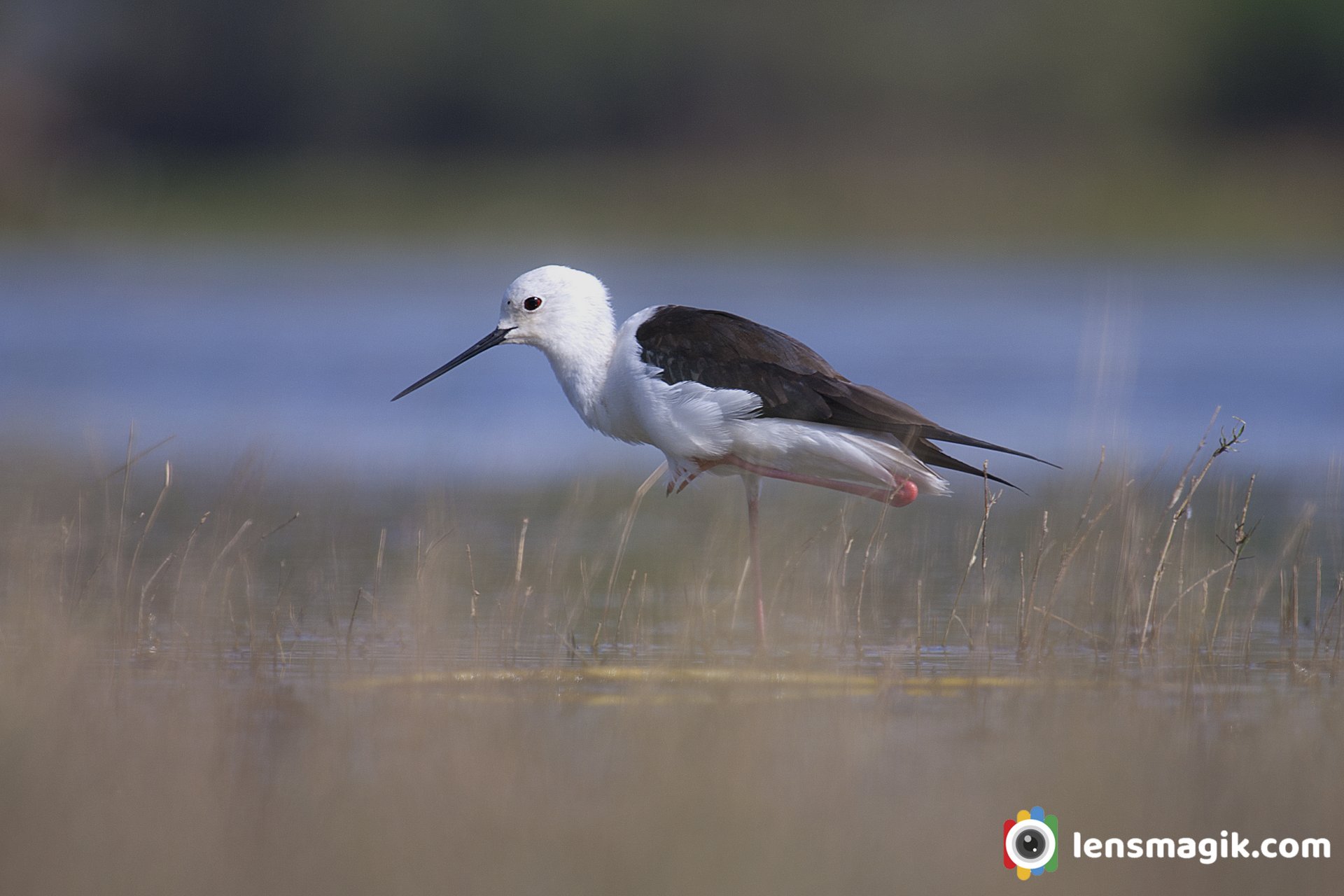
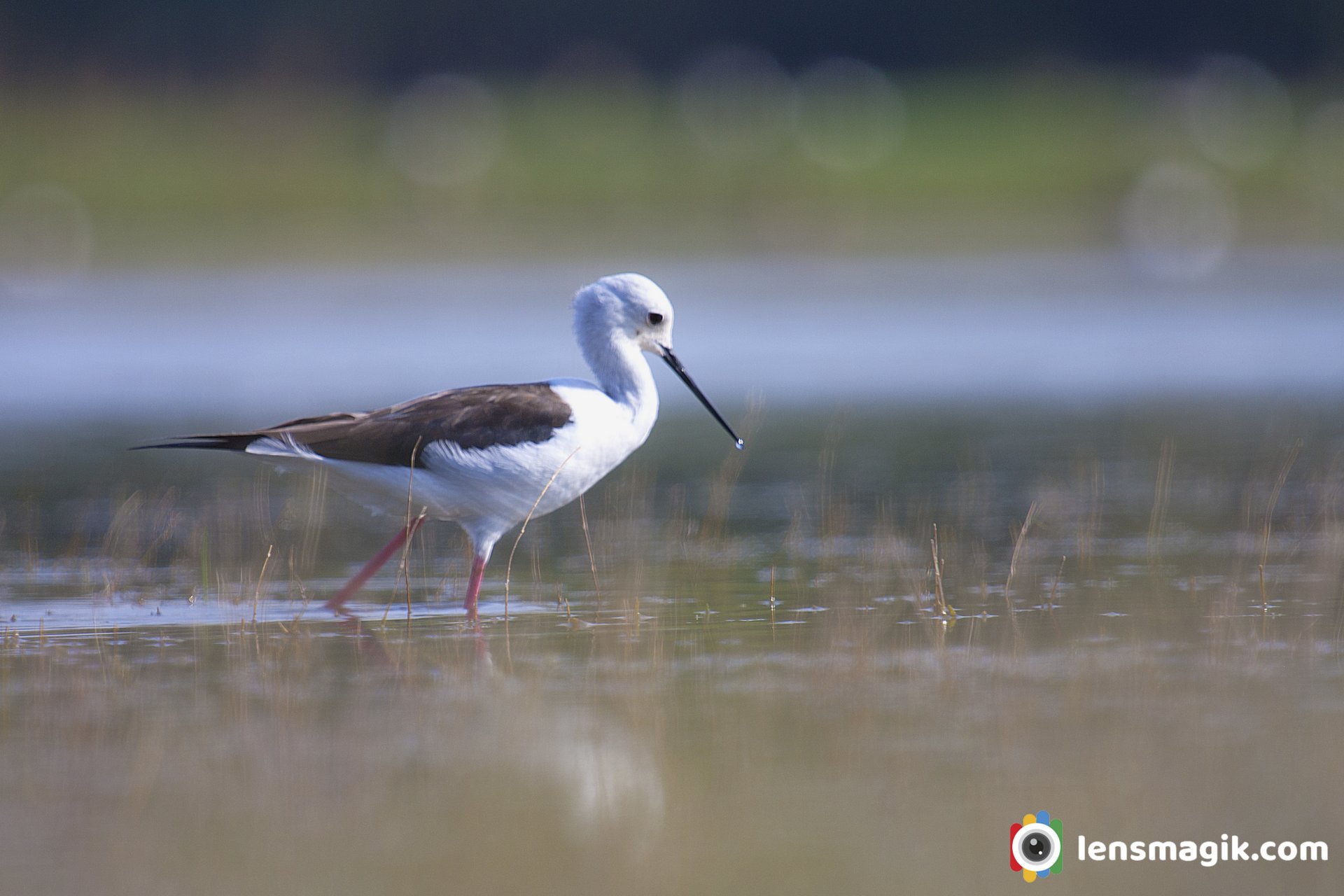
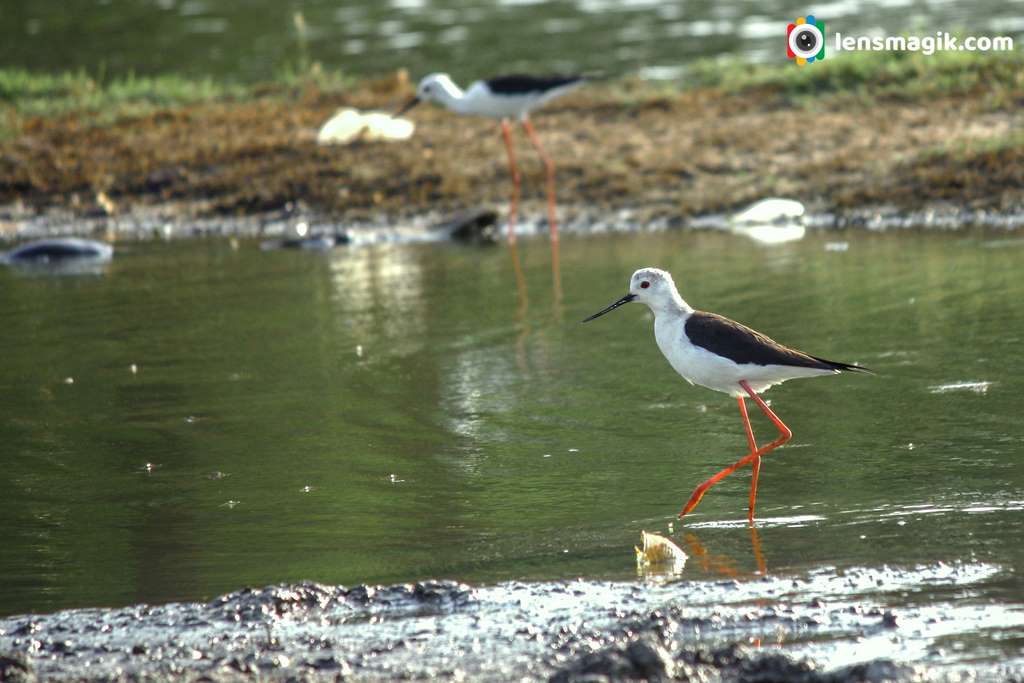
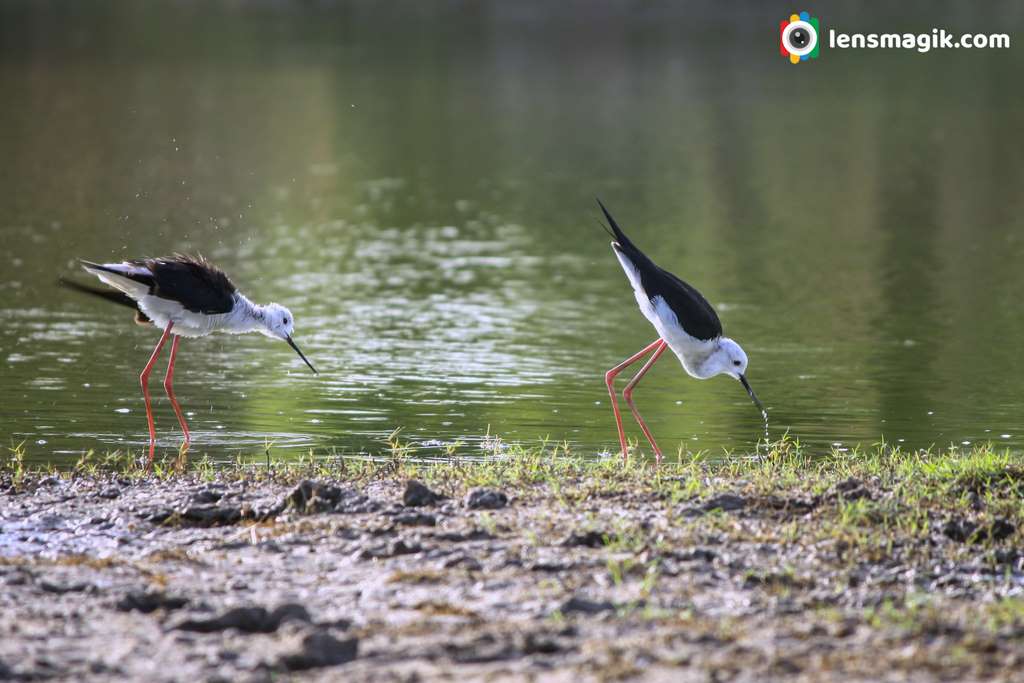
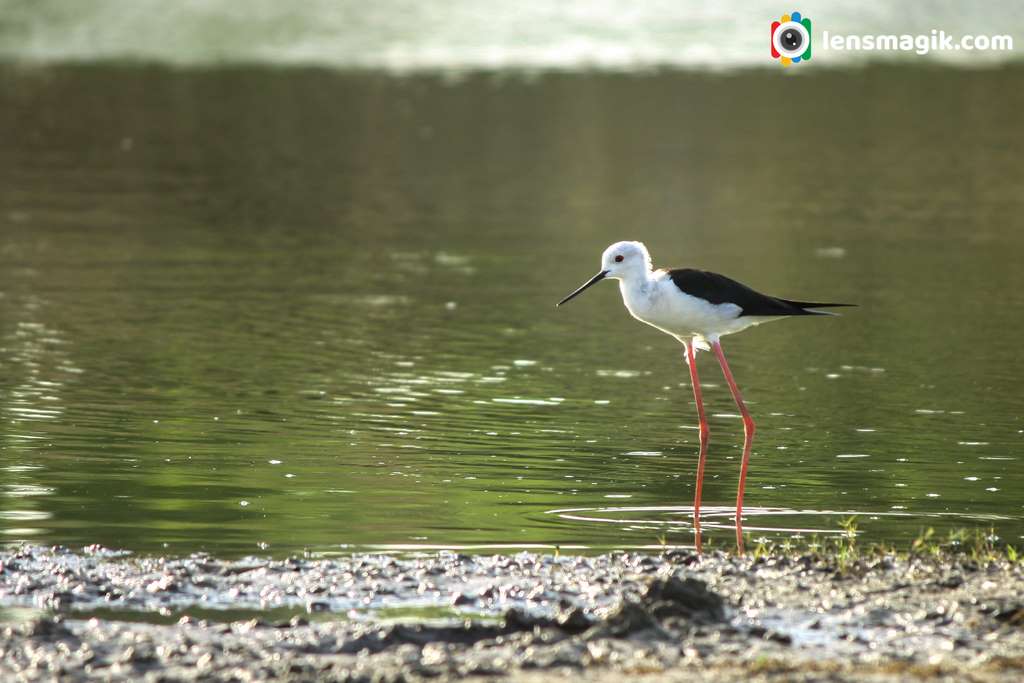
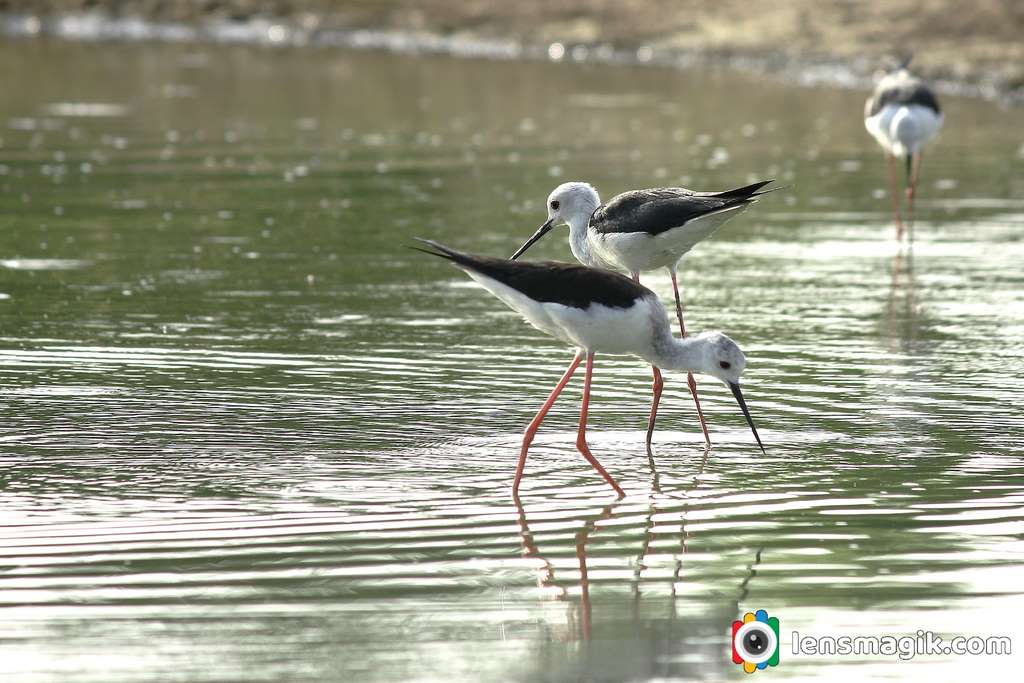
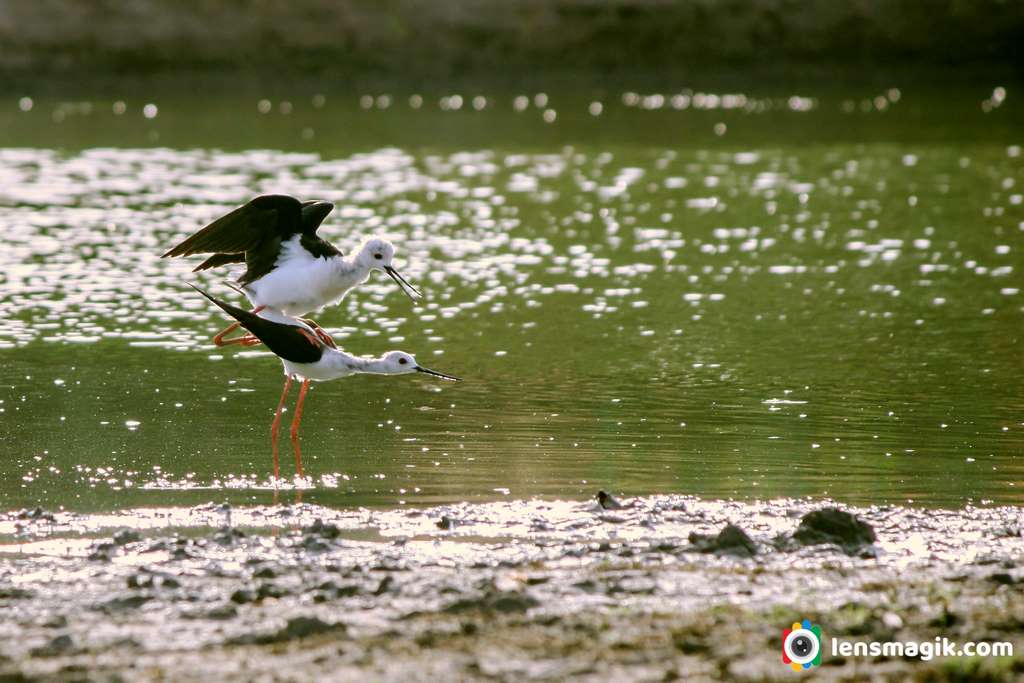

Nearest Railwaystation With Major City : Ahmedabad
Read more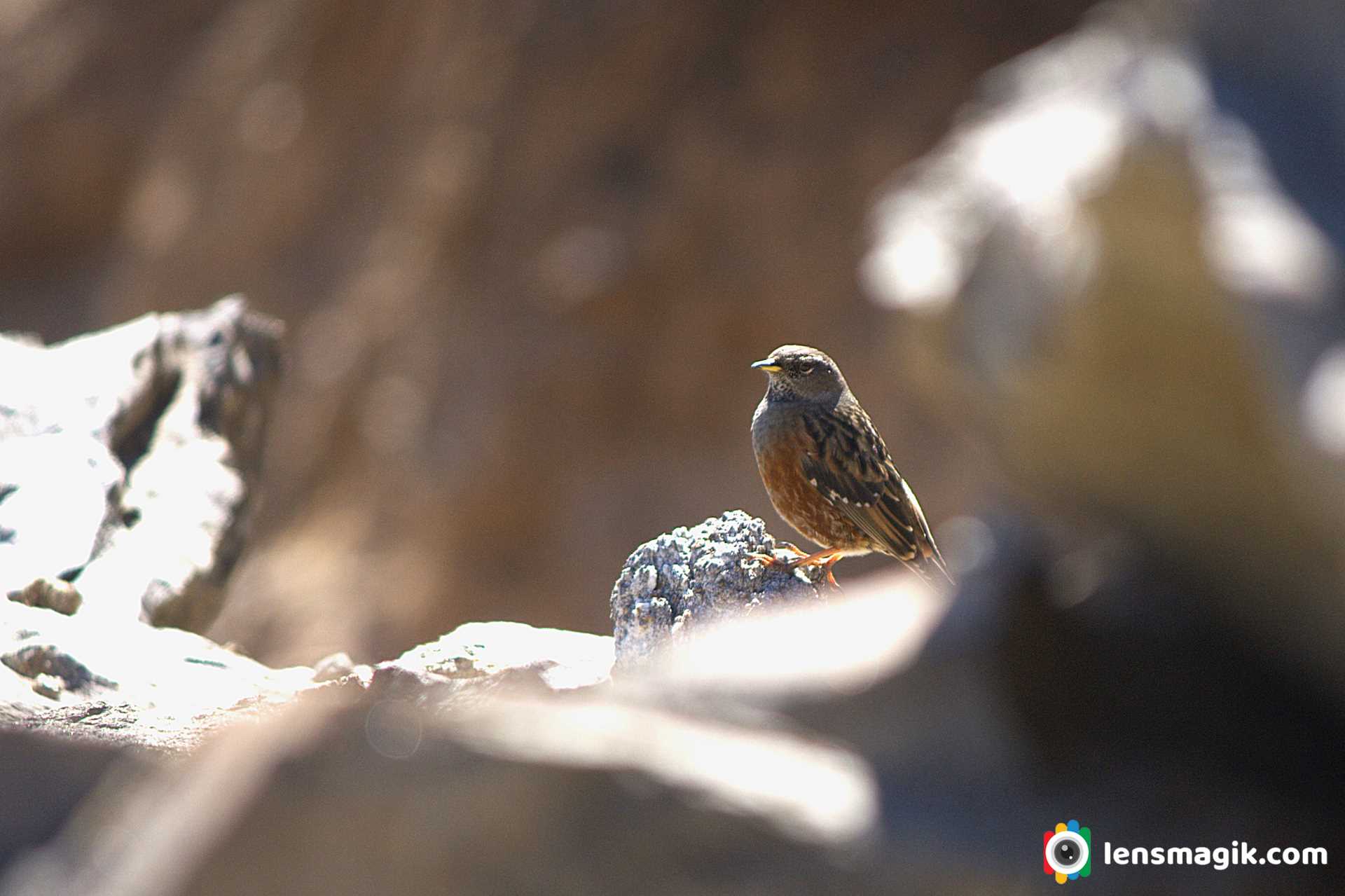
Accentor is a small bird of prunellidae family. In India it is generally found in East Sikkim area. It built its nest low in a bush. When i was on a trip to Singalila National Park. I found at sandakphu area. Sandakphu is high altitude place in Singalila National Park located in West Bengal. From here you can see Mt. Kanchenjunga very clear which is highest peak of West Bengal. Lots of Birds here. To visit Singalila Park November to February you can found lots of snow and good landscapes too with snow on Mt Kanchenjunga. Also if you are going for birding you can visit March to May/June Month is the best . It is very cold weather during winter November to February at Singalila National park.
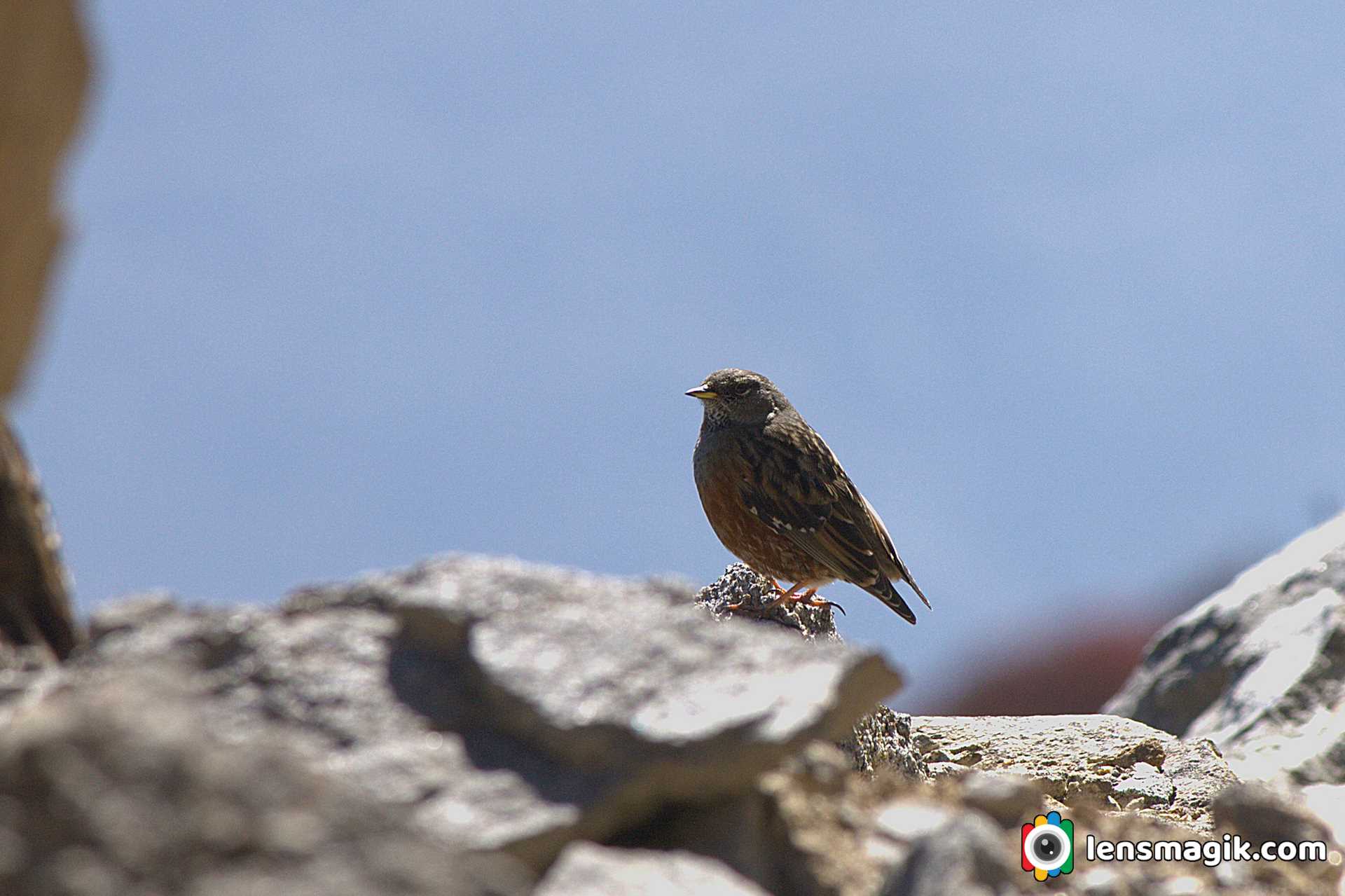
About Alpine Accentor Bird :
- Alpine Accentor bird is robin size bird. Length of bird is around 15 -17 cm.
- Bird just like similar to house sparrow in color with brown back streaked.
- Adult Alpine Accentor have red brown spotting on underparts
- Also adult have grey head too.
- In Asia Accentor found at 2000 m above height. Specially at Himalayas.
- It build nest in bush.
- It laying 3-4 plain (not spotted) eggs of sky blue color.
Singalila National Park :
Singalila national park is located in West Bengal. There are lots of birds in this sanctuary. Also its good for trekking at Sandakphu. From here you can see Mt. Kanchenjunga easily and very closely. Also a beautiful Himalayan Mountain range with snow. Amazing weather very cold in winter and moderate in summer. Summer season is the best for birding at sandakphu.
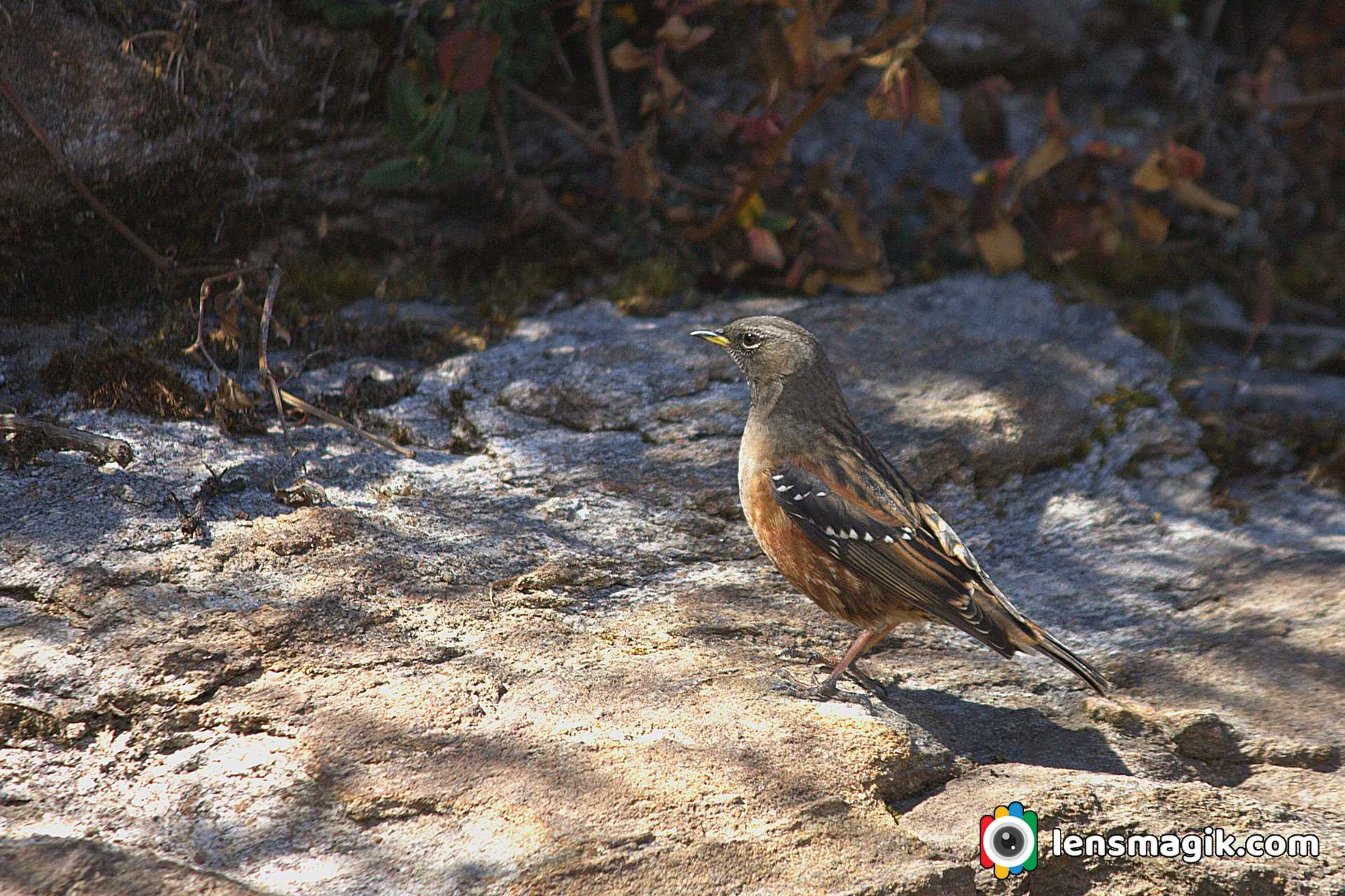
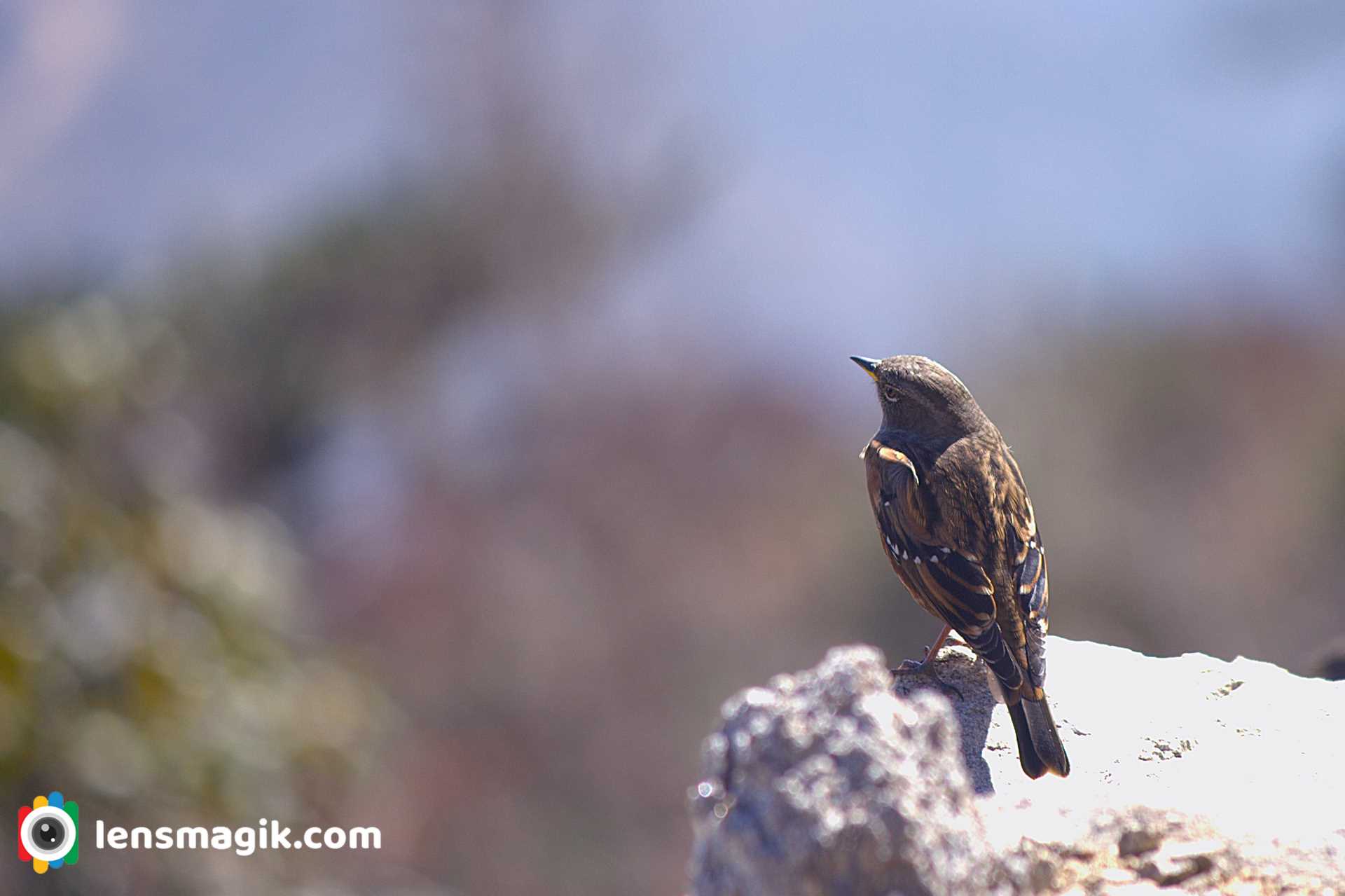

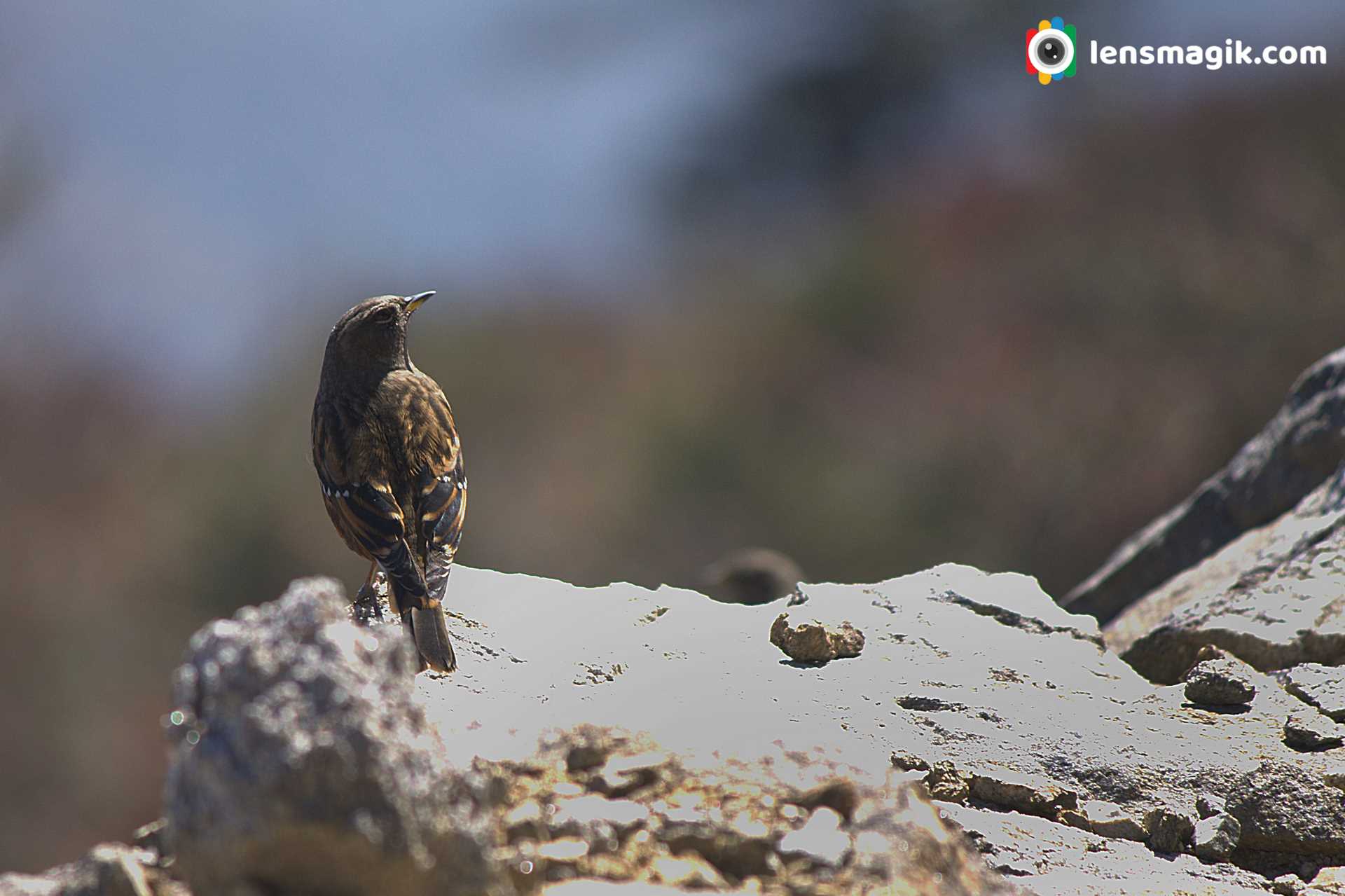
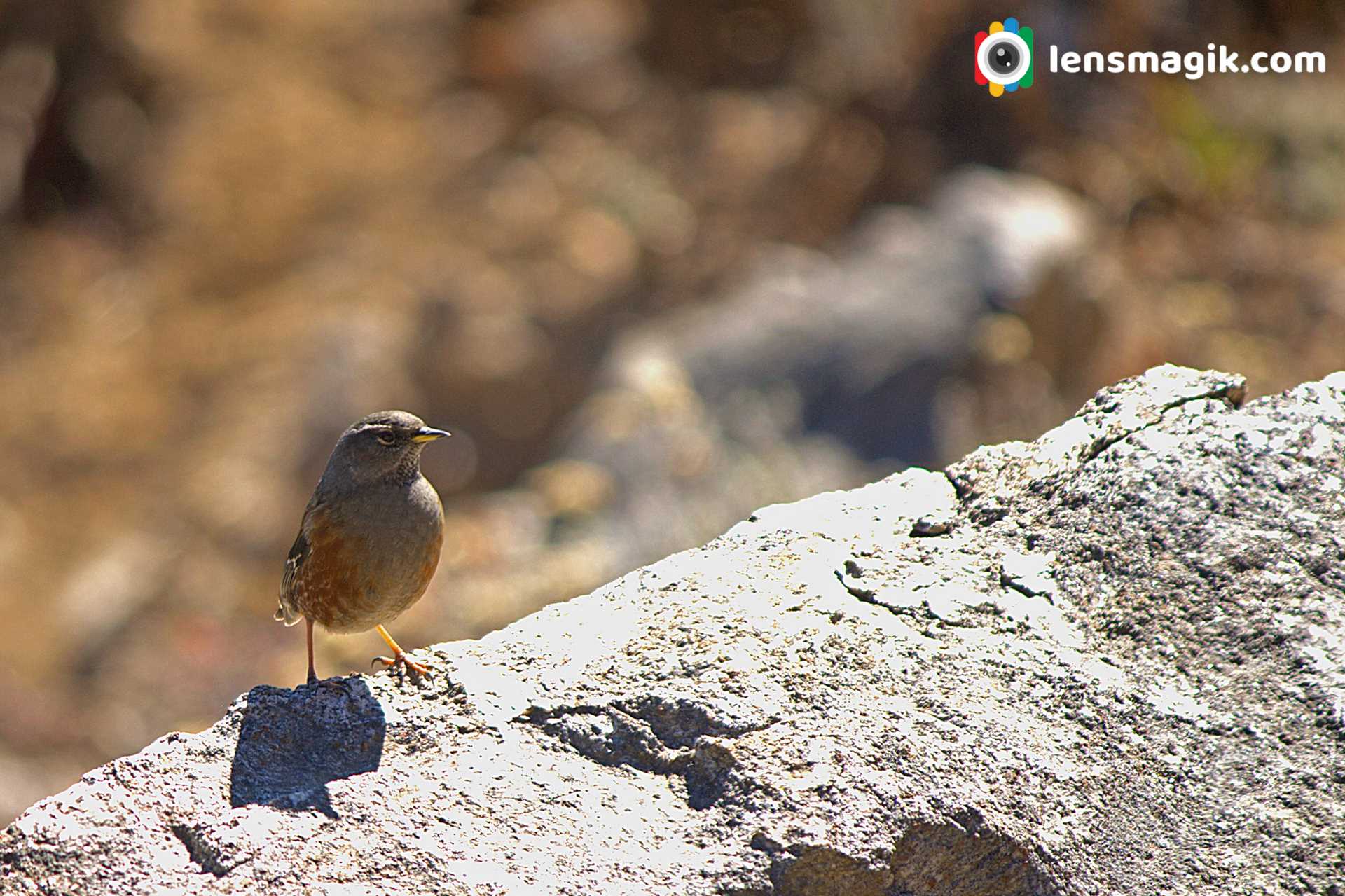
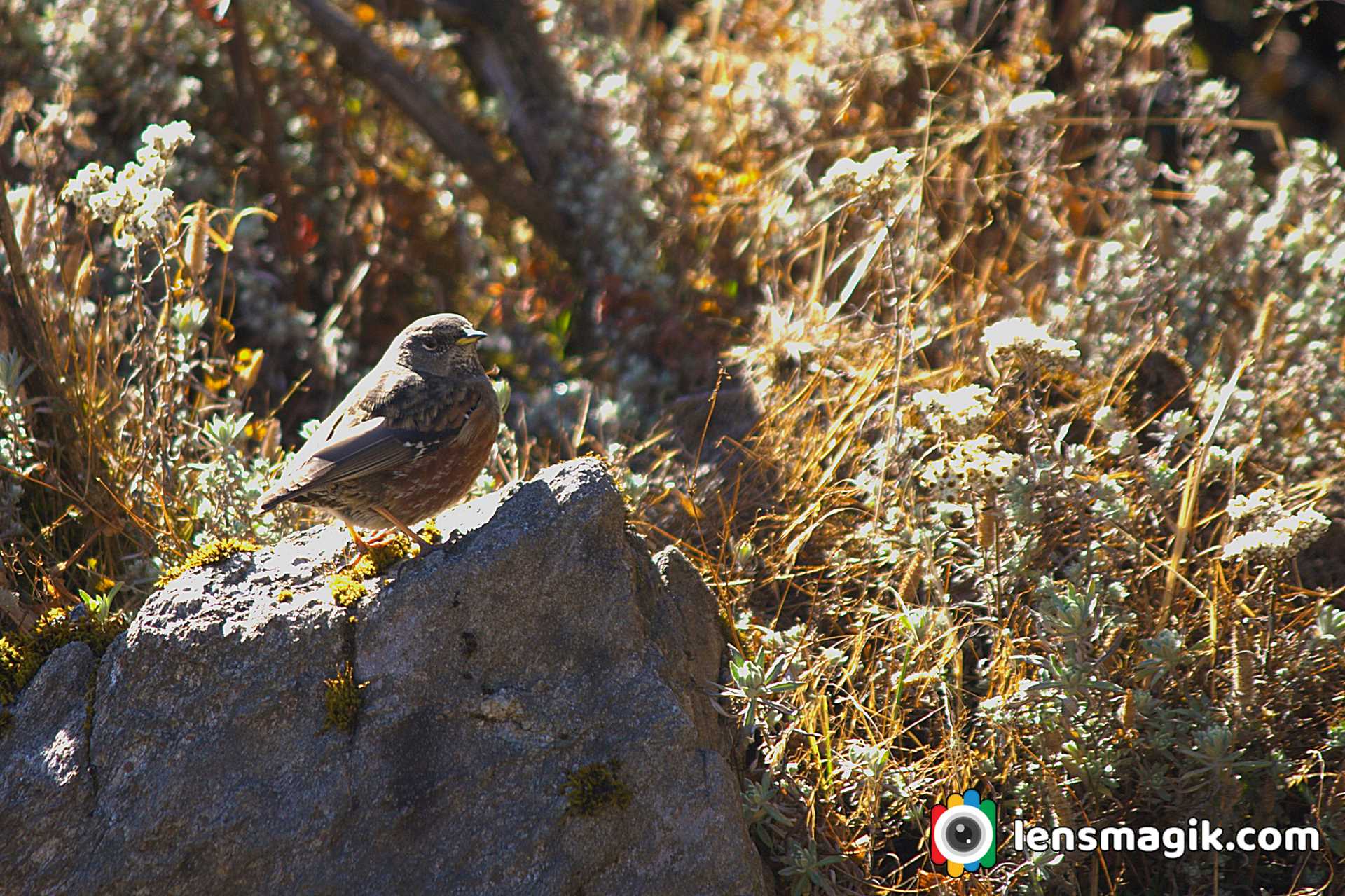
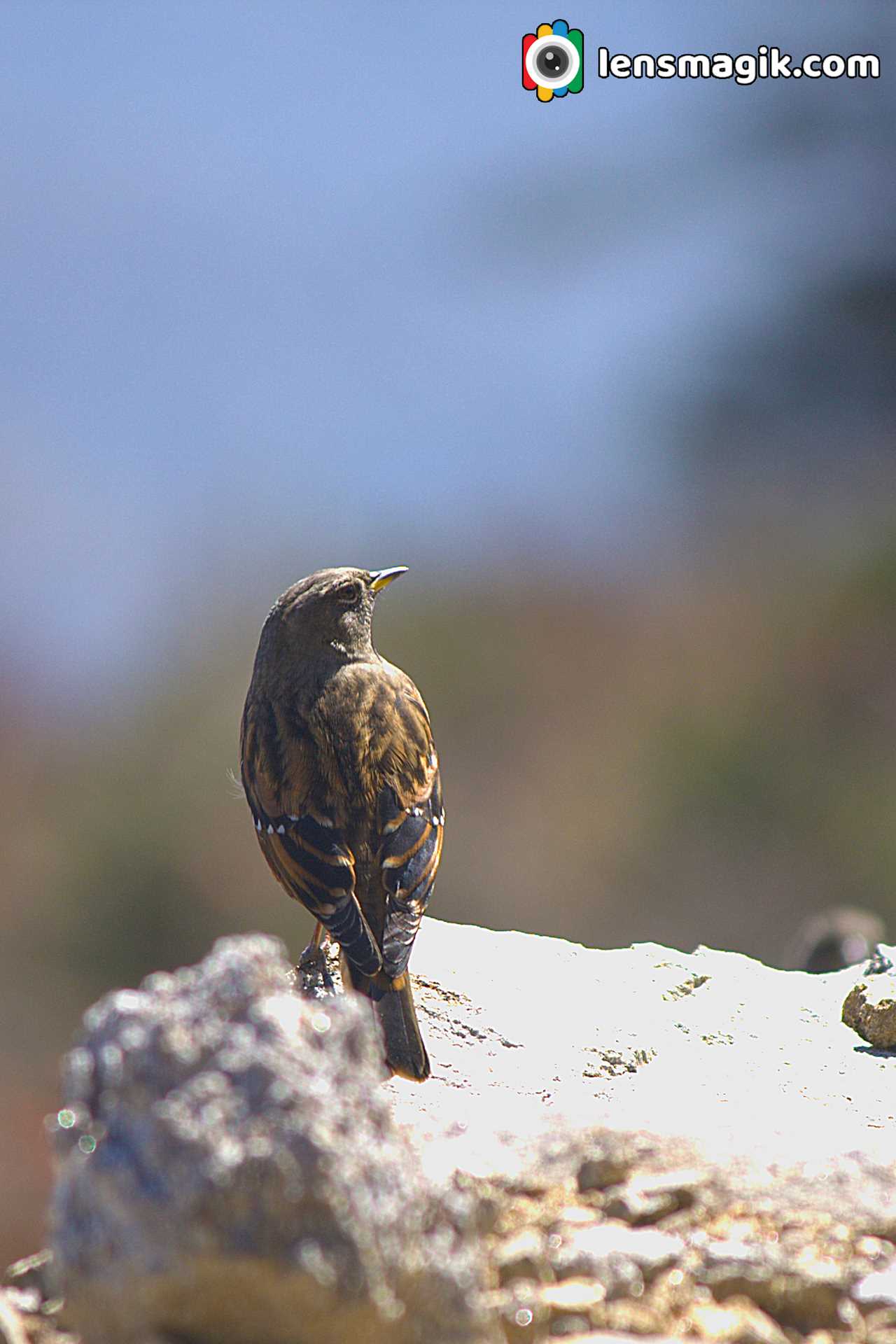
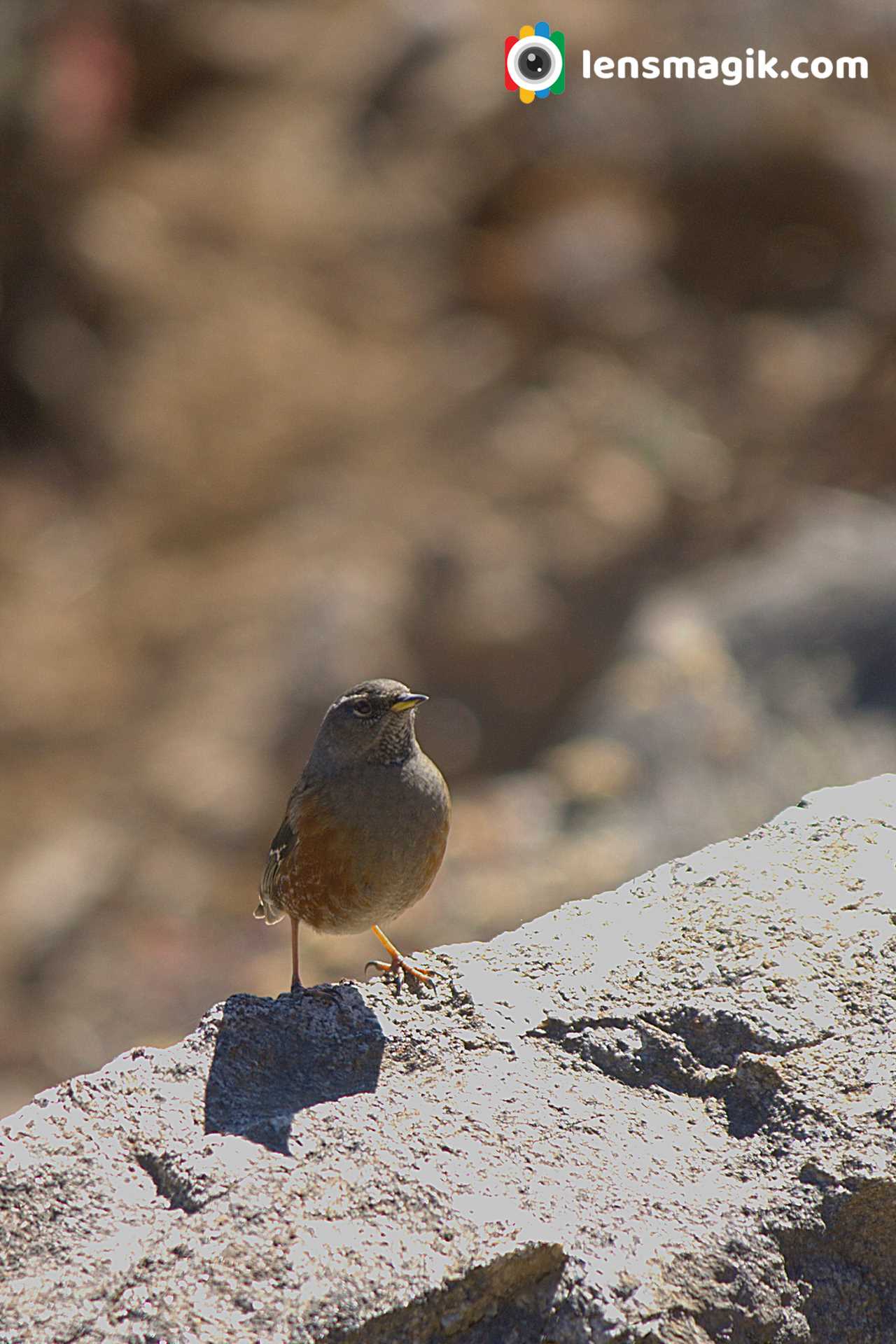
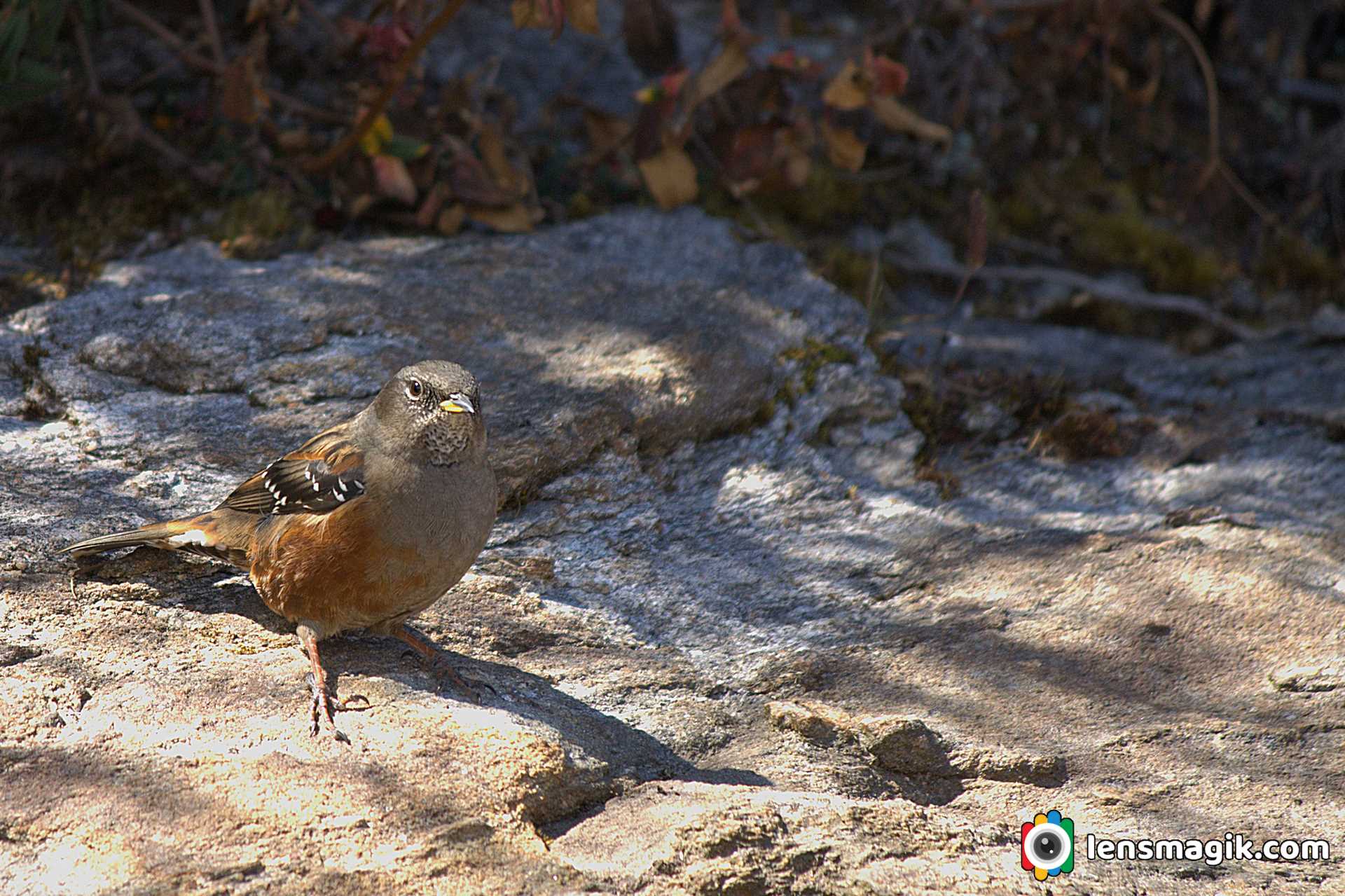
Alpine Accentor bird Binominal Name is Prunella Collaris . Total 9 subspices are recognised of Alpine Accentor bird.
Gear used : Canon 1000 D, Canon 55-250 mm Lens.
Read moreAccentor is a small bird of prunellidae family. In India it is generally found in East Sikkim area. It built its nest low in a bush. When i was on a trip to Singalila National Park. I found at sandakphu area. Sandakphu is high altitude place in Singalila National Park located in West Bengal. From here you can see Mt. Kanchenjunga very clear which is highest peak of West Bengal. Lots of Birds here. To visit Singalila Park November to February you can found lots of snow and good landscapes too with snow on Mt Kanchenjunga. Also if you are going for birding you can visit March to May/June Month is the best . It is very cold weather during winter November to February at Singalila National park.

About Alpine Accentor Bird :
- Alpine Accentor bird is robin size bird. Length of bird is around 15 -17 cm.
- Bird just like similar to house sparrow in color with brown back streaked.
- Adult Alpine Accentor have red brown spotting on underparts
- Also adult have grey head too.
- In Asia Accentor found at 2000 m above height. Specially at Himalayas.
- It build nest in bush.
- It laying 3-4 plain (not spotted) eggs of sky blue color.
Singalila National Park :
Singalila national park is located in West Bengal. There are lots of birds in this sanctuary. Also its good for trekking at Sandakphu. From here you can see Mt. Kanchenjunga easily and very closely. Also a beautiful Himalayan Mountain range with snow. Amazing weather very cold in winter and moderate in summer. Summer season is the best for birding at sandakphu.









Alpine Accentor bird Binominal Name is Prunella Collaris . Total 9 subspices are recognised of Alpine Accentor bird.
Gear used : Canon 1000 D, Canon 55-250 mm Lens.
Road To Heaven is named to the road from Khavda to Dholavira in Kutch Gujarat. The road is so wonderful and scenery so it known as Road to Heaven . Khavda to Dholavira distance is around 58km but from Khavda there is a single line narrow road passes through small villages around 15-20 km approx. The main road starts after it and it is around 30-35 km approx. strait to Dholavira. Road is under constriction but almost 70-80% work done. The road heading to the city of Harappan Civilization Dholavira which is one of the largest site of Harappan Civilization and Indus valley Civilization.
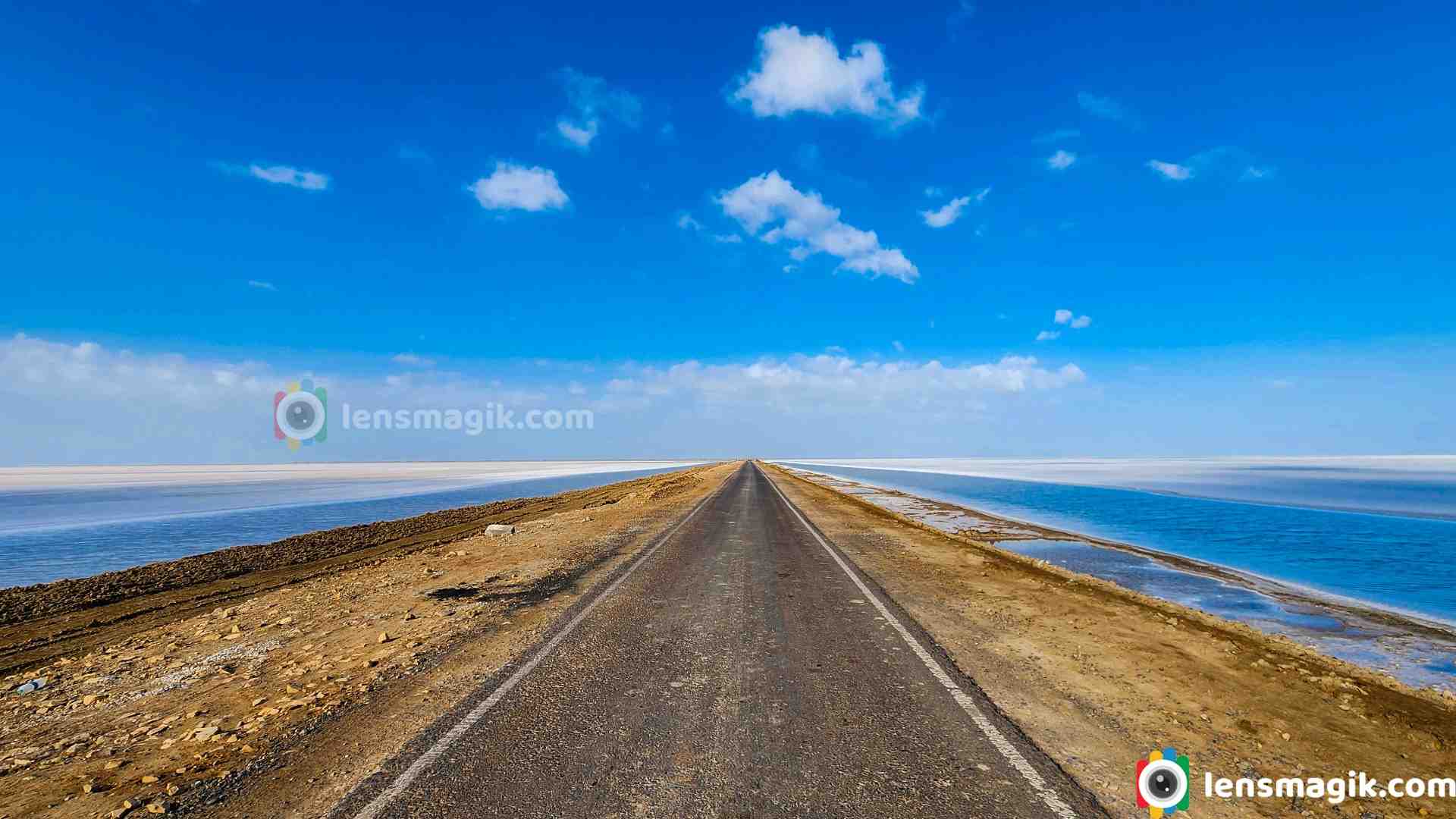
Kutch is a largest district of Gujarat and also of India. Main City or Headquarter of Kutch District is Bhuj. Kutch is famous for White Desert or White Rann. In Every winter season from December to February celebrate “ Rann Utsav “ to attract foreigners and also locals. Tent City made in white desert to stay and also cultural programs arranged in it. The main Rann Utsav held in Dhordo of Kutch.

After visit White desert people also visit Dholavira which is nearest destination from Dhordo and also Kalo Dungar in between. From Dhordo you will have to go Khavda first and then from Khavda to Dholavira which is connected through “ Road To Heaven “. Dholavira is located at Khadir Bet. Khadir bet is separated because after monsoon the water filled outer side of bet. So the Road To Heaven is the way to connect Khadir bet to main city Bhuj.
About Road To Heaven Dholavira / Road to Heaven in Kutch :
- · It connected from Khavda to Dholavira.
- · Road to heaven distance around 30-35 km.
- · After monsoon the rain water on the both side of the road. You can see beautiful Greater Flamingo birds in between. Water level is low but muddy.
- · After winter in January –February the water on both side of the road is evaporated and turn into salt. Not all water but some areas during the road.
- · Water on the both side of the road or Salt/ white layer on both side of the road make the beauty of the road and that’s why it name as “ Road To Heaven “
- · When you are on the road there is hardly some traffic you face the open road with both side water or salt at morning or evening make the scenery like a Heaven.
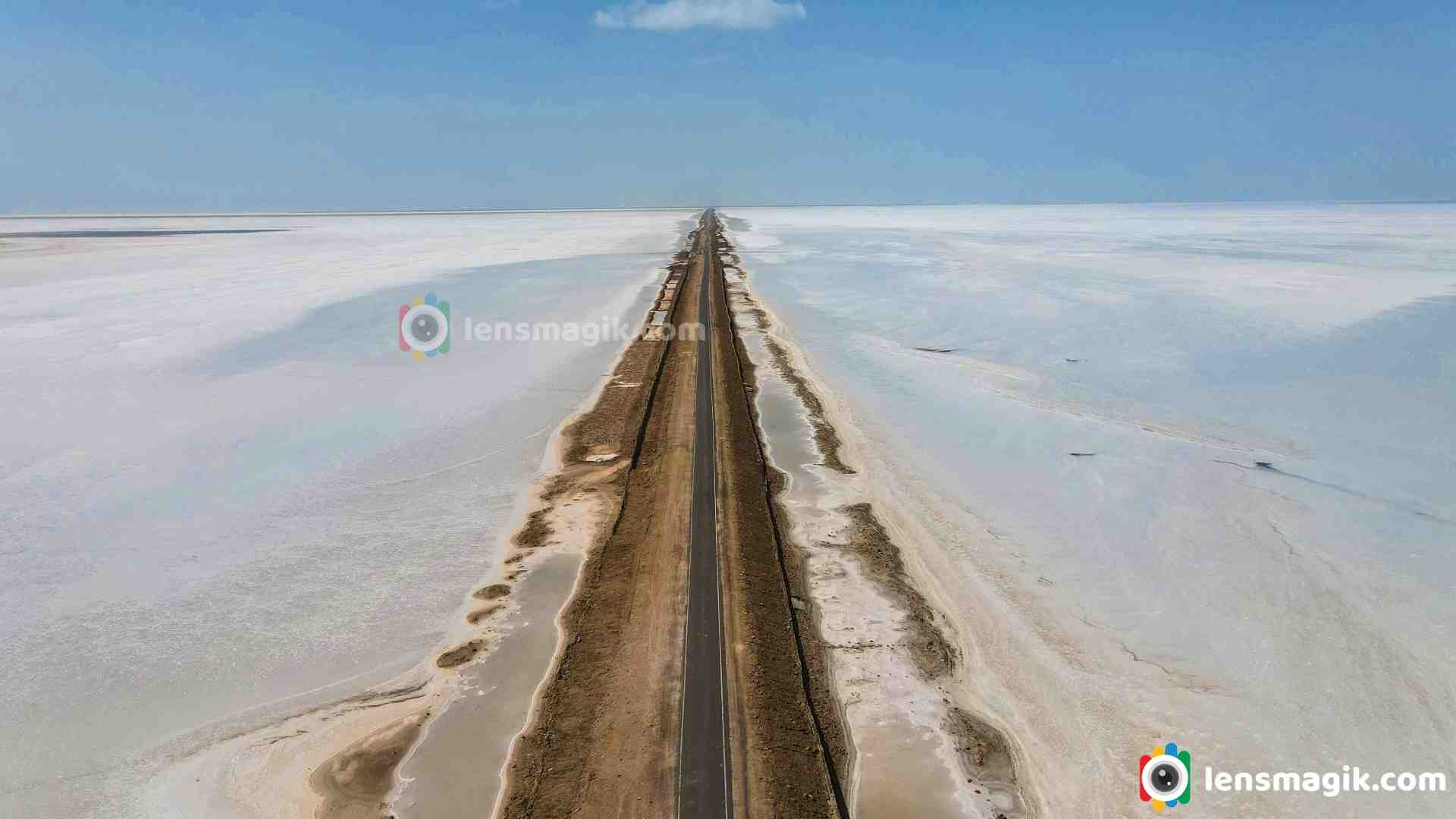
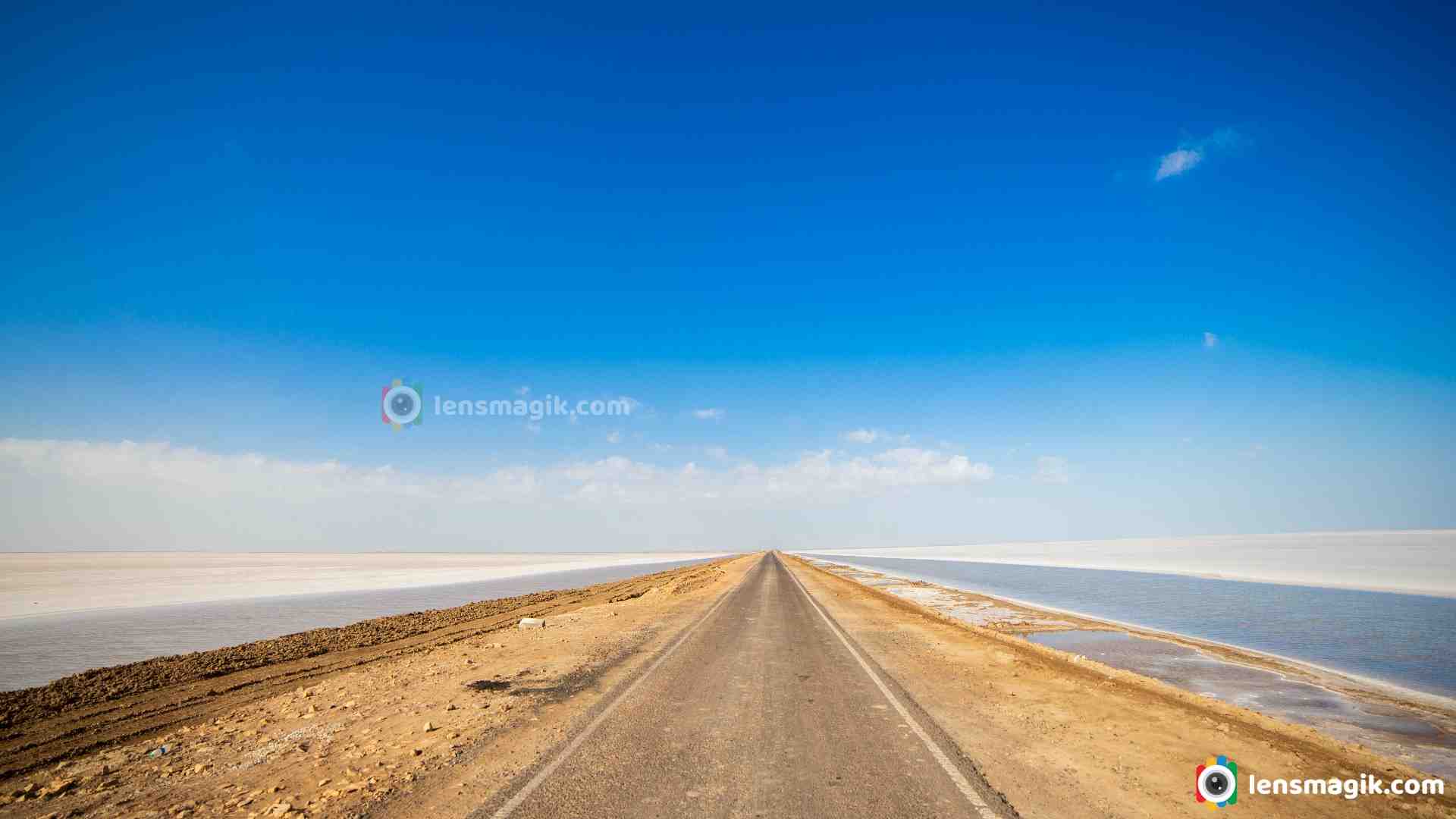
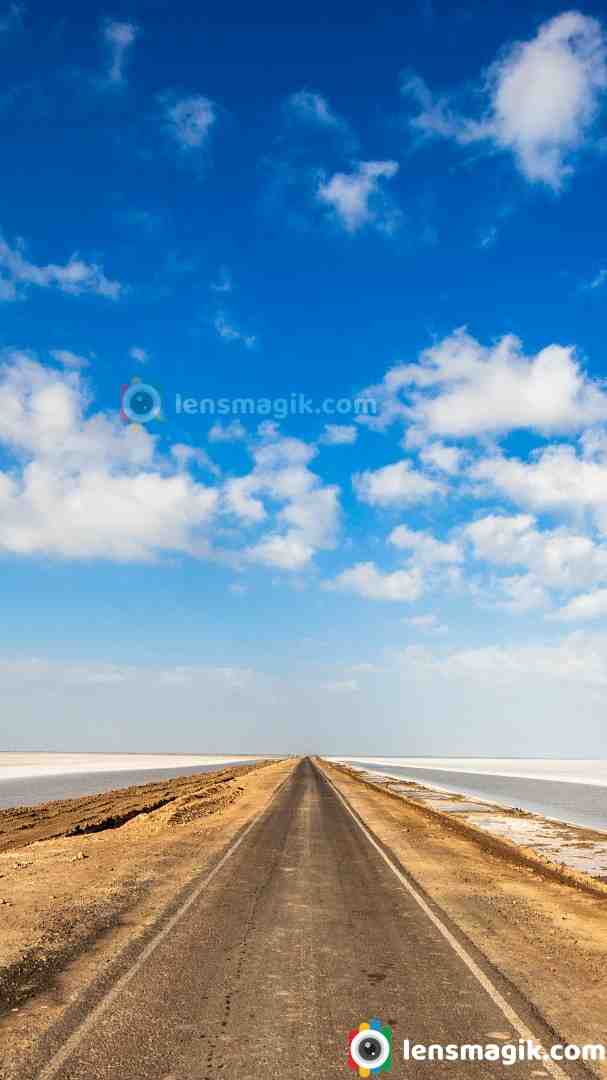
I must suggest to visit Road To Heaven in Kutch while you visit Kutch. Also Visit Dholavira which is one of the largest Harappan Civilization site.
Places to visit near Road To Heaven :
Dholavira, Kalo Dungar, Dhordo, White Desert
Places to Visit near Bhuj : White Desert , Kadiya dhro, Chhatardi, Mandvi beach, Vijay vilas palace, Bhujyo Dungar, Smriti Van, Vande matram memorial
Camera Used : Canon 80D, Canon 6D, DJI Mavic Air2
It is the largest species of Flamingo bird family and also a most widespread species of flamingo family.It is found in India ,south east , middle east and Africa. It is migratory bird. They also breed in India. In Gujarat they breed in Rann Of Kutch , Little Rann of Kutch also found in Thol Bird Sanctuary. I often visit Thol sanctuary so got good shots of them. Best time for shoot them is may-Jun at Thol bird sanctuary bcz of water level is too low . It is been recorded that some flamingo birds are resident in Gujarat at many places like LRK, Khijadia sanctuary, Nalsarovar and Thol Sanctuary. They also breed here and stay for all seasons. So you can find greater flamingo birds in all seasons in Gujarat at many places.
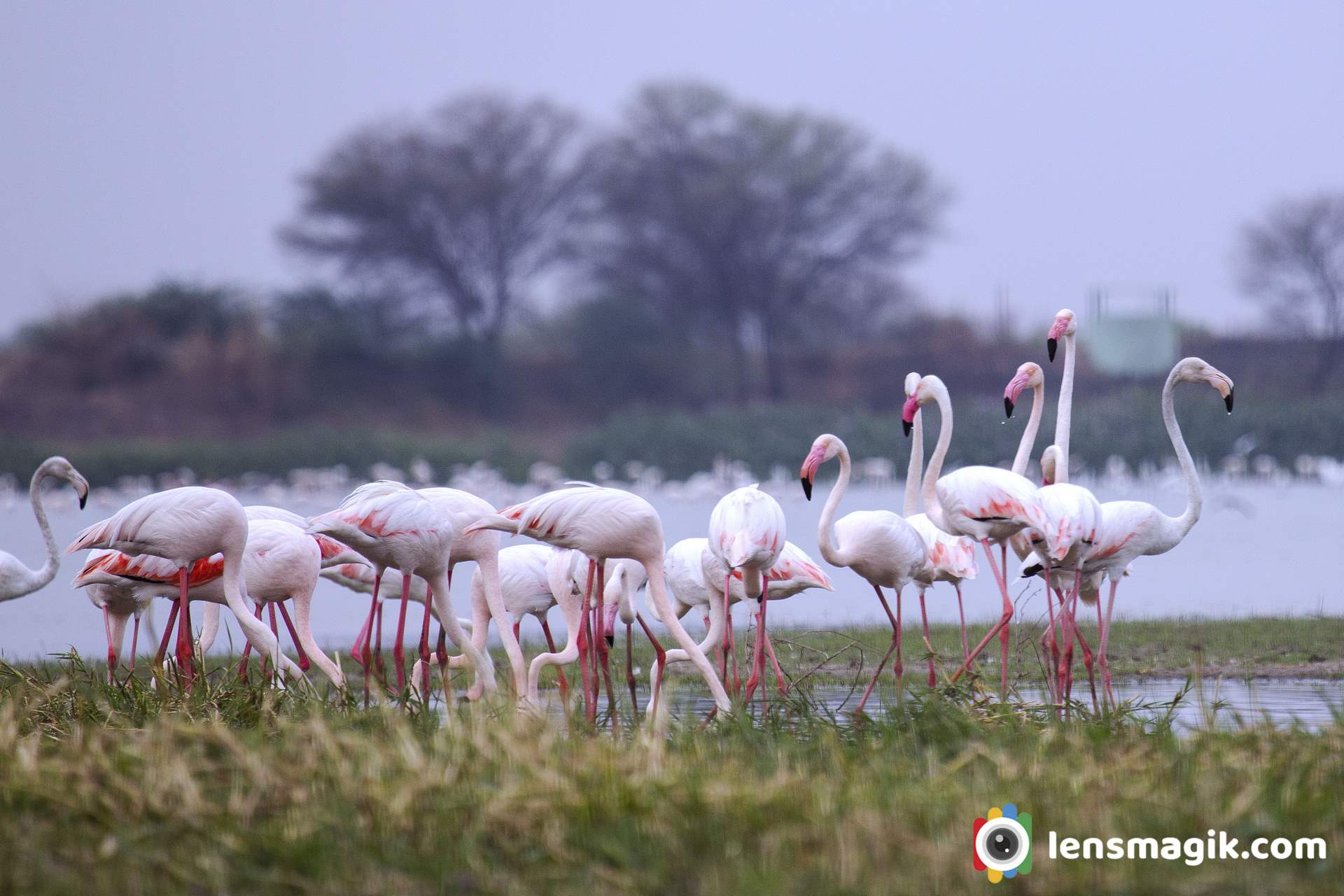
Flamingo bird facts and description :
- Greater flamingo bird is the largest living spices of flamingo.
- Greater flamingo has no subspices.
- Flamingo color most of pinkish white in plumage. Wings are red and feathers are black in end.
- Greater Flamingo bird call is like honking.
- The average lifespan of flamingo bird is 30-40 years.
- Main Difference between Greater flamingo and lesser flamingo is height . Lesser flamingo is shorter than greater flamingo. Also Greater flamingo has pale pink bill and black tip. In other case lesser flamingo has dark crimson bill. Lesser flamingo is also more red in color than greater flamingos.
Greater Flamingo birds In Thol Lake : Thol sanctuary is often i visit. Flamingo birds are stay here all seasons. I got good numbers of Greater flamingo and lesser flamingo bird images in a group when i visit Thol. This is my best time with flamingos. Also i got some beautiful pictures of flamingo birds with group and also in duo with some masti. Flamingos looks very good in frame bcz of their color. Thol lake is good place for birders because more than 150 birds spices found here. Also some mammals like Blue bull and black buck also found here. Lots of water birds and tree birds found here. Also sanctuary is not so big so you can find all birds in around 6 sqkm area. Best time to visit thol lake is November to March. All migratory birds are visit in winter so that is best time. Early morning is best for birders.
Timing And Fees of Thol Sanctuary :
Thol Sanctuary open at 6 AM in morning and close at around 5 PM
Fees of Thol Sanctuary is 50 INR per person and camera fees are 200 INR. Car fees are 500 INR.
Weekend fees may change that actually i don't know about it.
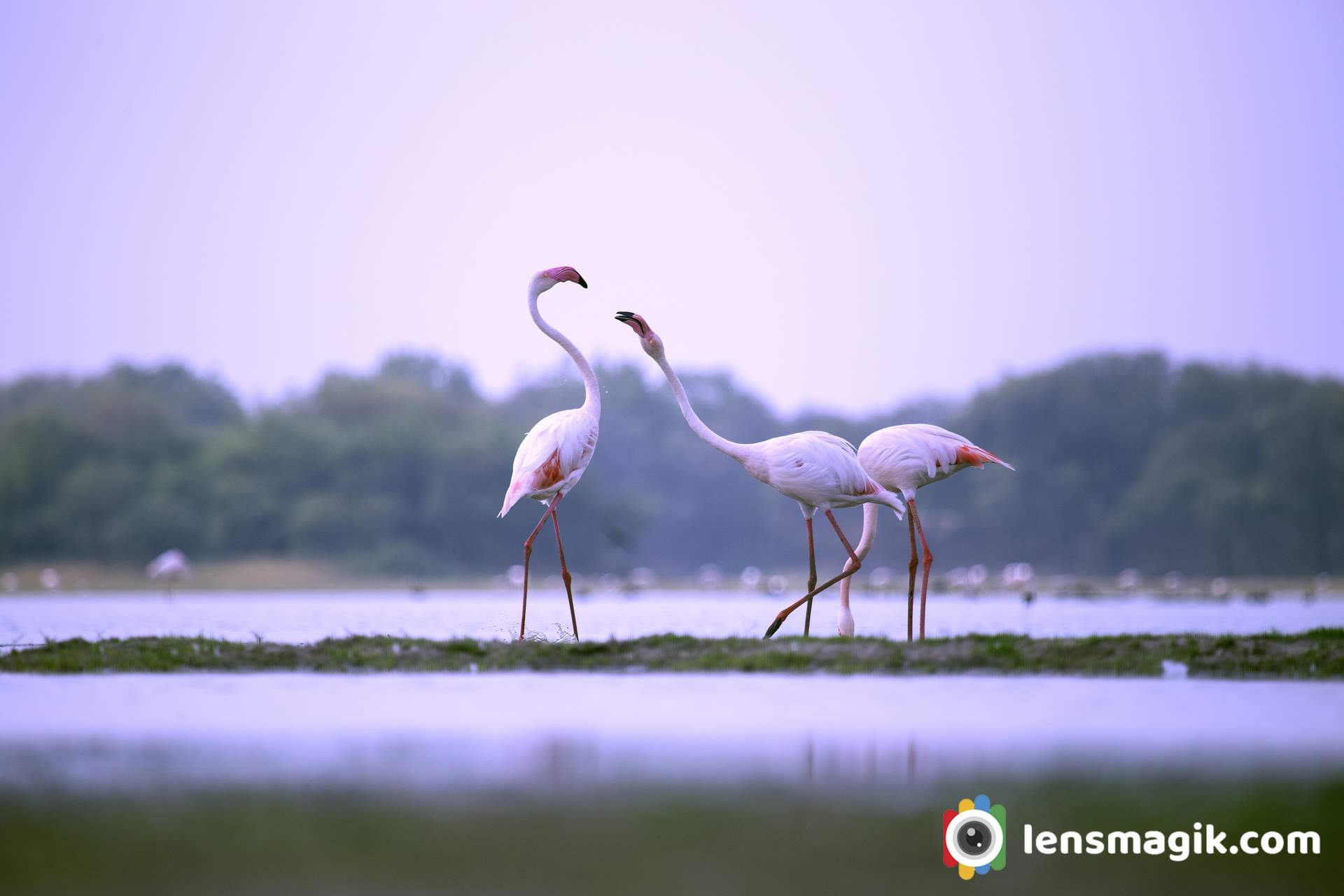
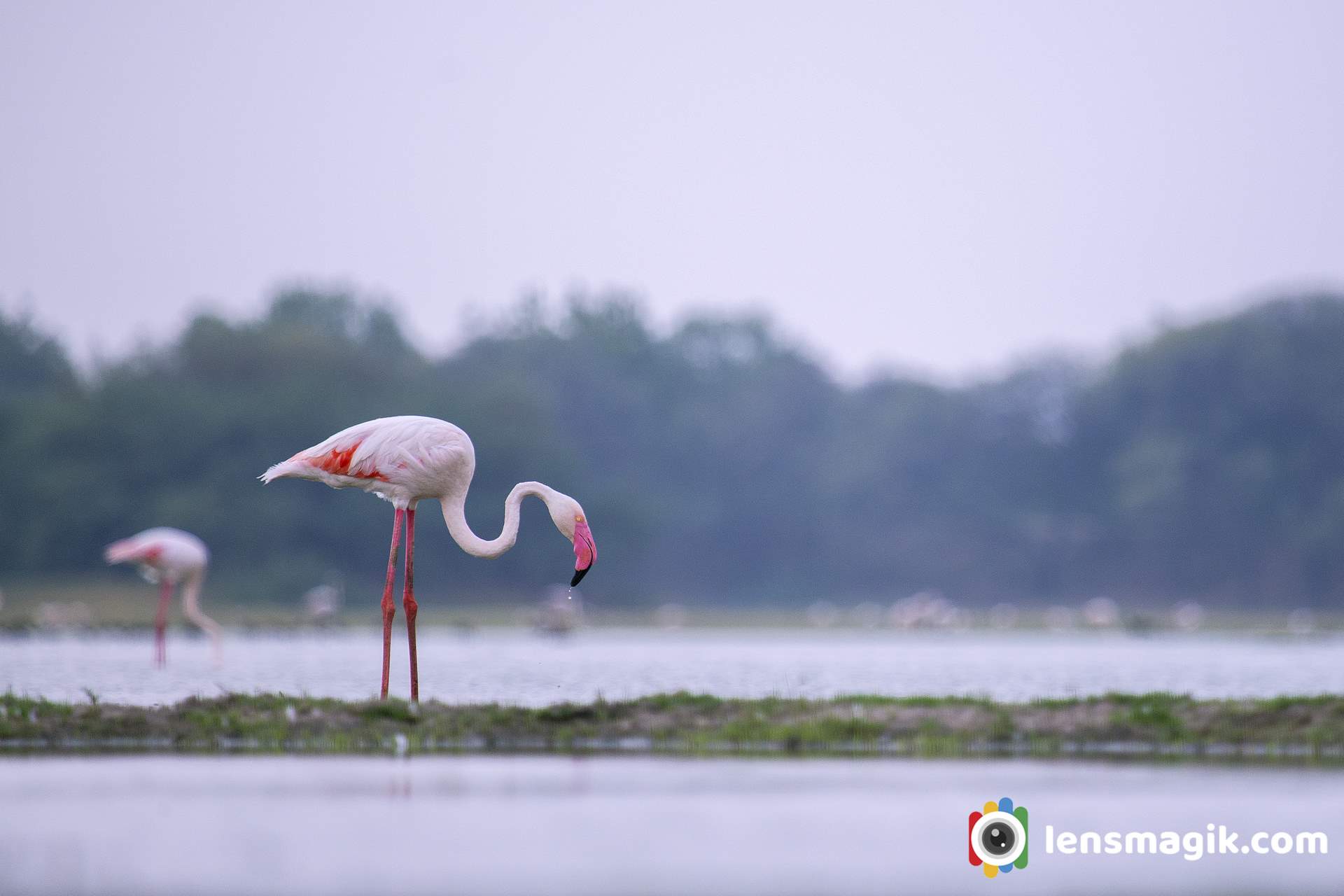
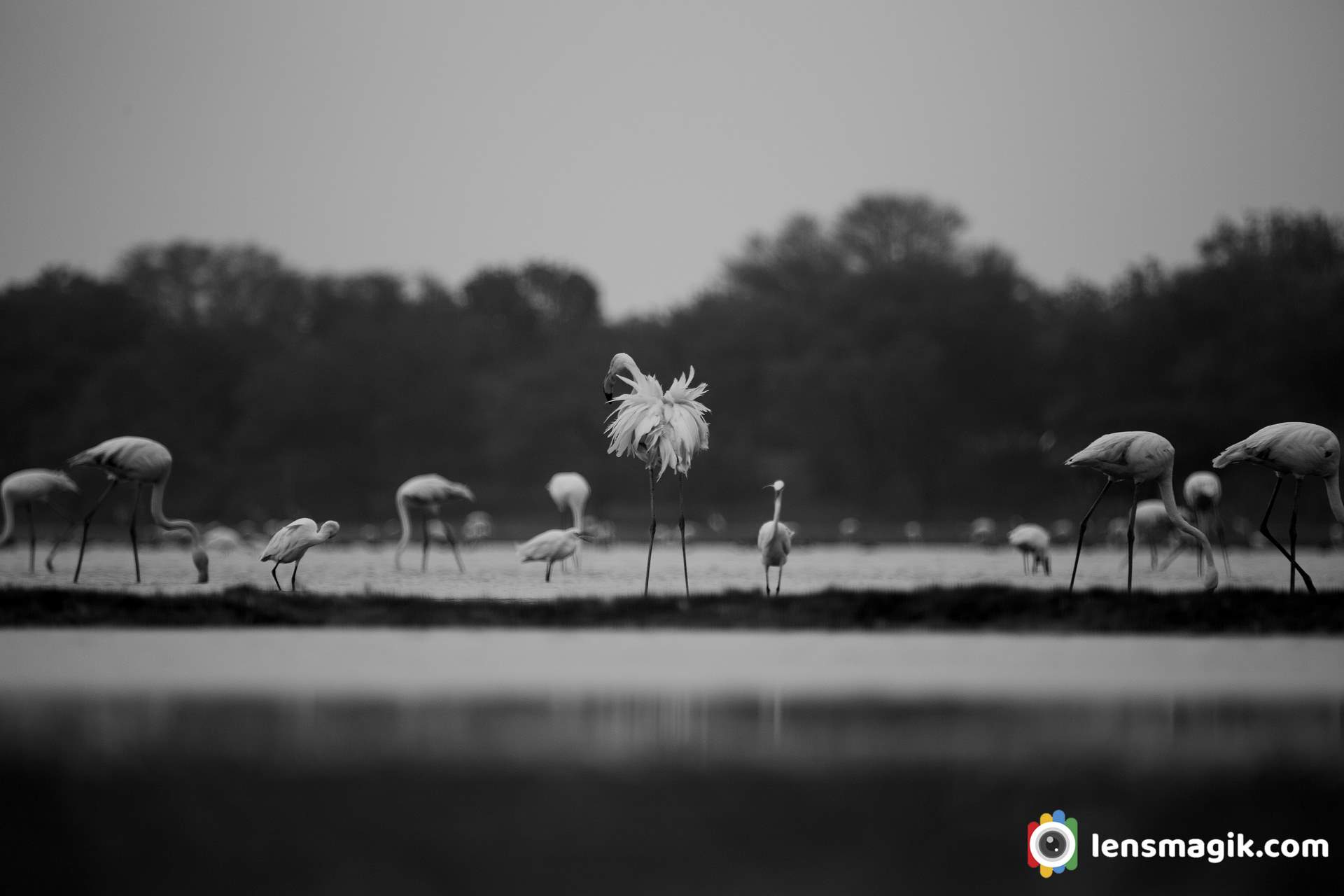
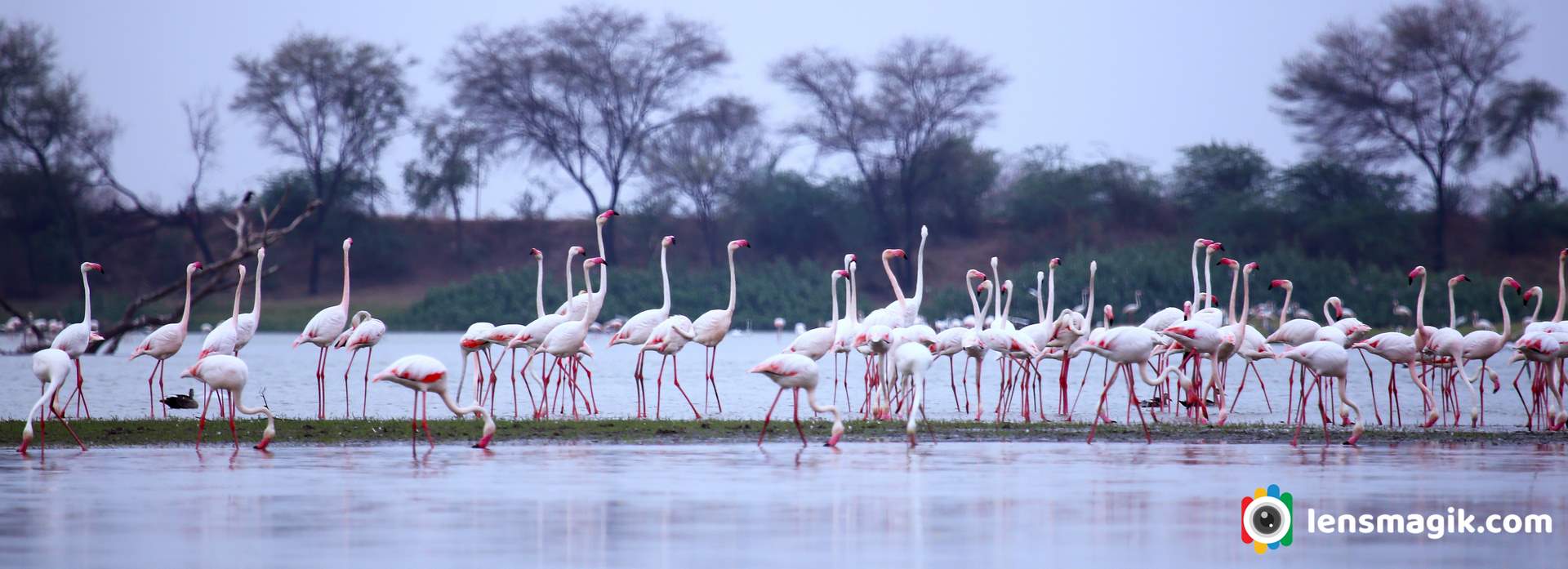
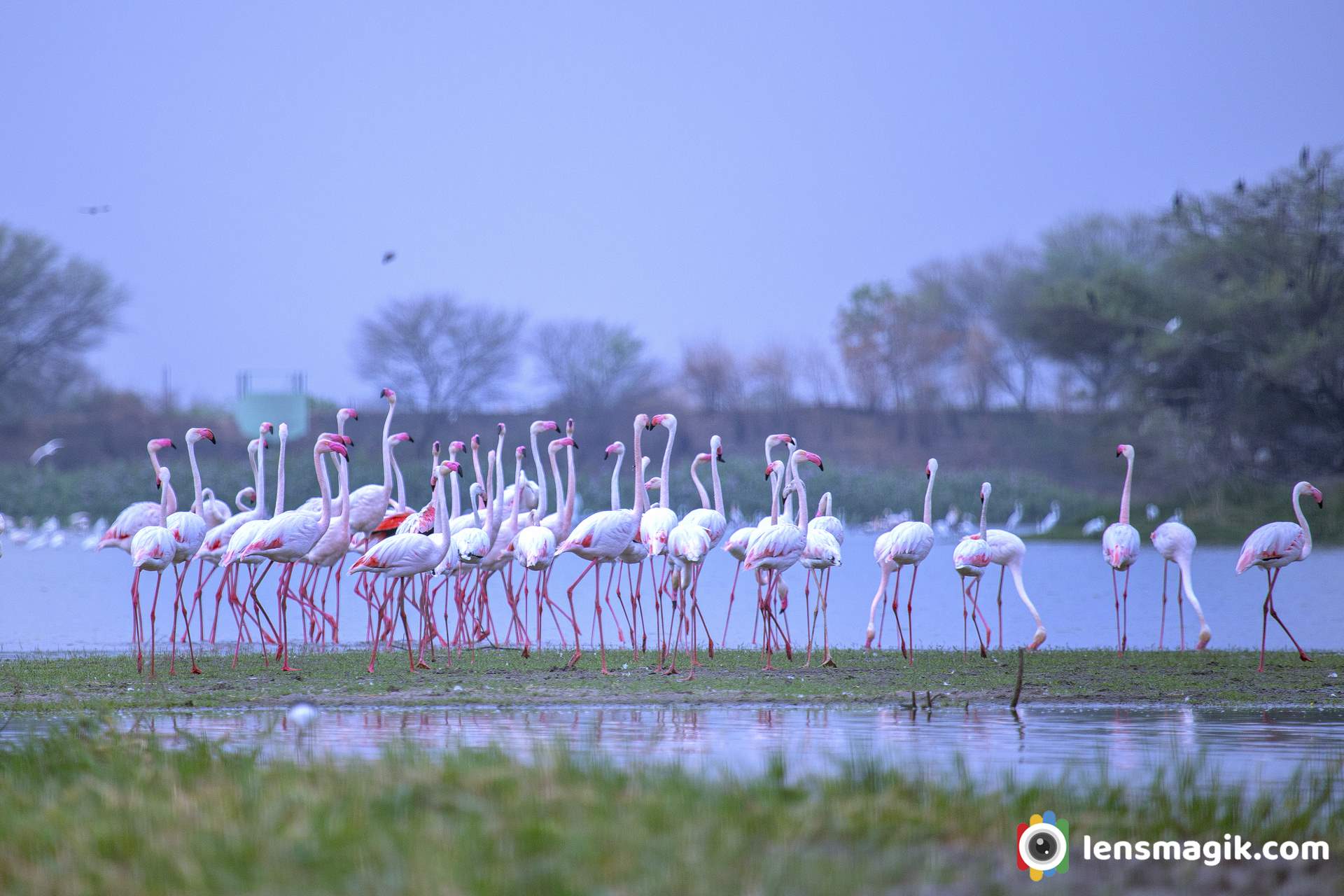
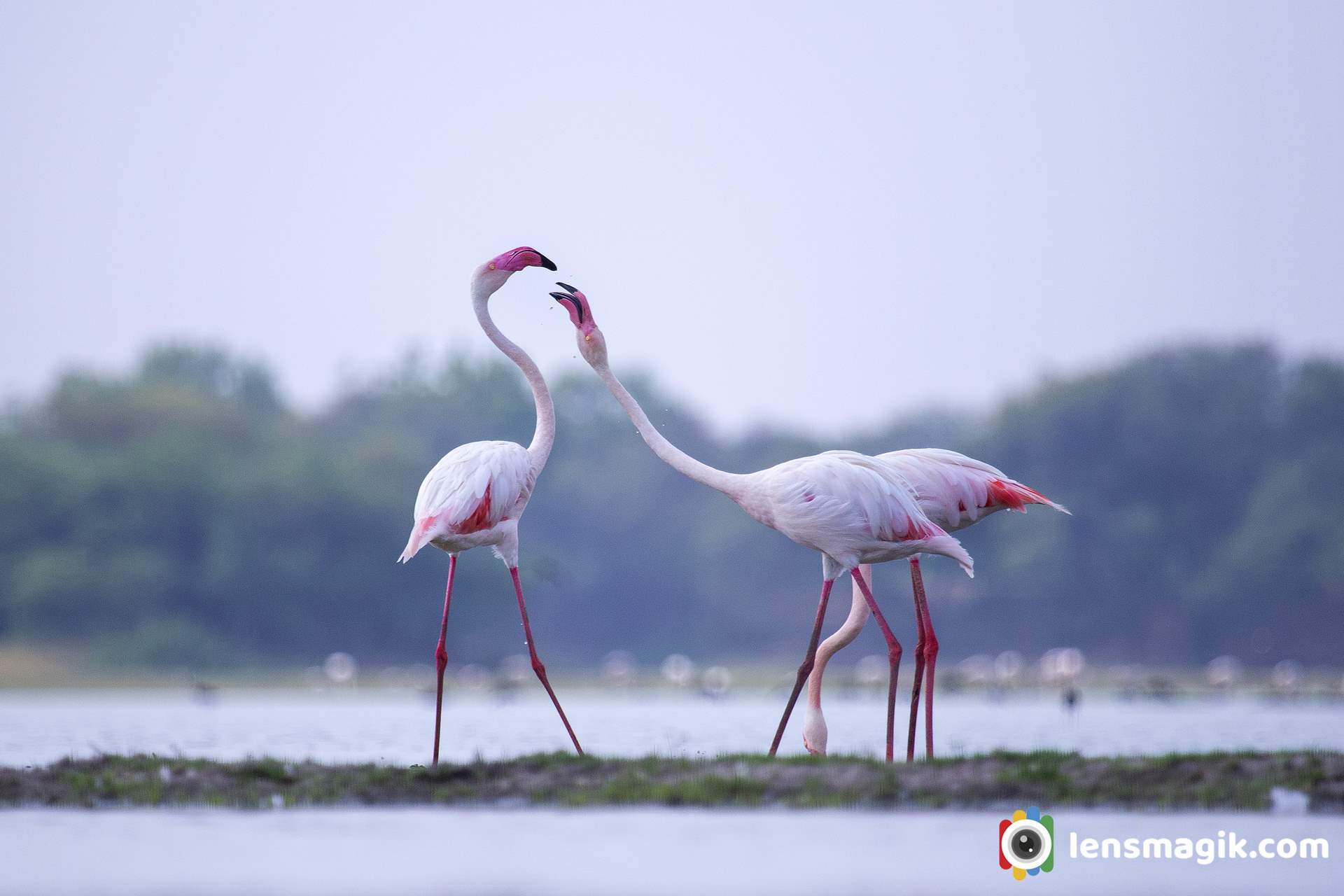
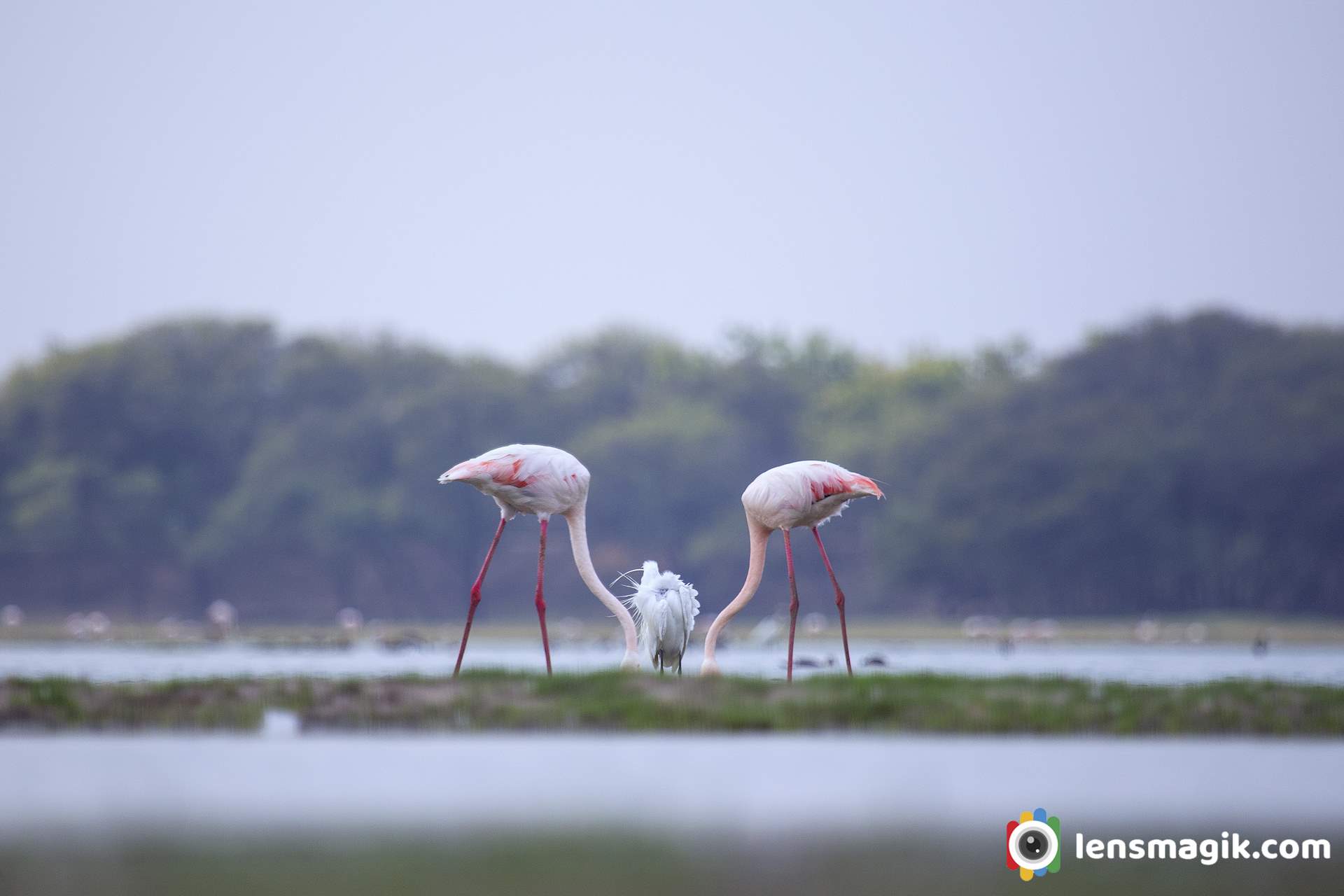
Two flamingos with little egret in between of them with down head all. The images of flamingo bird making a good frame. Because of its color flamingo birds images are very attractive and also their grouping make a perfect frame of flamingo bird picture.
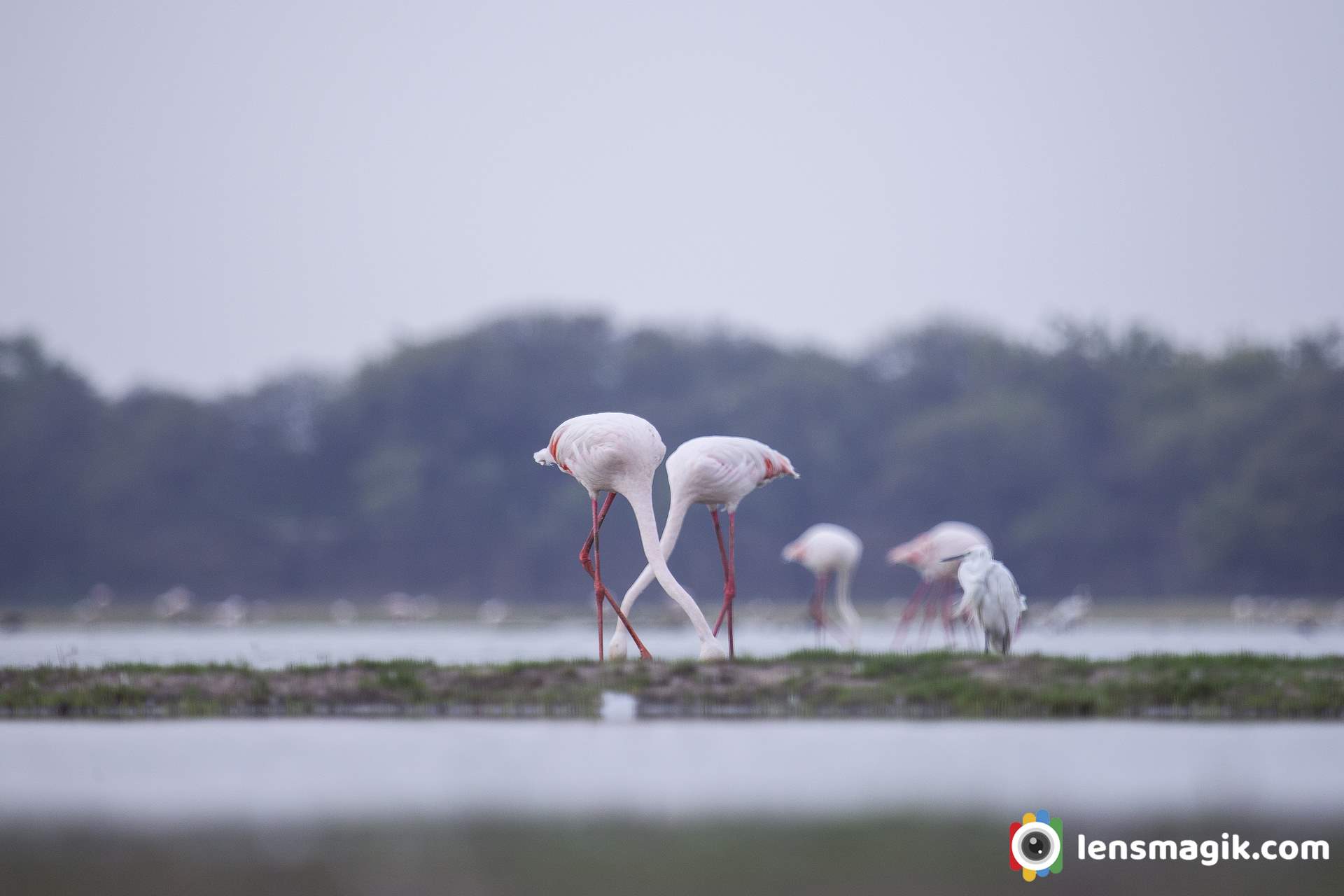
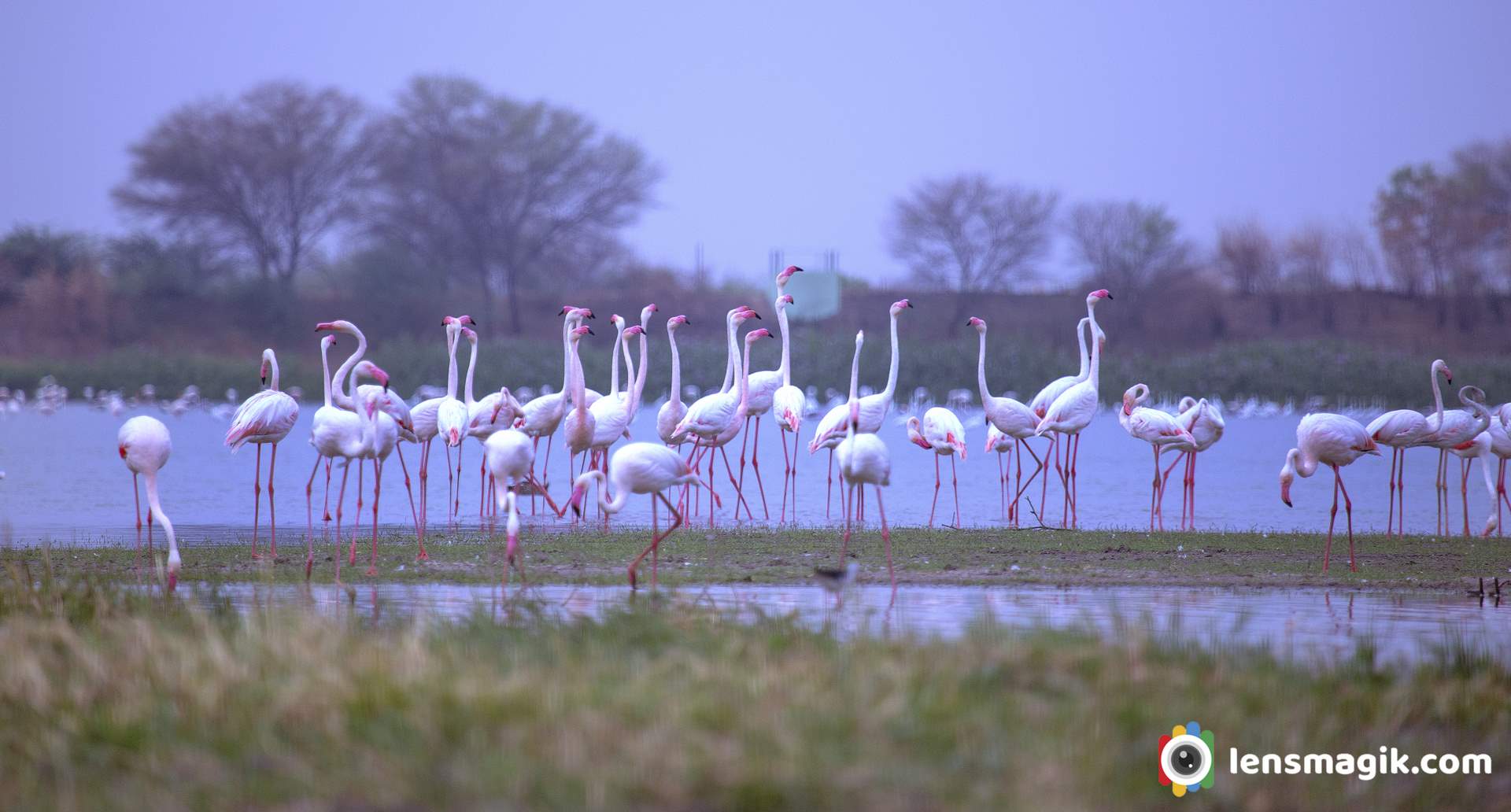
A morning pared time for flamingo birds. A beautiful Greater flamingo birds are in a raw make image nice and show their unity.
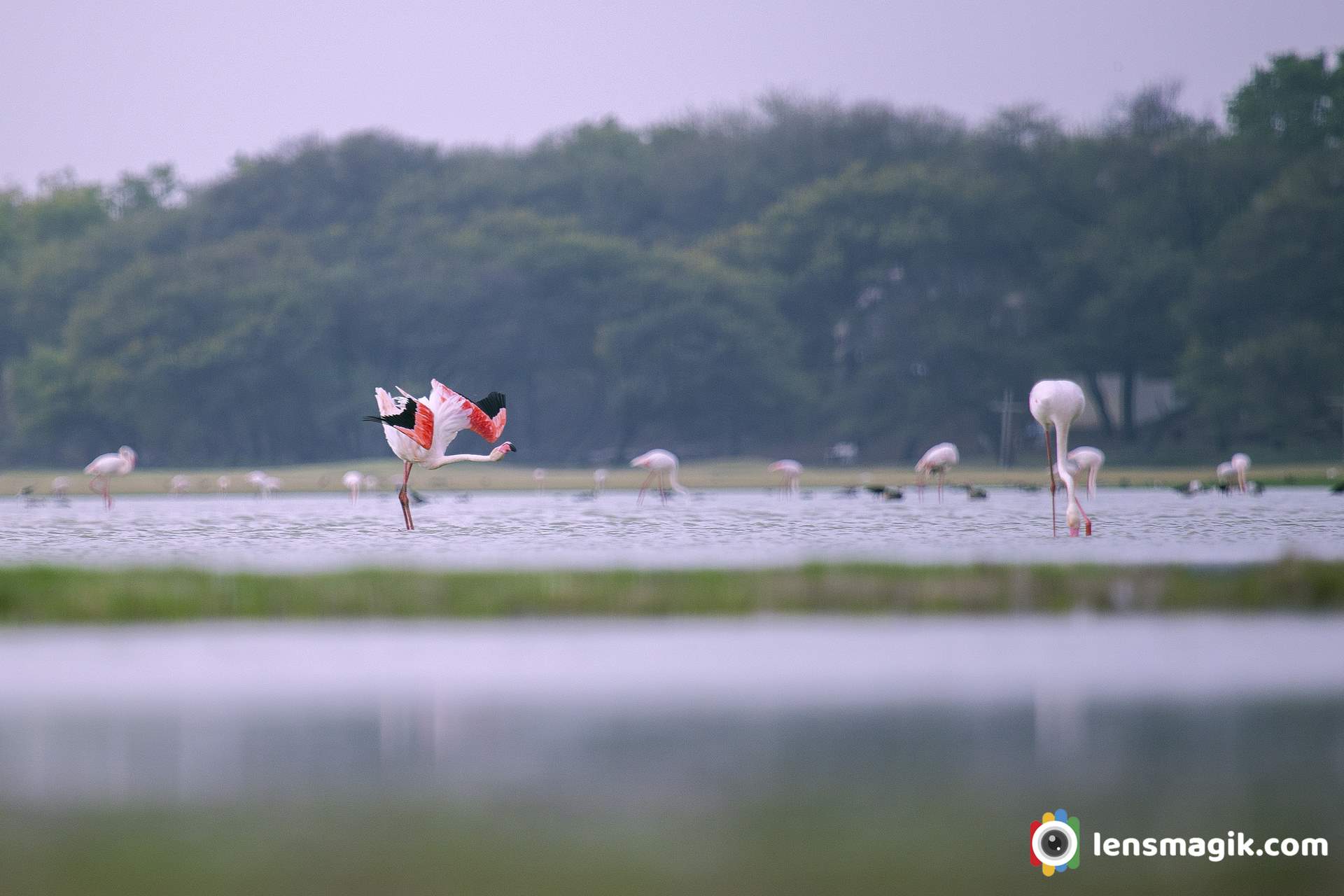
Perfact wingspan of Flamingo bird looks great. Pink Wings make image more attractive.
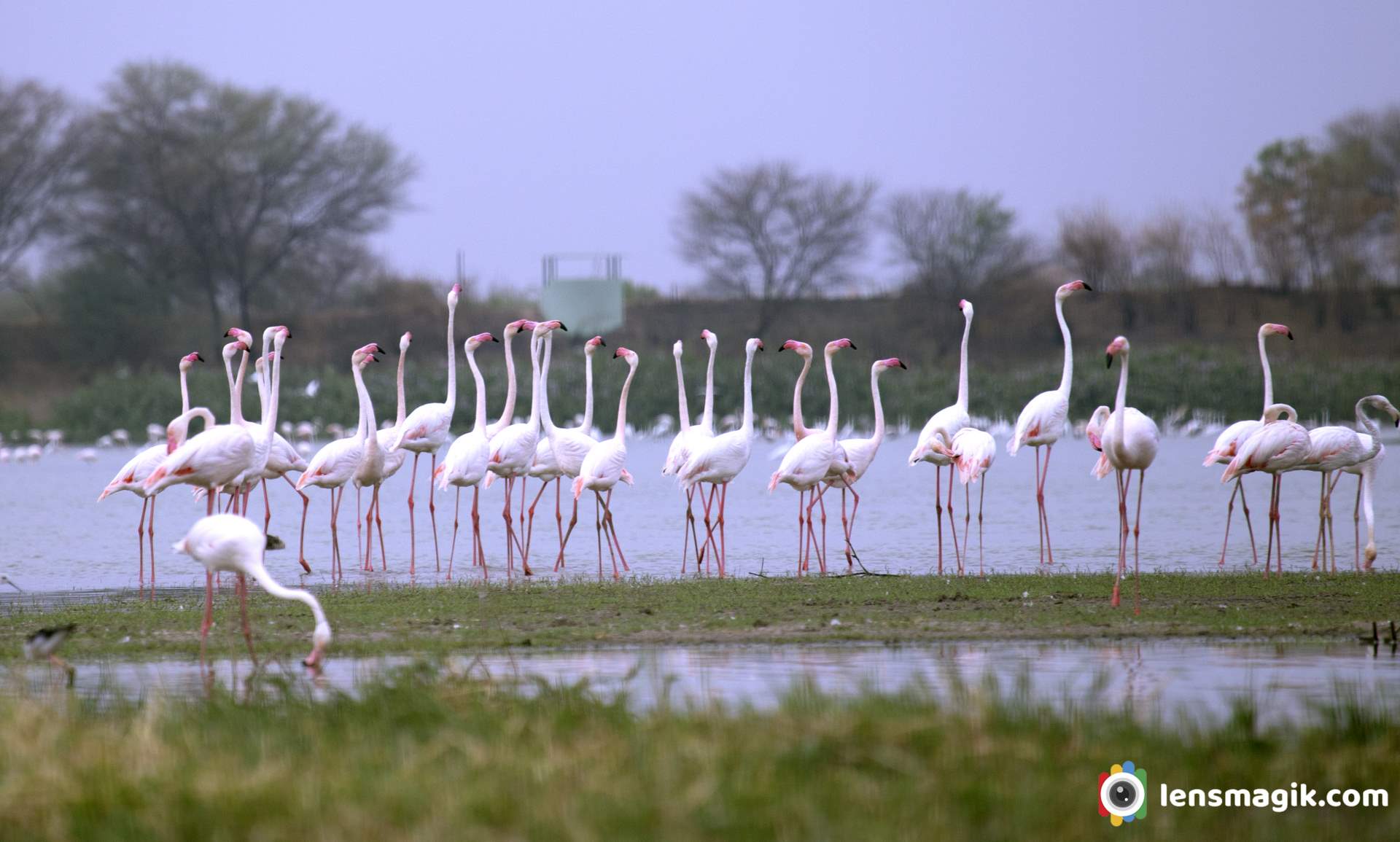
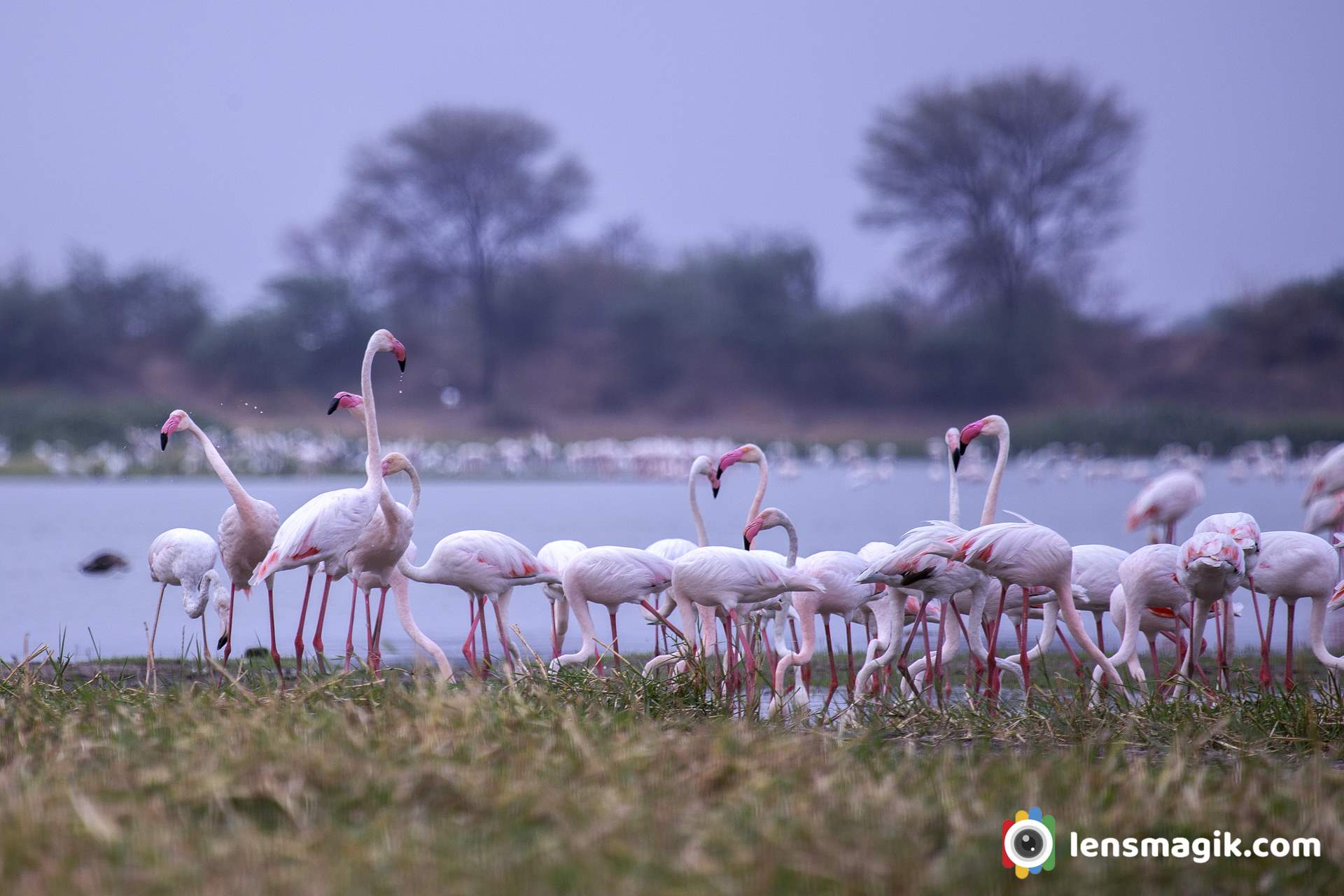
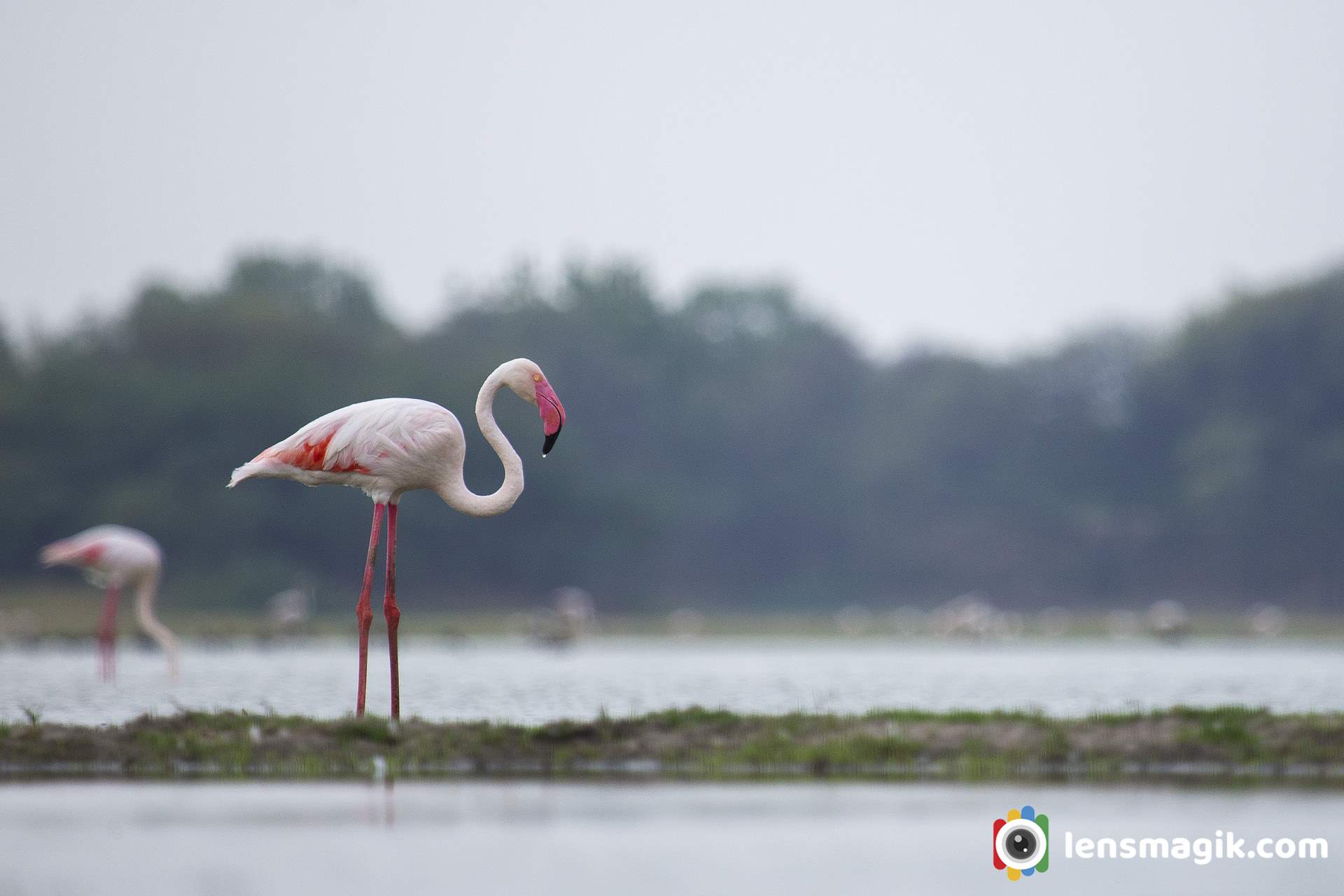
Solo Greater flamingo bird
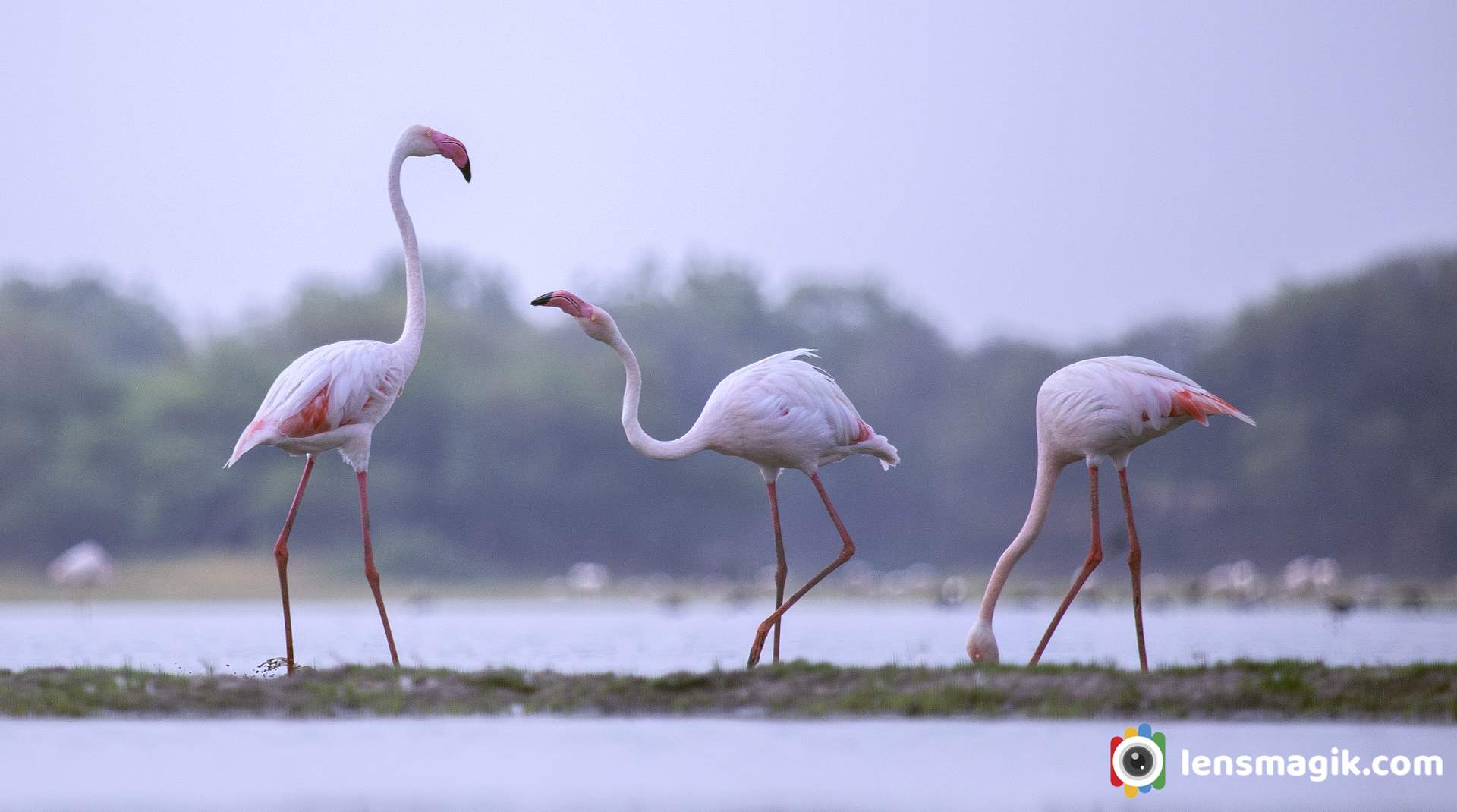
Some masti time for two flamingo birds .
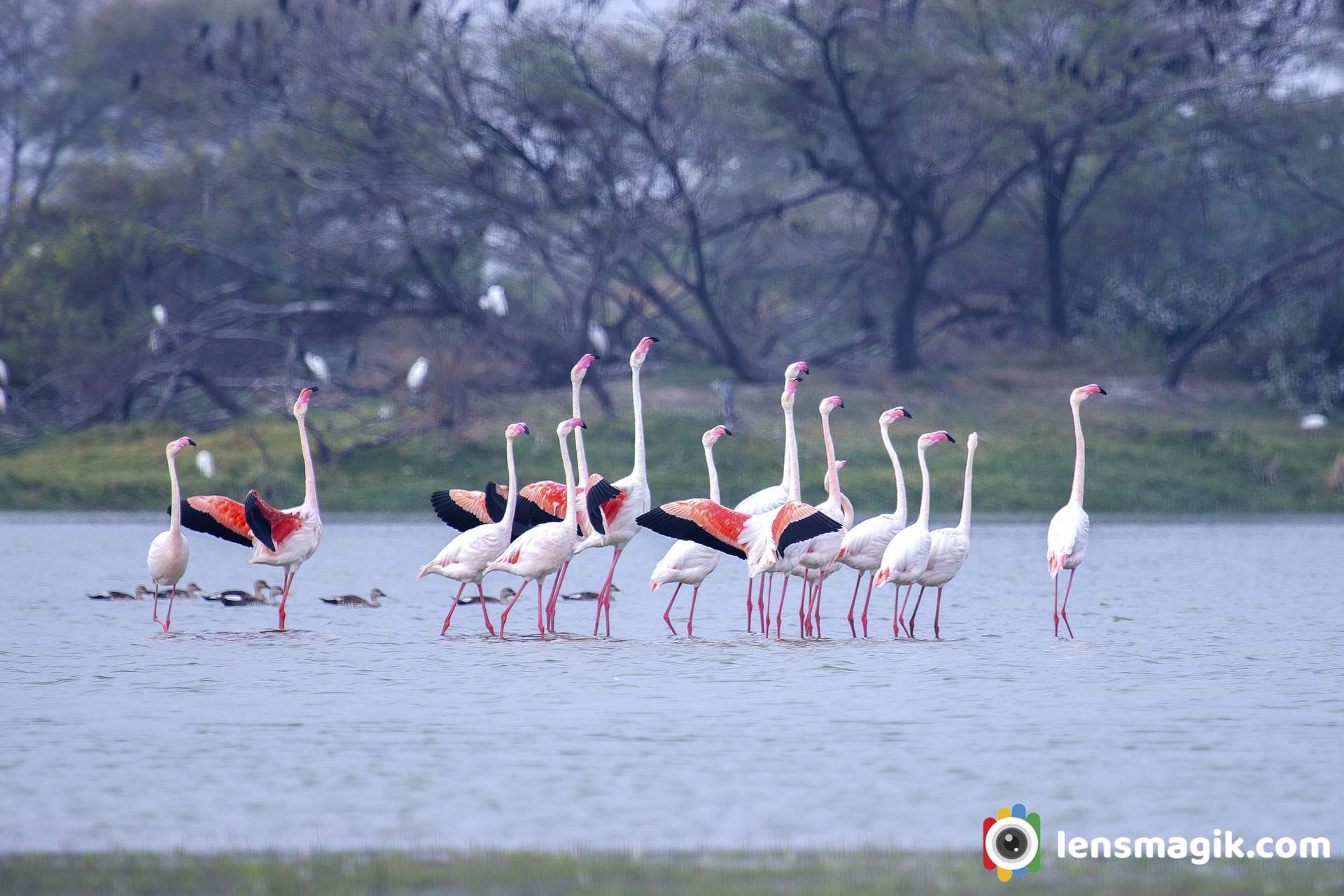
Above image shows the discipline of Flamingo Bird and looks like a morning pared they are doing .
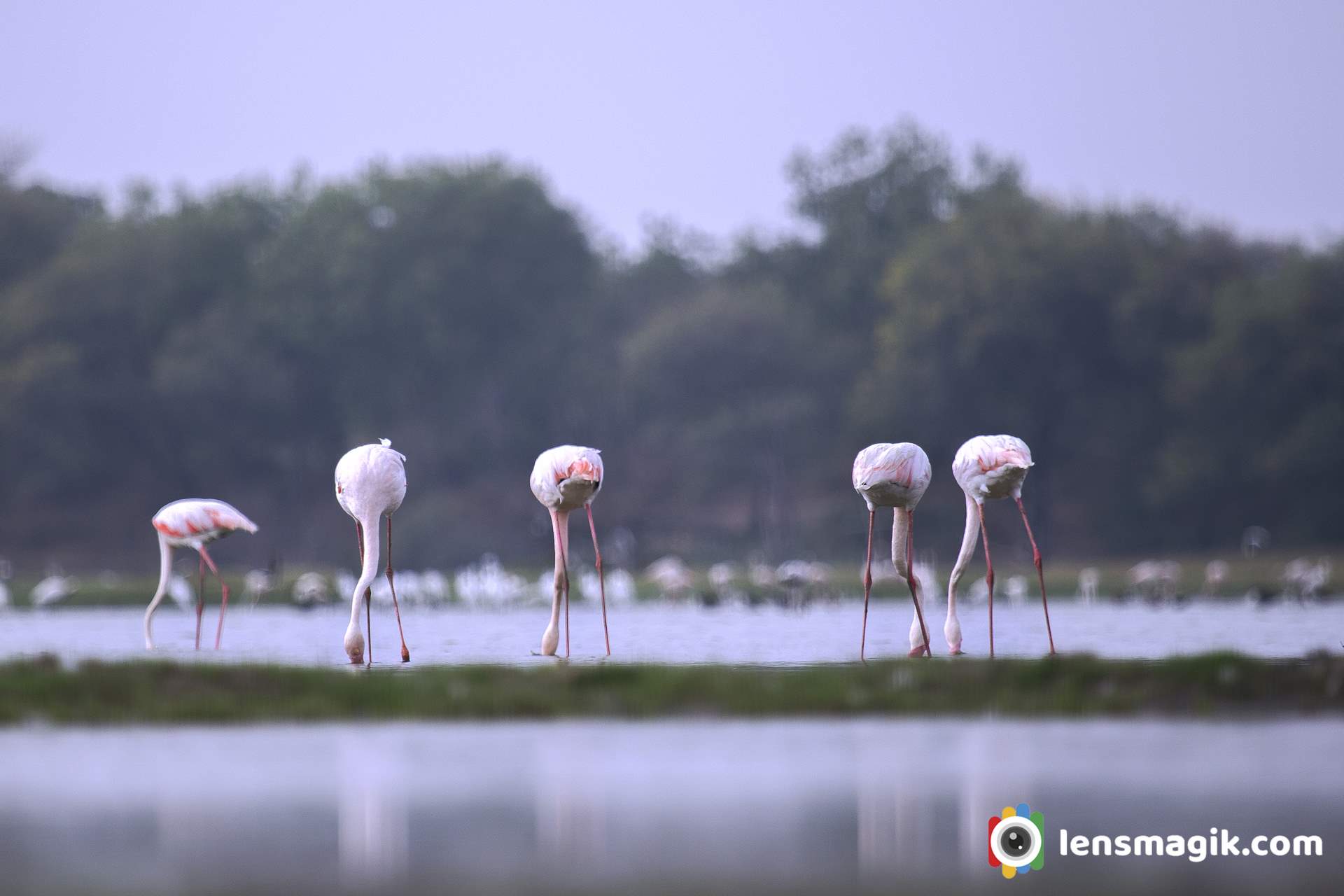
https://youtu.be/9dVBrR9NSOo
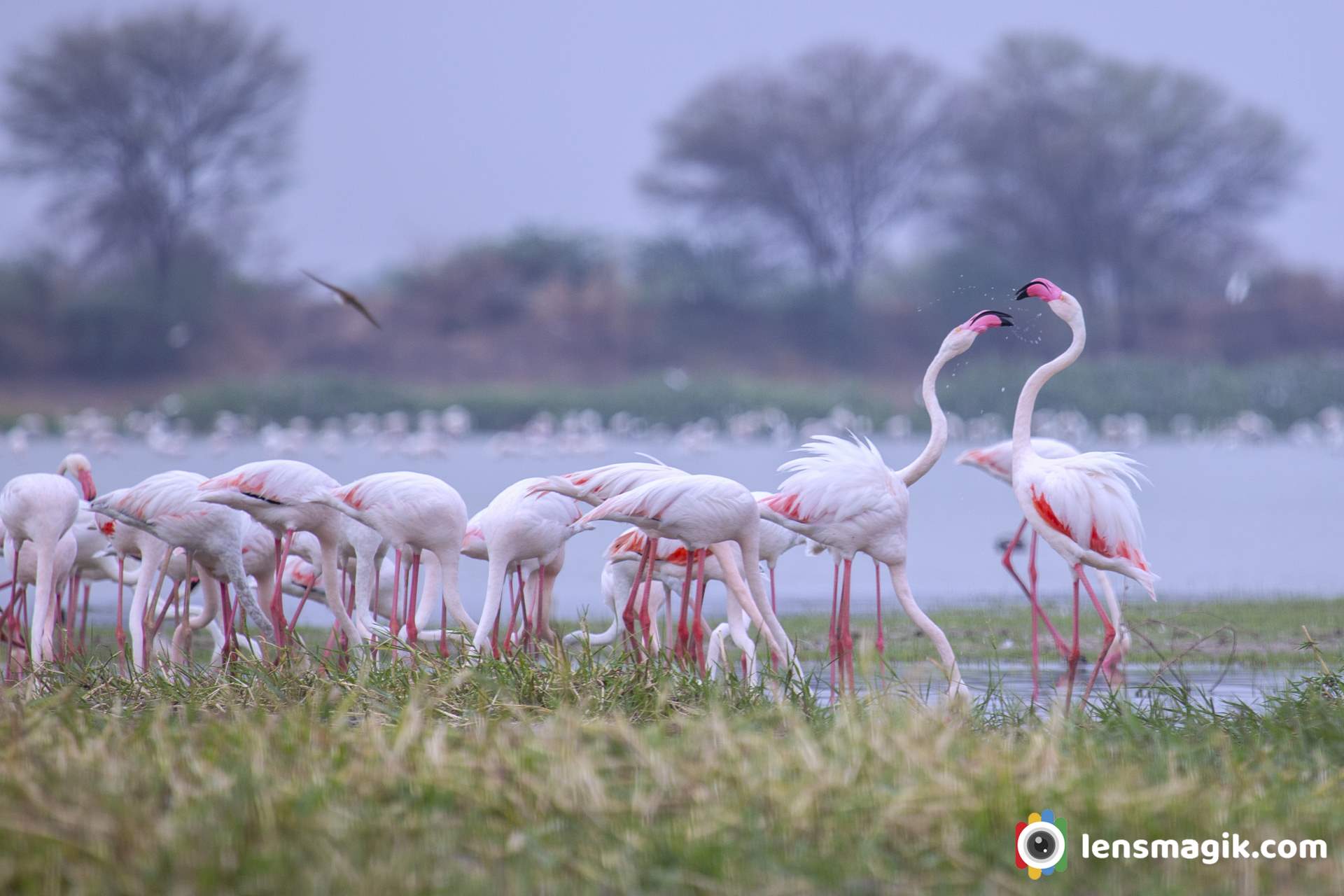
A group of Flamingo Birds at Thol Lake make your frame awesome.
Location : Thol Lake, Gujarat
Thol lake is just 25 km approx. from Ahmedabad. You can visit one day for Thol lake is enough. Also you can find another migratory birds like pelicans , bar headed goose, river tern and many more resident spices.
Ahmedabad to Thol lake distance about 25km
Thol bird sanctuary is located in Kadi Taluka in Mehsana District near sanand Gujarat. It is an artificial lake located near village Thol. In 1912 thol lake was built and it was declared as a Sanctuary in 1988. The main use of lake is use of water for irrigation. The Thol Bird Sanctuary or a Thol lake wildlife Sanctuary India is a habitat of more than 150 spices of birds. Also it is famous for migratory birds Flamingos and Sarus Crane which breeds here.
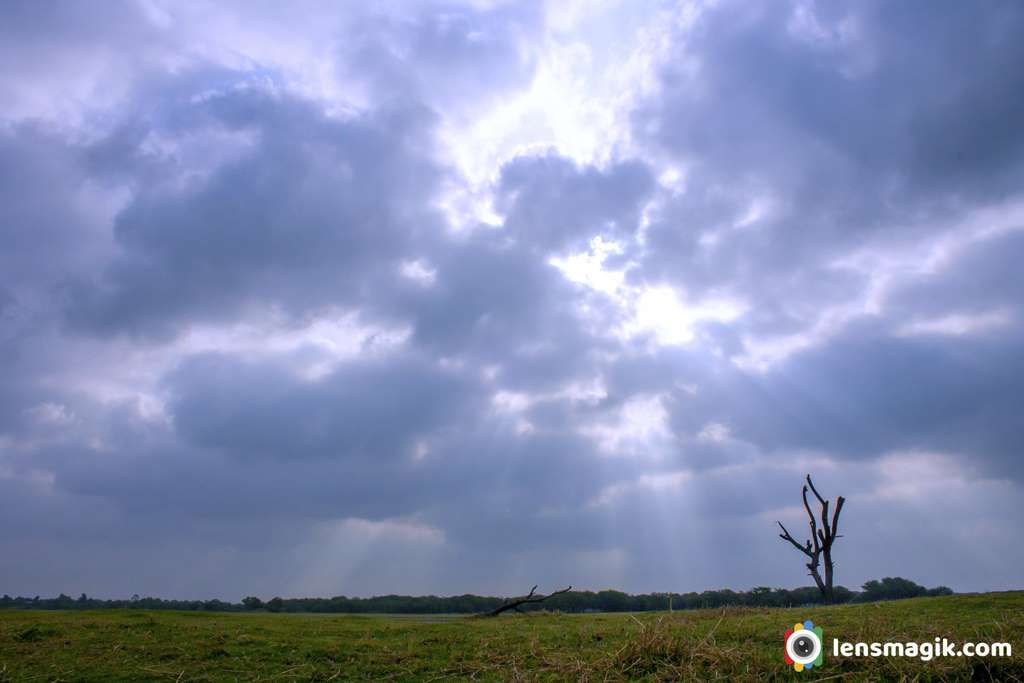
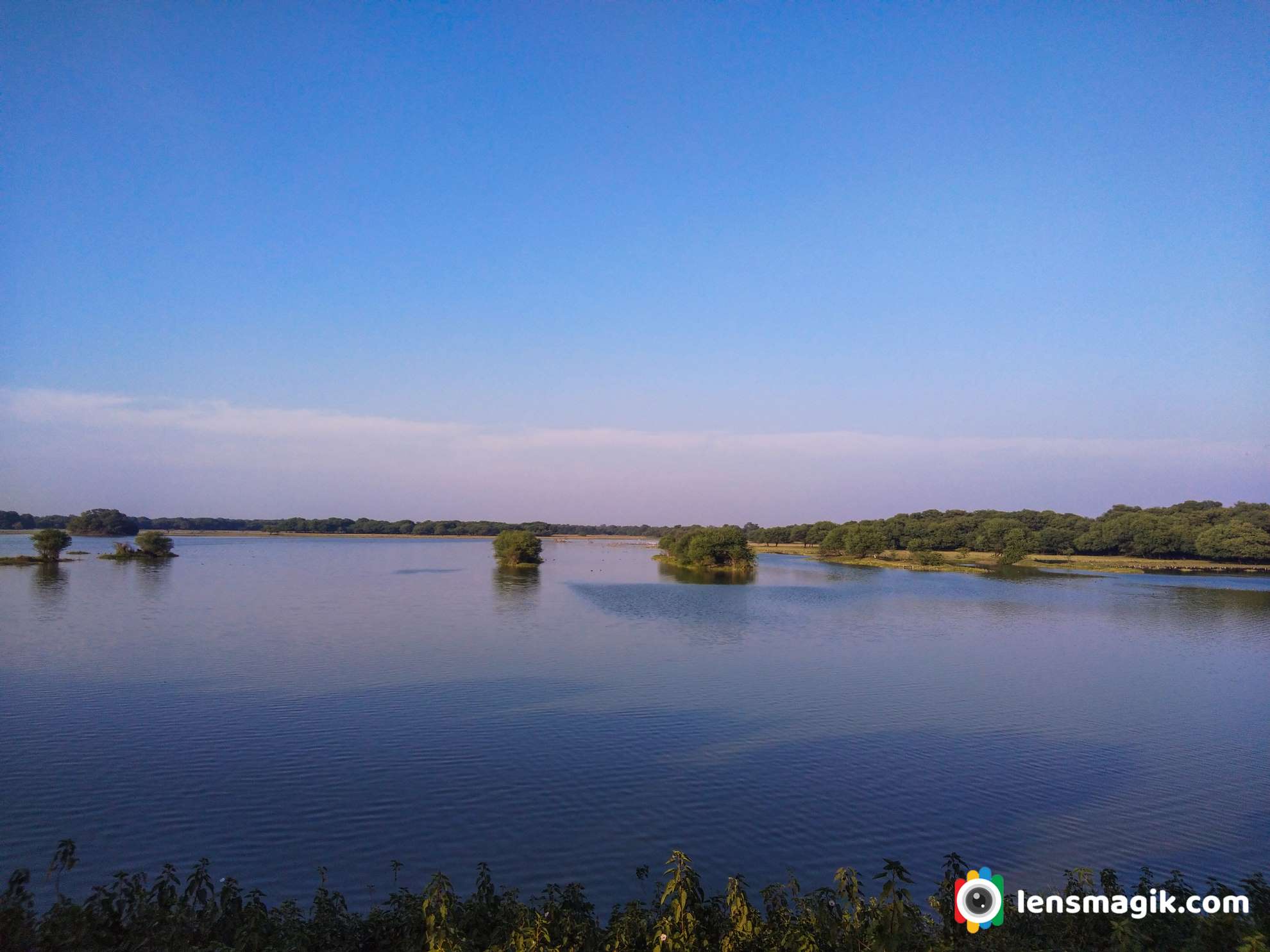
About Thol Lake / Thol Bird Sanctuary
Thol lake is located near Thol village and its area around 38000 acres. Lake faces all season winter , summer and monsoon. During winter temperature goes to 8 degree and in summer temperature goes to 43 degree. Thol lake is under control of Forest and Irrigation department of Gujarat. Thol lake water storage capacity is around 84 million cubic meters. Thol wildlife sanctuary is declared as Eco Sensitive Zone .
Flora and Fauna Thol Sanctuary :
Thol lake has many vegetation plants like Zizyphus, Acacia nilotica, Ficus, Capparis, Azadirachta indica etc. There are also some mix flora of Marshy and Aquatic plants reported in Thol Lake.
Thol lake is protected area and it is very good habitat for water birds. In thol bird sanctuary there are more than 150 spices of birds found . Among these more than 60 % of birds are water birds. Flamingo bird is most prominent bird of Thol Lake. Also Sarus Crane nest in large number here.
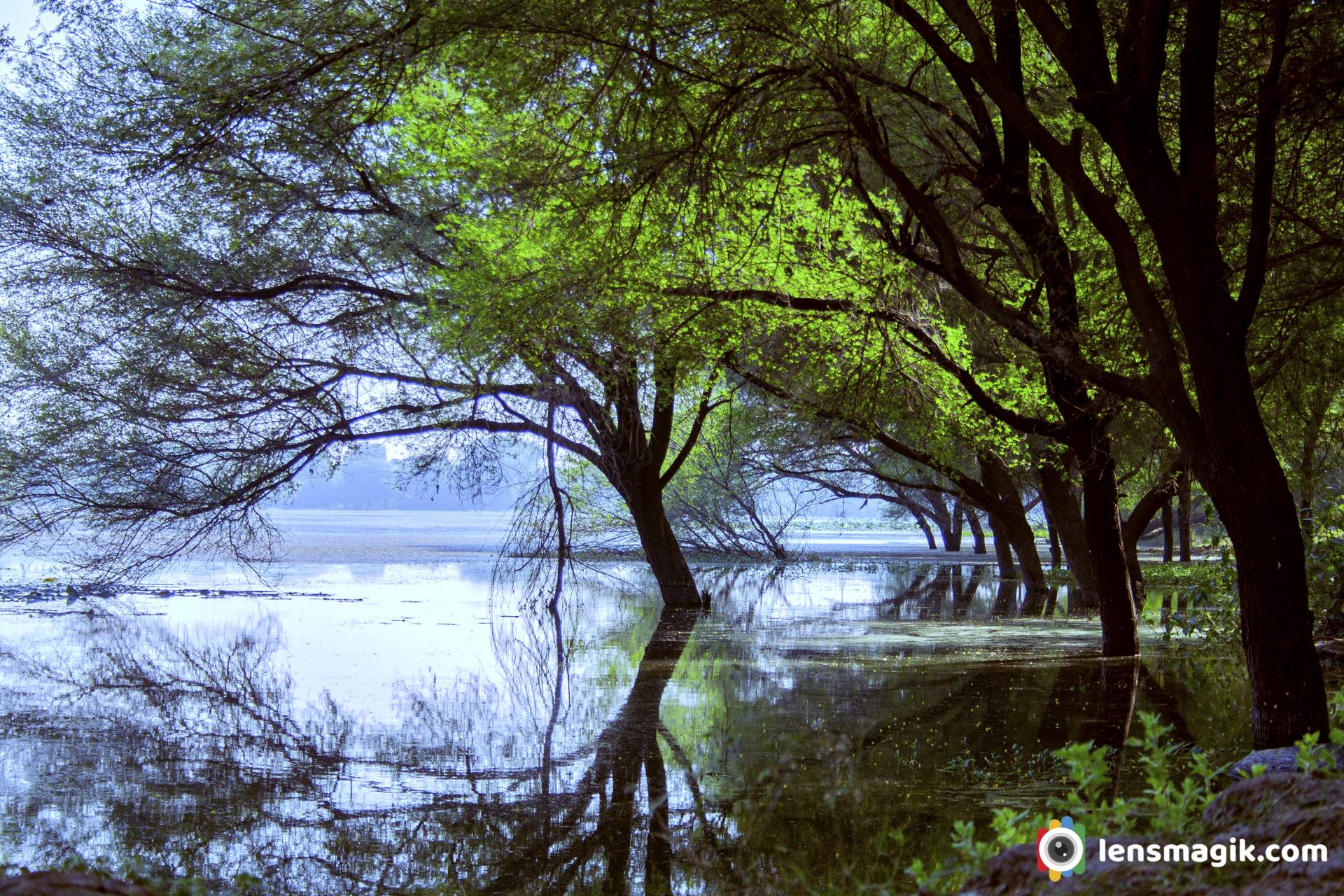
Famous Migratory Birds of Thol Lake
• Flamingos
• Sarus Crane
• Great White Pelican
• Mallards
• Bar Headed Geese , Grey Headed Geese
• Waterfowl
There are also some spices reported here like Dalmatian Pelican, Indian Skimmer, Greater Spotted Eagle, Indian Vulture and white rumped Vulture etc. In Mammals Bluebull, Blackbuck and Golden jackal reported here.
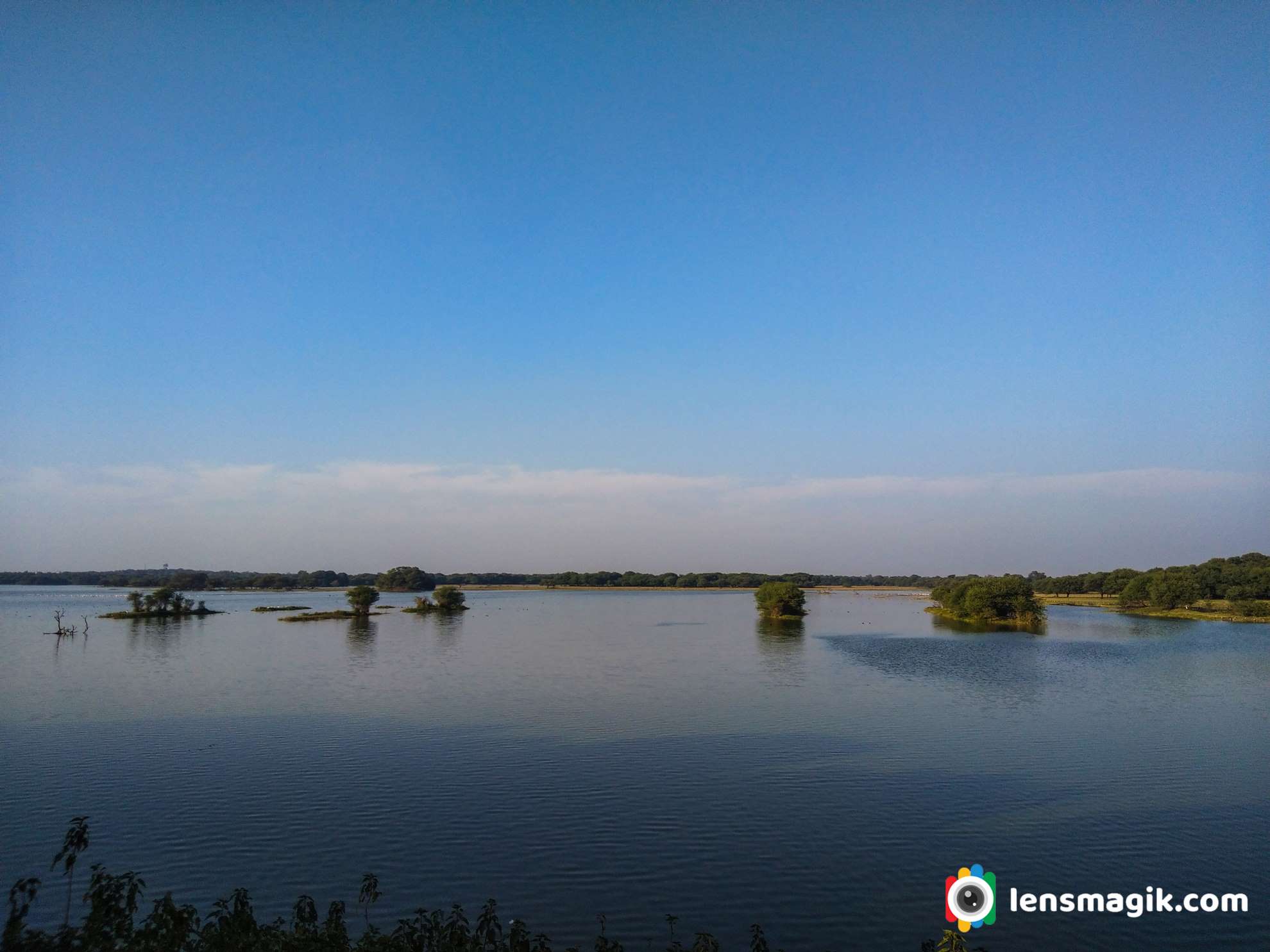
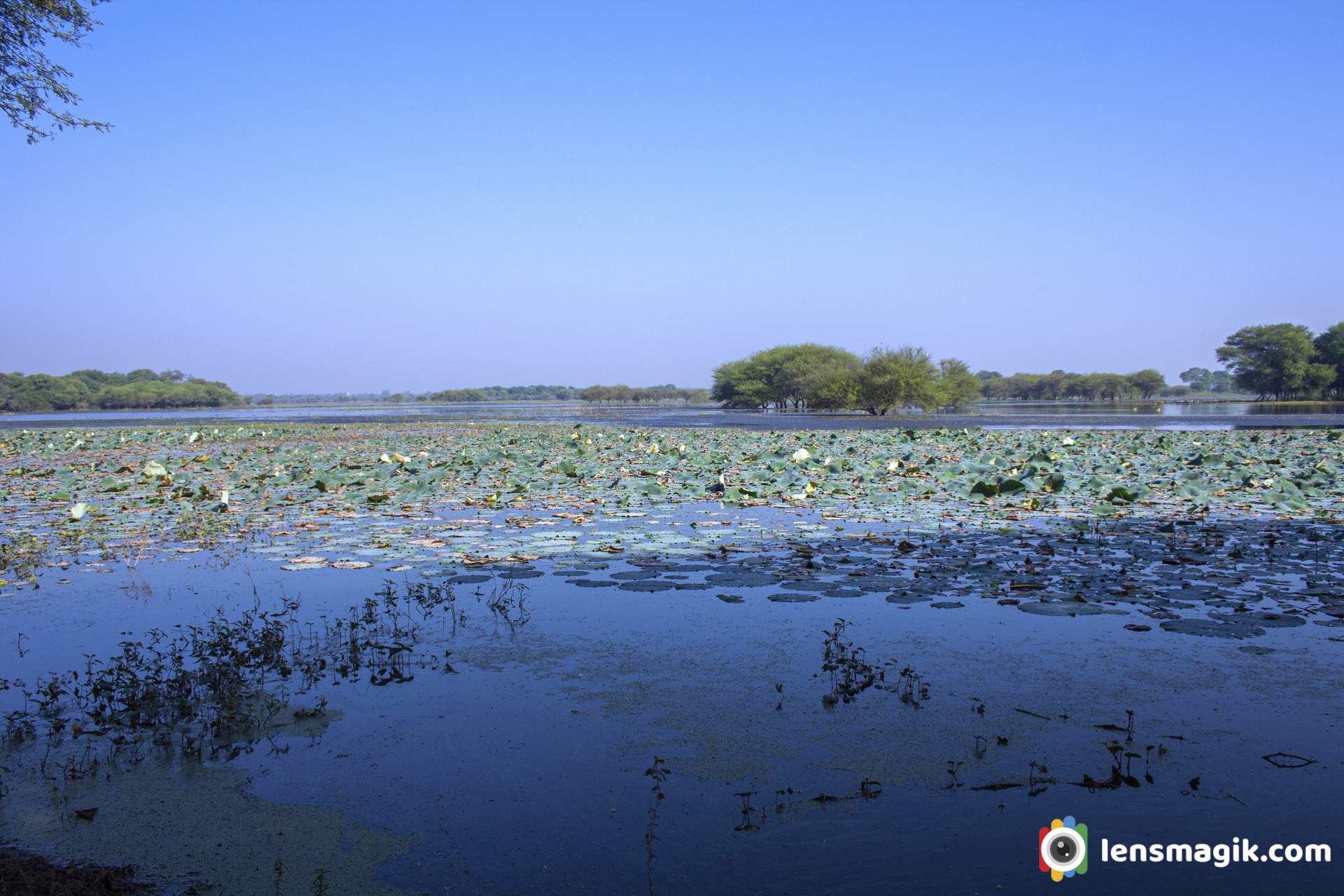
Thol Lake Timing and Fees :
Thol lake open everyday at 6 AM in morning and close at 5.30 PM in evening. Entry fees for Thol Lake or Thol sanctuary is 50 INR for per person. Also Camera fees extra at 200 INR and if you go via car then car fees also 500 INR. Foreigner fees are 10 $ per person.
Best Time to Visit Thol Sanctuary / Thol Lake :
Best time early morning for Thol Lake. In winter if you go before sunrise you can see Twilight sky amazing with lake shore and birds sound .During all season Thol lake has its own beauty. Every season you can visit at Thol Lake. But mostly during winter from November to March season is best for Thol Sanctuary visit. Because during winter lots of Migratory birds came here and stay for long time so for birding winter season is best at Thol Lake. Also during summer some of birds stays here like flamingos and pelicans, geese etc. So you can also see them in summer too. Also during summer water level of lake is low so may be the birds you can get in deep or sometimes closer. During monsoon most people don’t visit but if you like macro photography then you must visit Thol lake in monsoon. You can get some excellent macro subjects like waterdrops , Spiders, Insects etc.
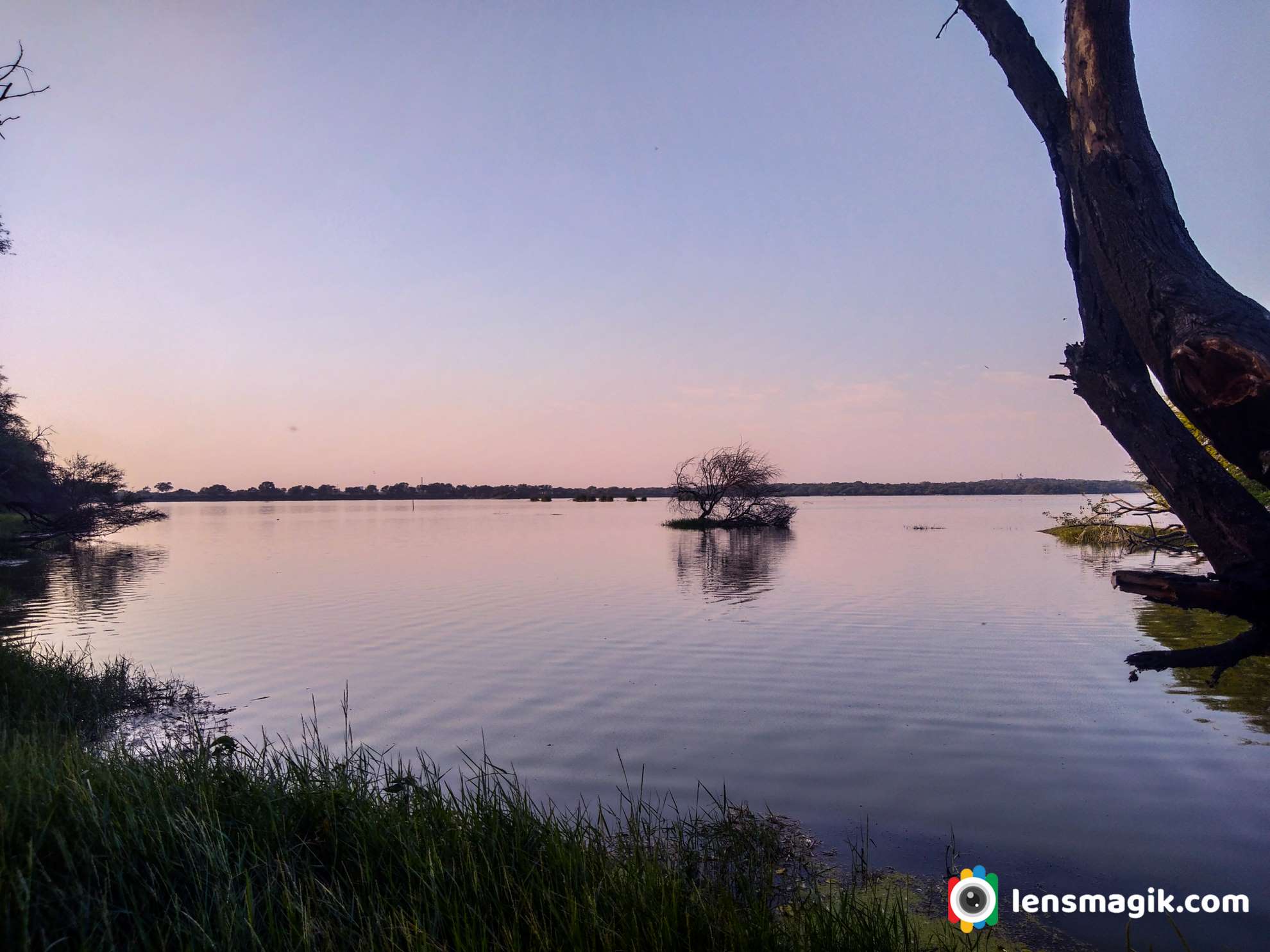
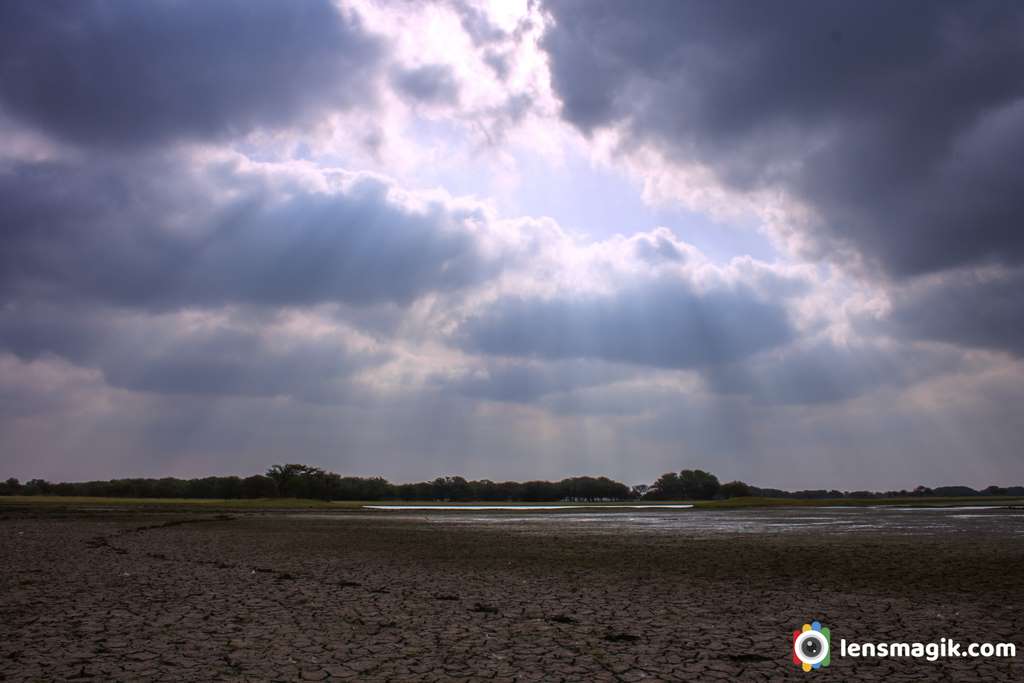
What to do and What not to do in Thol Lake / Keep in mind while visiting sanctuary in India :
• Keep silence in sanctuary
• Maintain discipline
• Keep sanctuary clean
• Do not throw plastic waste anywhere in sanctuary
• Protect wildlife
• Observe birds, mammals etc and protect them and identify them
• Follow rules of wildlife protection act -1972
• Don’t disturb birds and animals
• Don’t enter in sanctuary with liquor and inflammable objects
• Don’t make loud noice.
• Enter in sanctuary with permit only and keep receipt till you leave sanctuary
• Don’t feed birds and animals
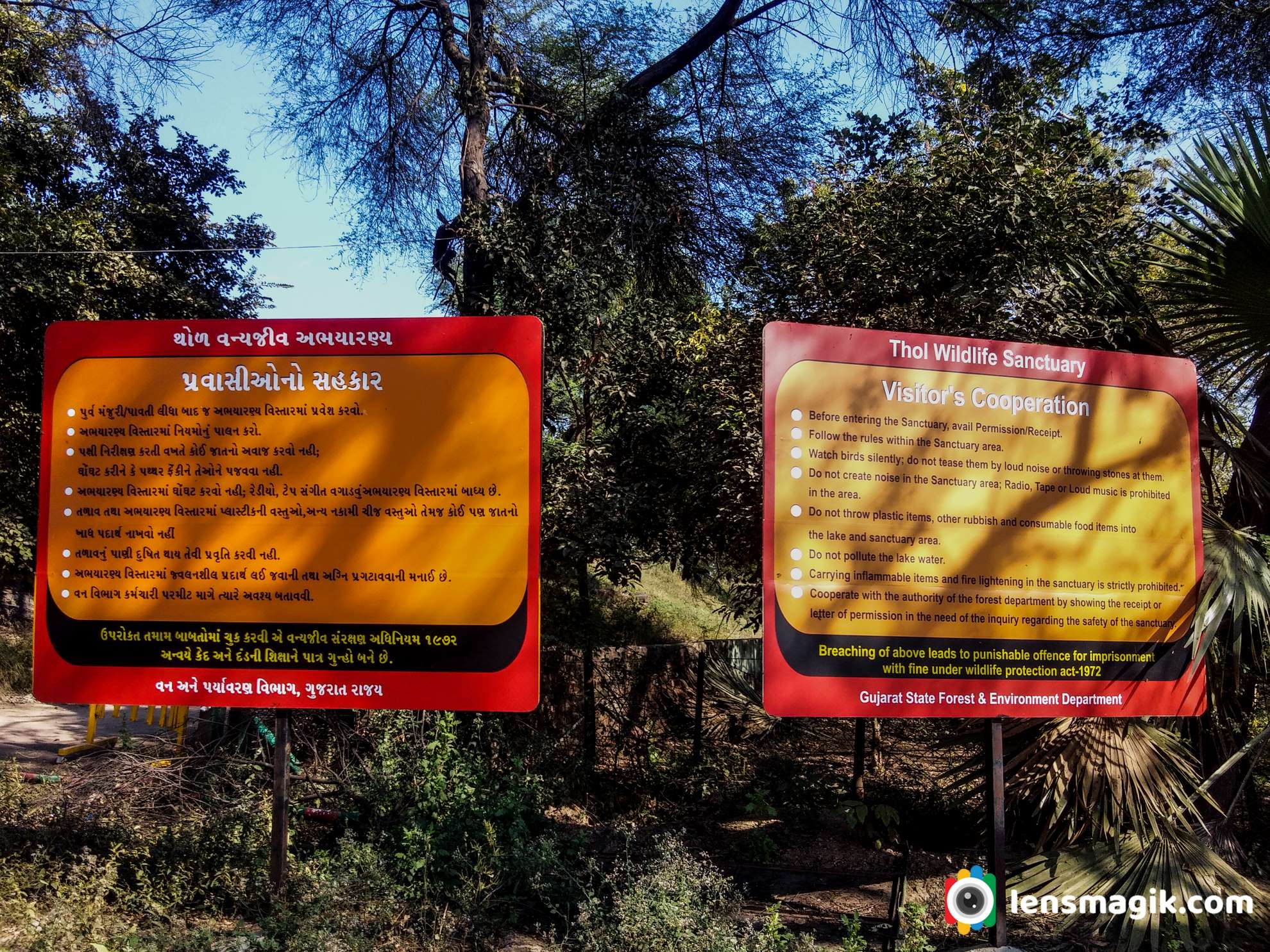
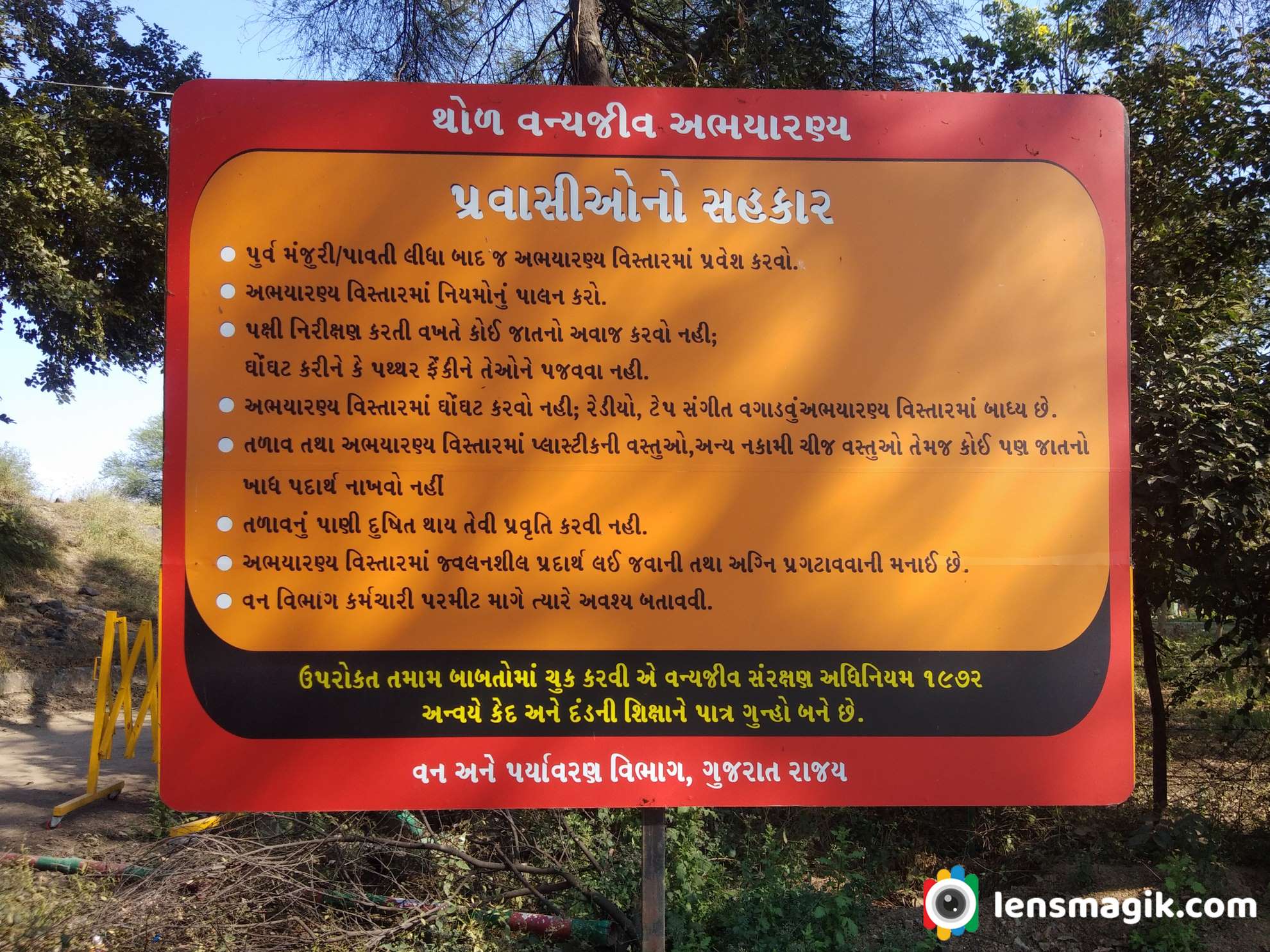
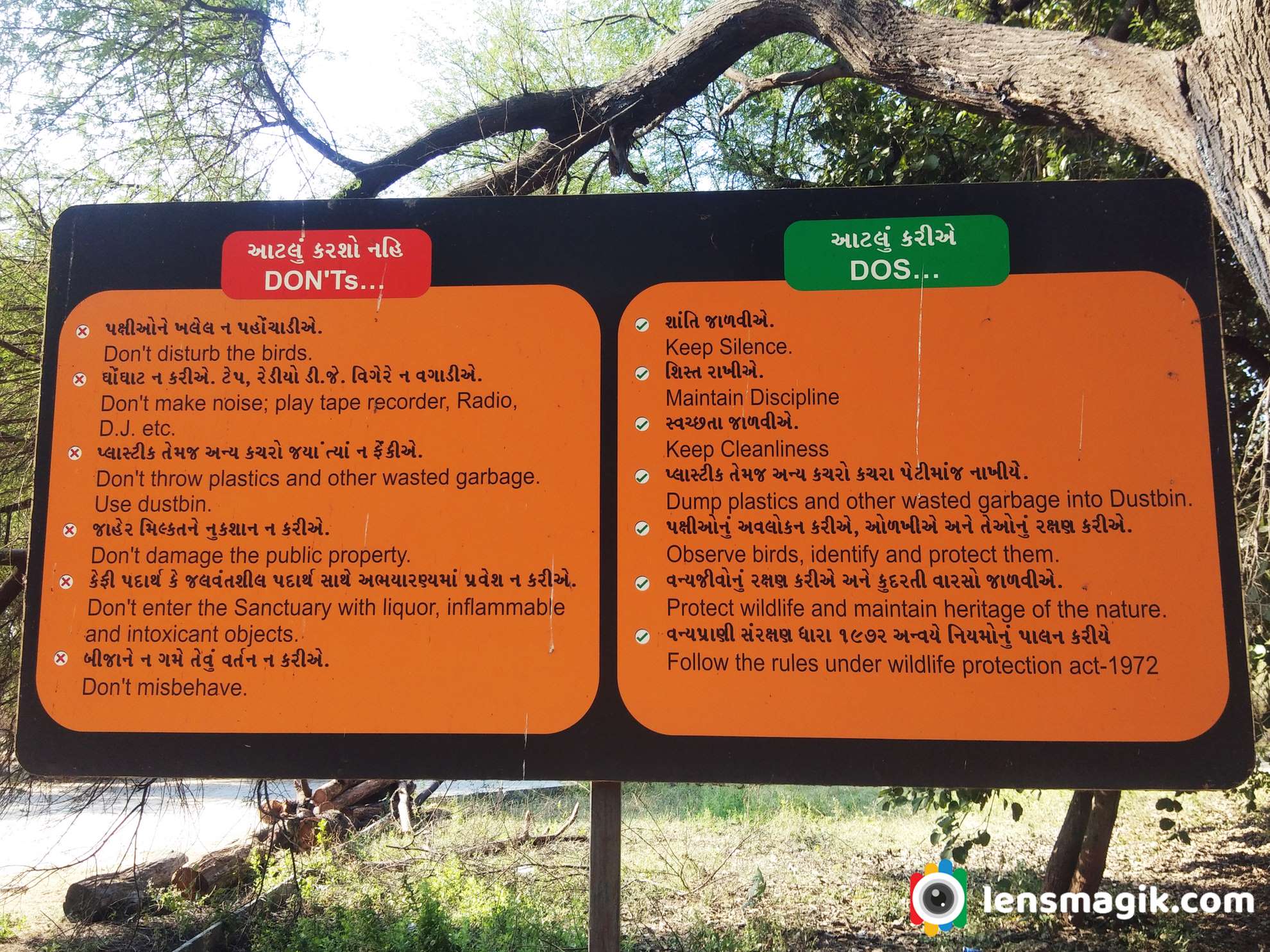
Where to Stay near Thol Lake :
Well near to Thol Lake there are not good places to stay at night but you can go near to destinations like Kadi, Kalol or Gandhinagar , Ahmedabad where you can get good places to stay at night. Nearest I suggest Kalol around 15-18 km or you can go Ahmedabad around 25 km.
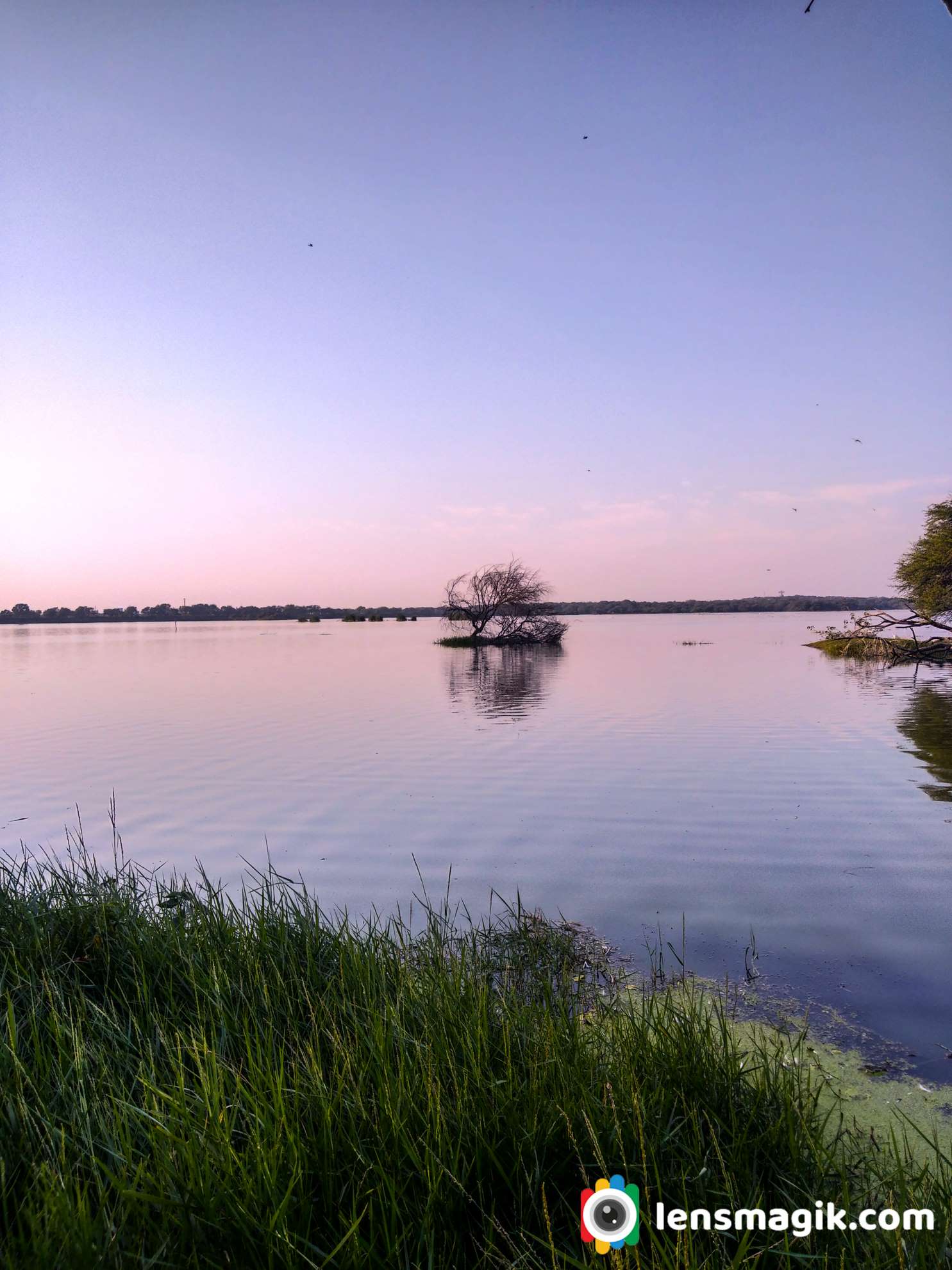

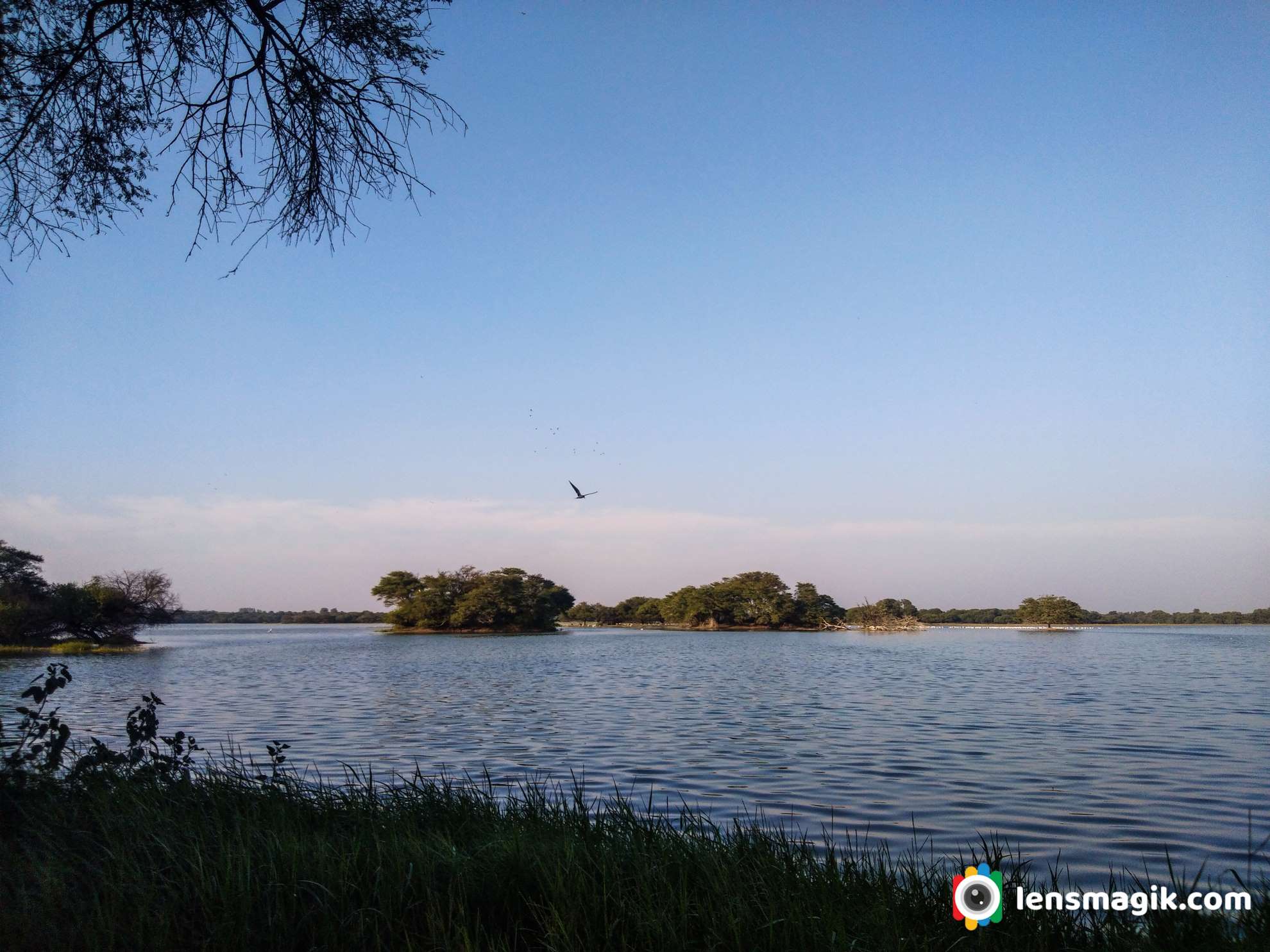


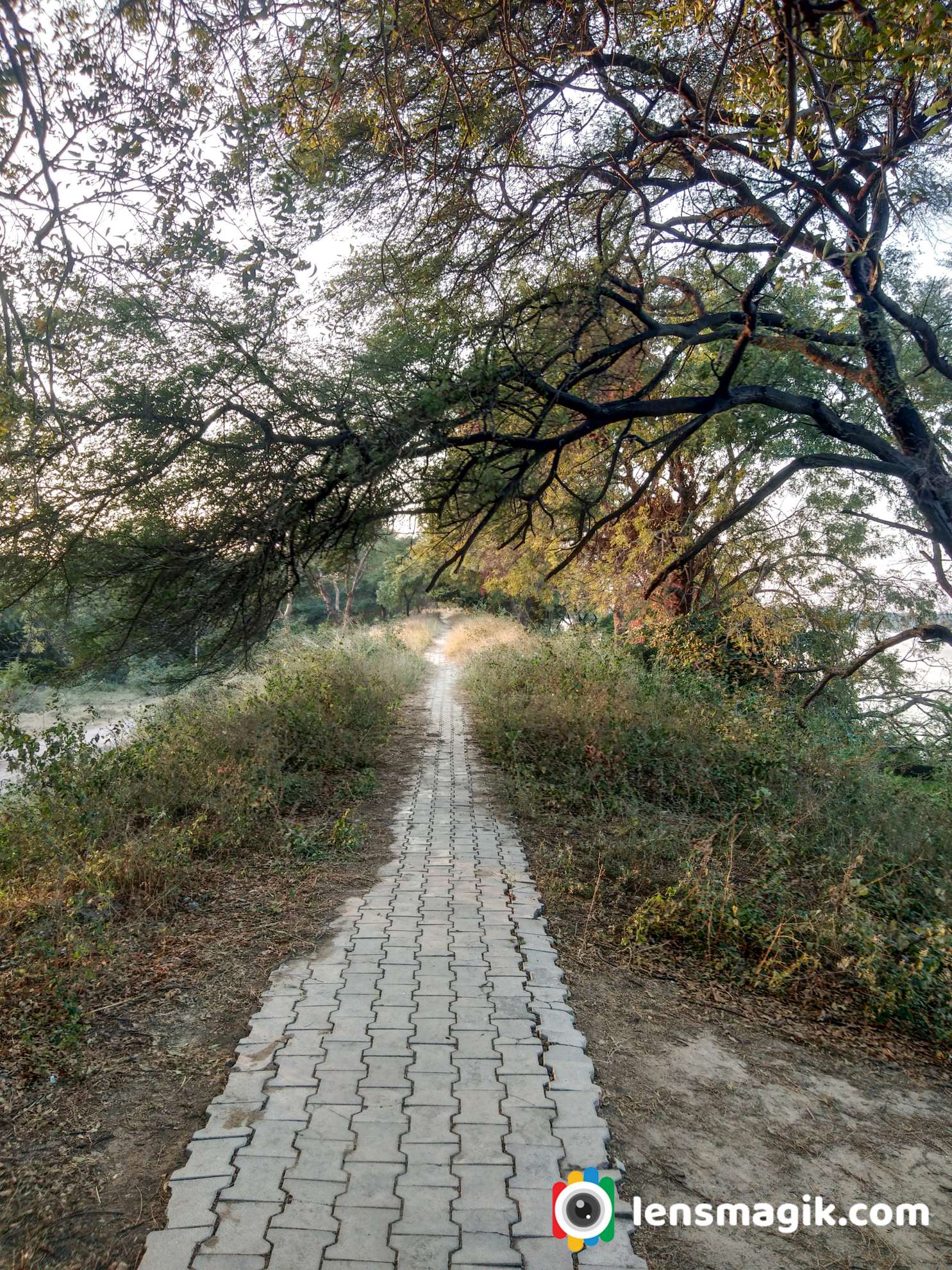
Places to Visit near Thol Lake :
If you are staying at Ahmedabad then go for Ahmedabad Darshan , Pol area of Ahmedabad and Adalaj Ni Vav ( Heritage places ) etc. Also go for fast food test at night at Manek Chauk and SindhuBhavan road there are lots of option for food lovers like Urban Chauk, Freezbee etc.
If you stay at Gandhinagar then visit Mahatma Mandir at Gandhinagar, Sarita udyan , Akshardham Temple etc.
I would suggest Modhera Sun Temple if you had some more time which is around 100km from Ahmedabad. For bird lovers and bird photographer I would suggest visit Little ran of Kutch (LRK) during Winter season, Pariej Lake, Indroda park Gandhinagar, Jessore Sanctuary Banaskantha etc.
How to Reach Thol Sanctuary :
Nearest airport is Ahmedabad and from Ahmedabad thol lake distance is around 30-40 km
Also for Railway station is Ahmedabad because you can get all frequency and destinations from Ahmedabad railway station.
Mt Kanchenjunga or Mt Kangchenjunga both spellings right and whatever you say located in west Bengal India. When i was on my Singalila National park trek i visit it. It was really gesture to see Mt Kanchenjunga from own eyes. A beautiful Mountain surrounded by snow and little bit clouds looks like you are in Heaven. The view i capture makes me very happy to see first time snow mountain in my life. When i was at my last location of my trek at Sandakphu we go for birding and v had a clear mountain view of Kanchenjunga. Kanchenjunga is also spelled Kangchenjunga. Height of Mt. Kanchenjunga/Kangchenjunga is 8586 m . The view of Mt Kanchenjunga from India is amazing as you can see in photos. This Mountain range in wide angle as shown above image looks like Sleeping Budda so this mountain range also known as Sleeping Buddha Mountain Range too.
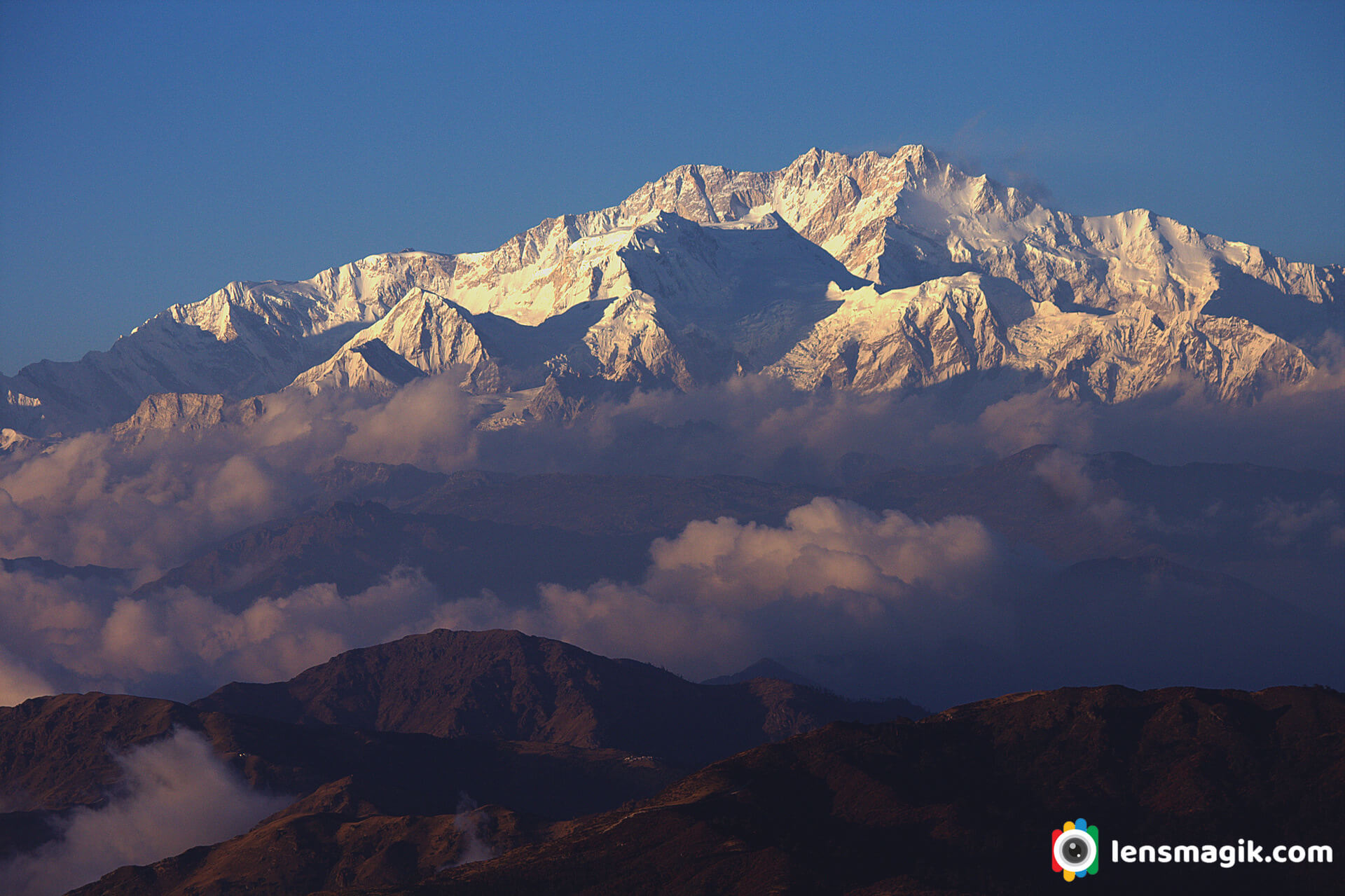
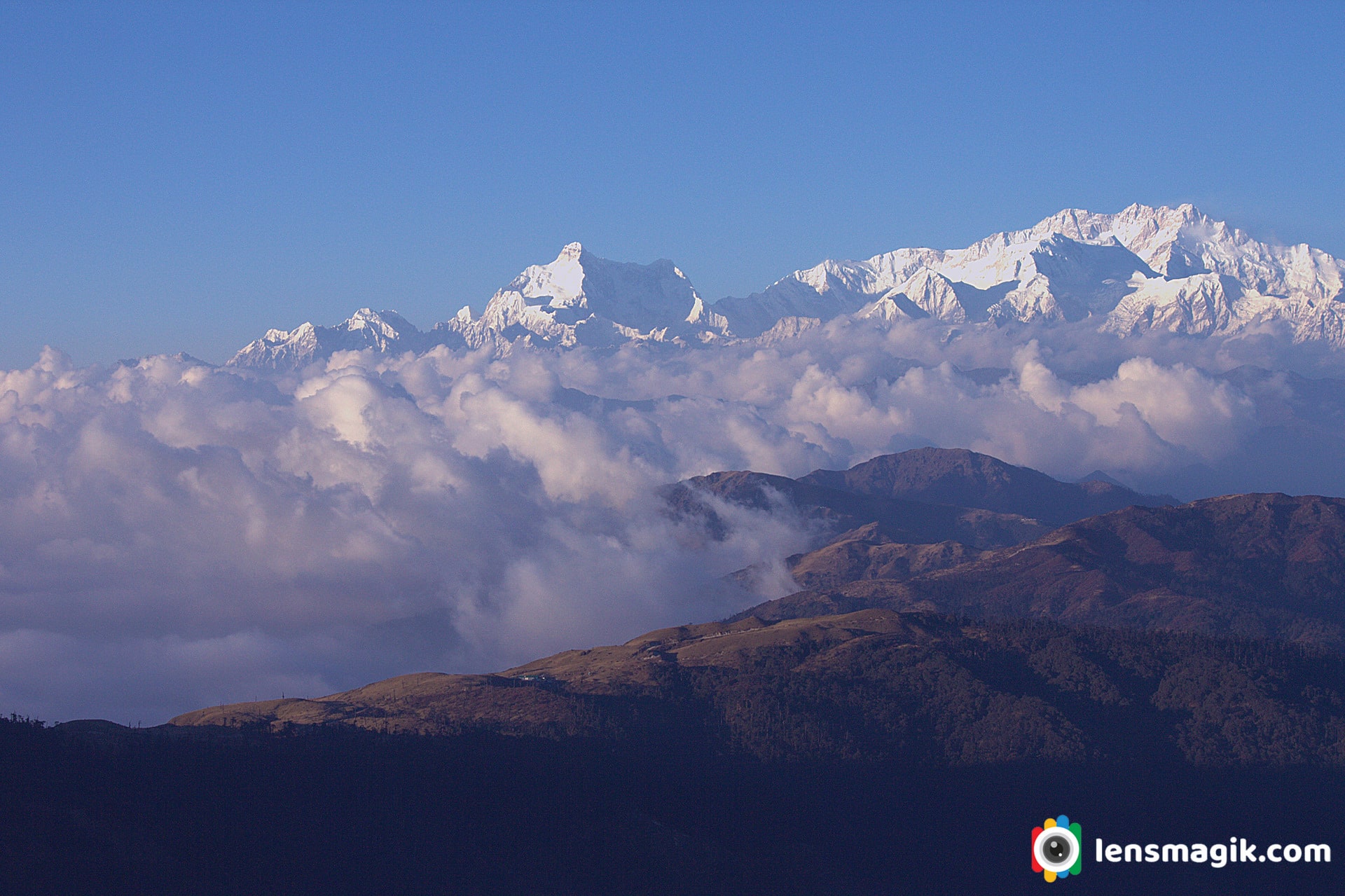
The name Kanchenjunga is derived from sanskrit kanchana ganga . Kanchana means gold and ganga is the river which flows in the region. The river shines like gold and hence the name Kanchana Ganga was given to this mountain.
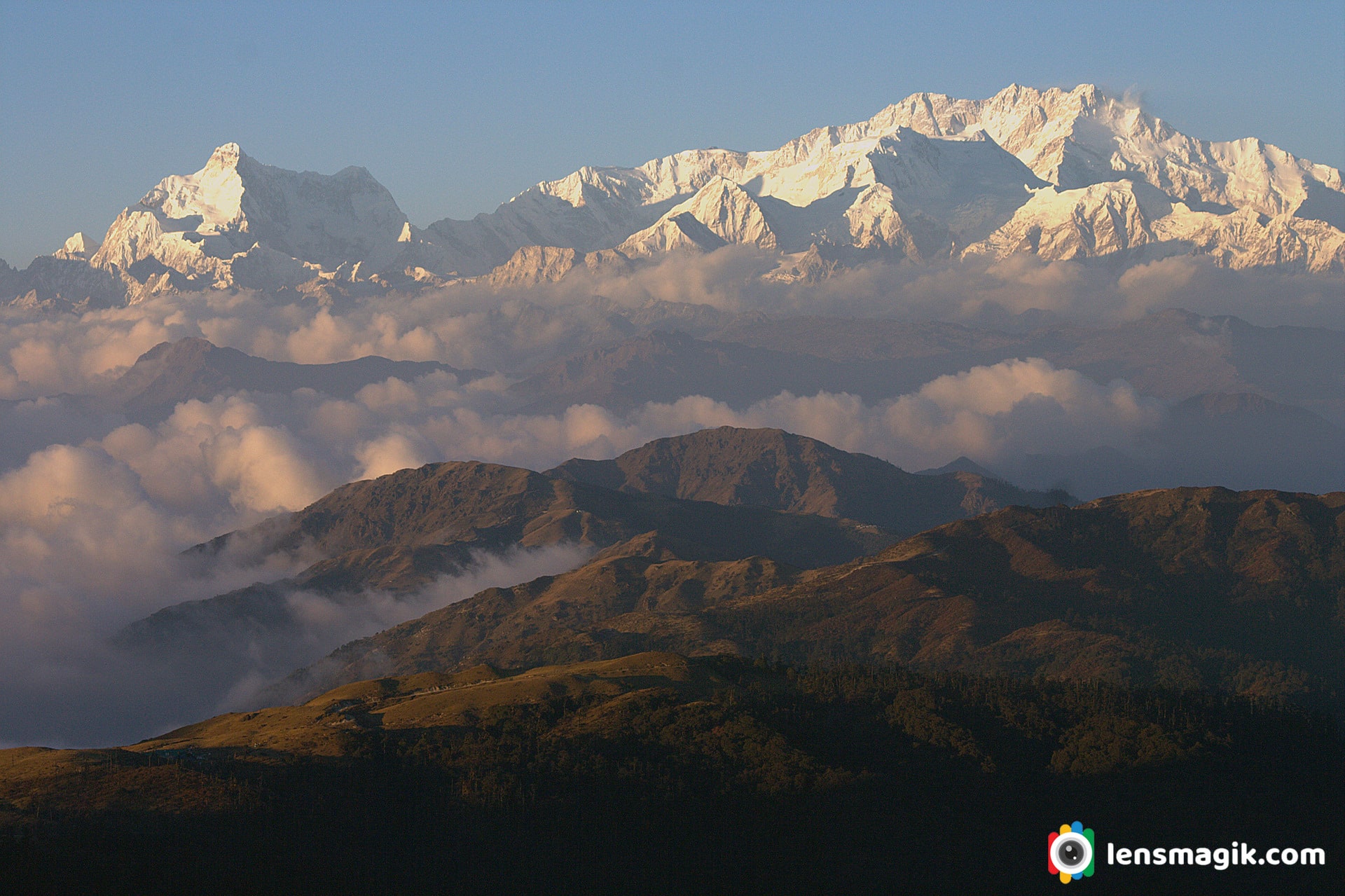
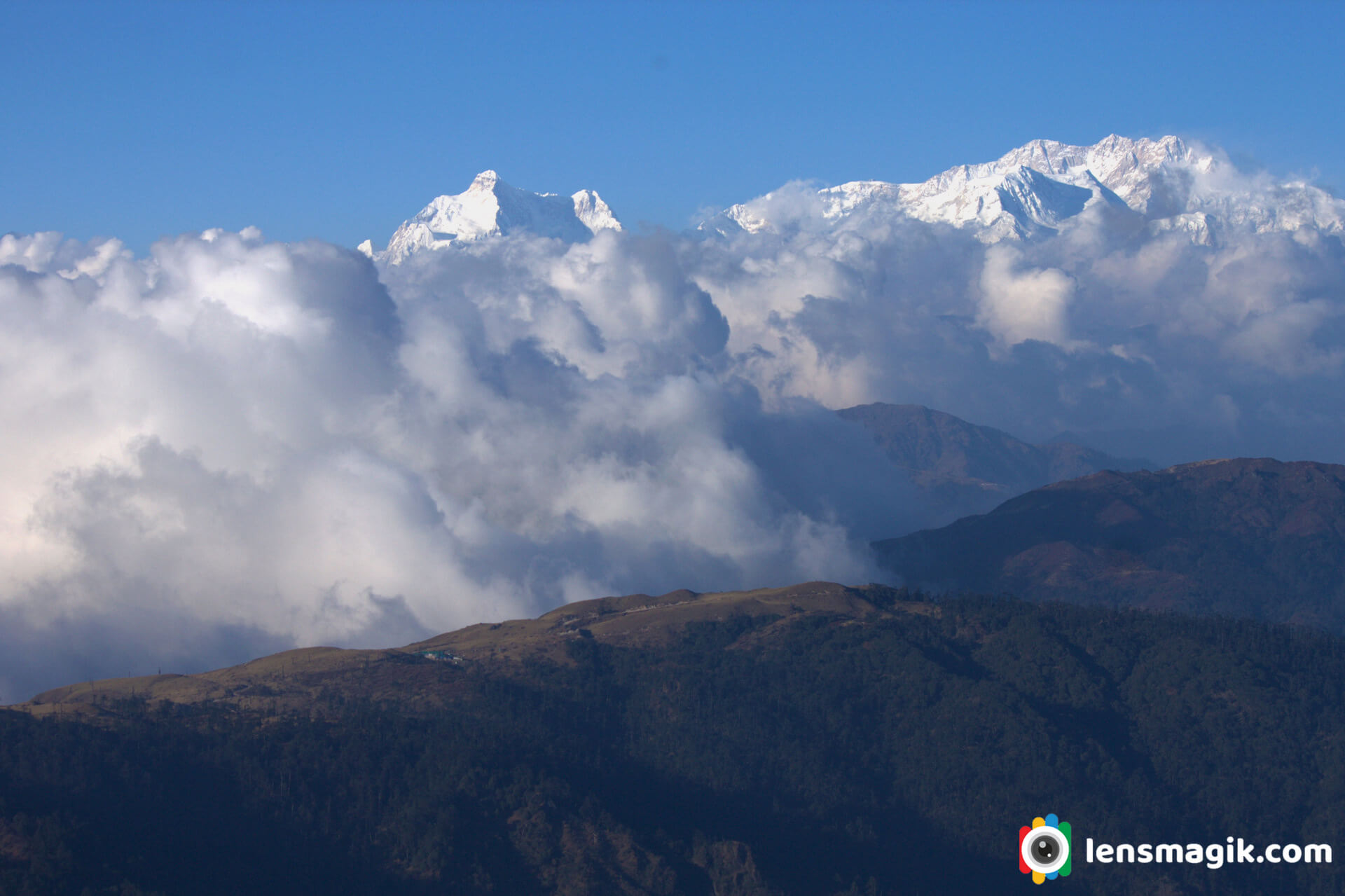
Things to know About Mt. Kanchenjunga/ Mt. Kangchenjunga :
- Kanchenjunga Mountain is about 28,169 ft height and located along the Nepal-India border in the Himalayas.
- It is the third highest mountain in the world.
- It contains 5 peaks and four of them above 27,700 ft of heights.
- Kanchenjunga is also name of surrounding section of Himalayas and means THE FIVE TREASURES OF SNOWS .
- Joe Brown and George Band was the first climber of Kanchenjunga mountain on 25 may 1955.
- Kanchenjunga mountain boundry shared by Nepal, India, China and Bhutan.
- Total 5 peaks of Kanchenjunga are Kanchenjunga Main ( 28169 ft ), Kanchenjunga West ( 27904 ft ), Kanchenjunga Central ( 27828 ft ), Kanchenjunga South ( 27867 ft ), Kangbachen ( 25928 ft ).
- Kanchenjunga Main is the highest elevation of Brahmaputra River.
- There are four climbing route for Kanchenjunga among them 3 are from Nepal and one from Sikkim India.
- It is also known as Sleeping Buddha Mountain range.
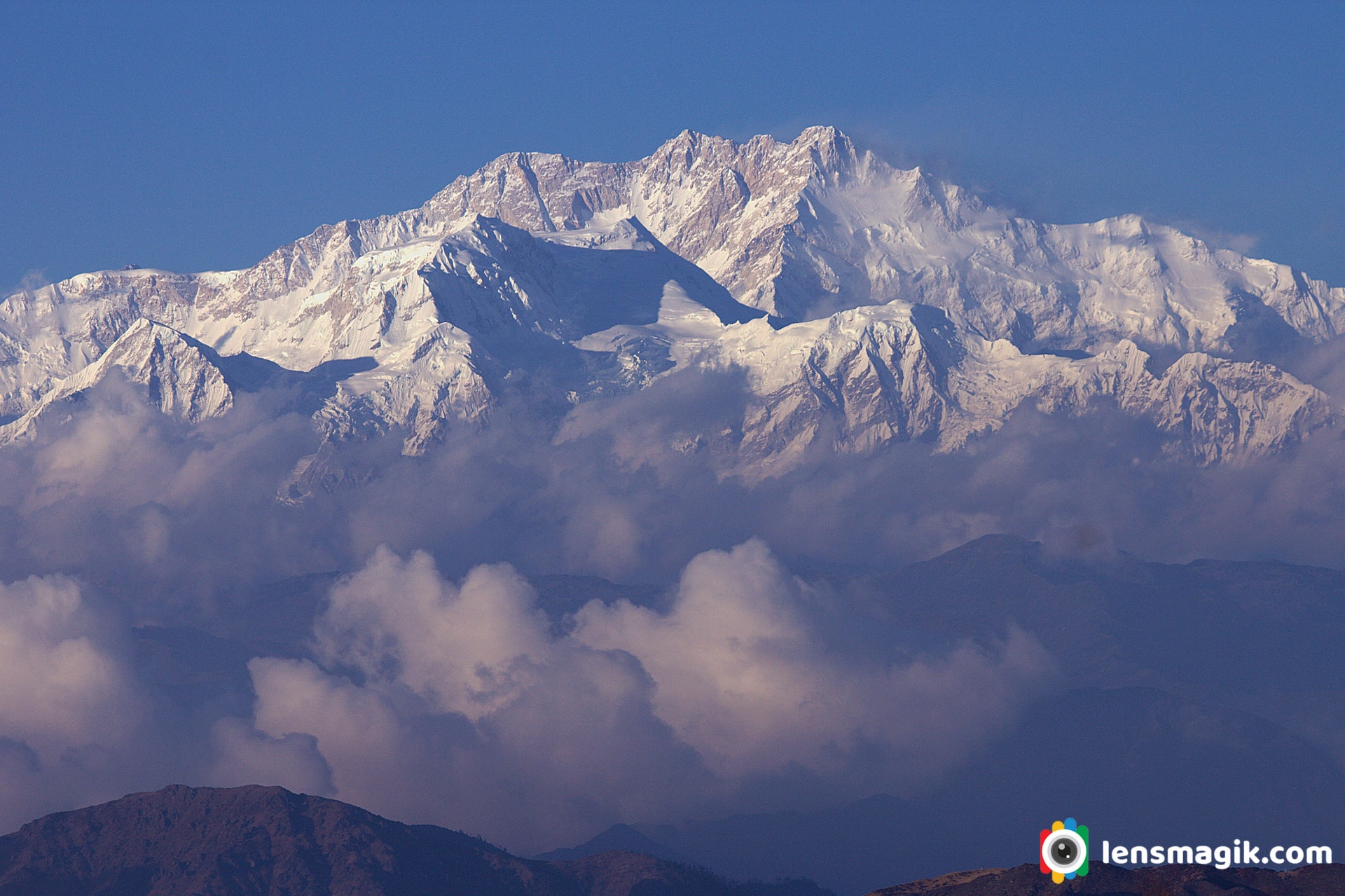
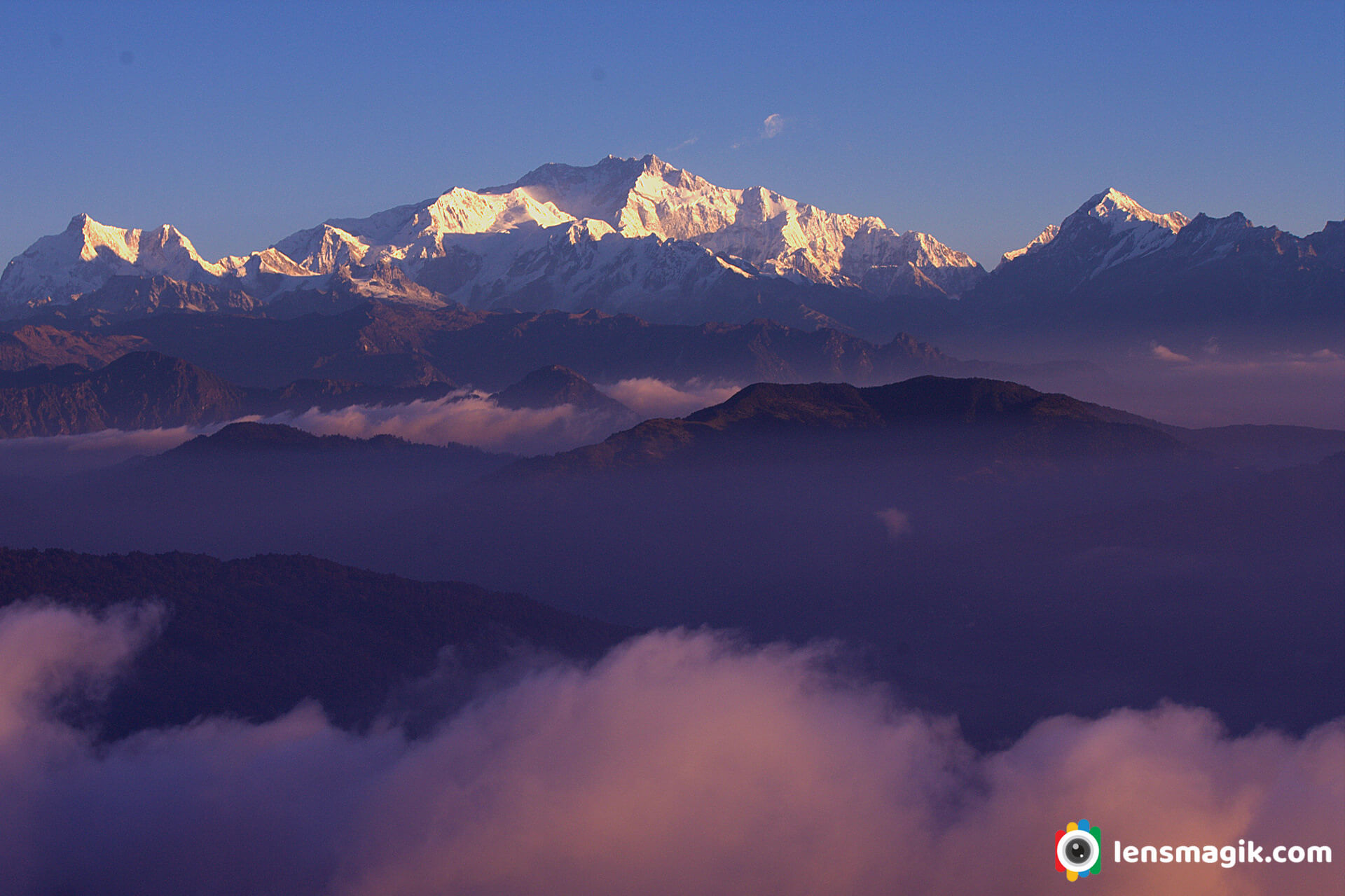
When i was on a tour to Singalila National Park we have a terrific view of Kanchenjunga mountains and also other Himalayan mountains. The best view of Kanchenjunga i saw from Sandakphu located at India-Nepal border. I also saw Mt. Everest from here. Everest is on a long distance but if weather is clear you can see it very clearly.
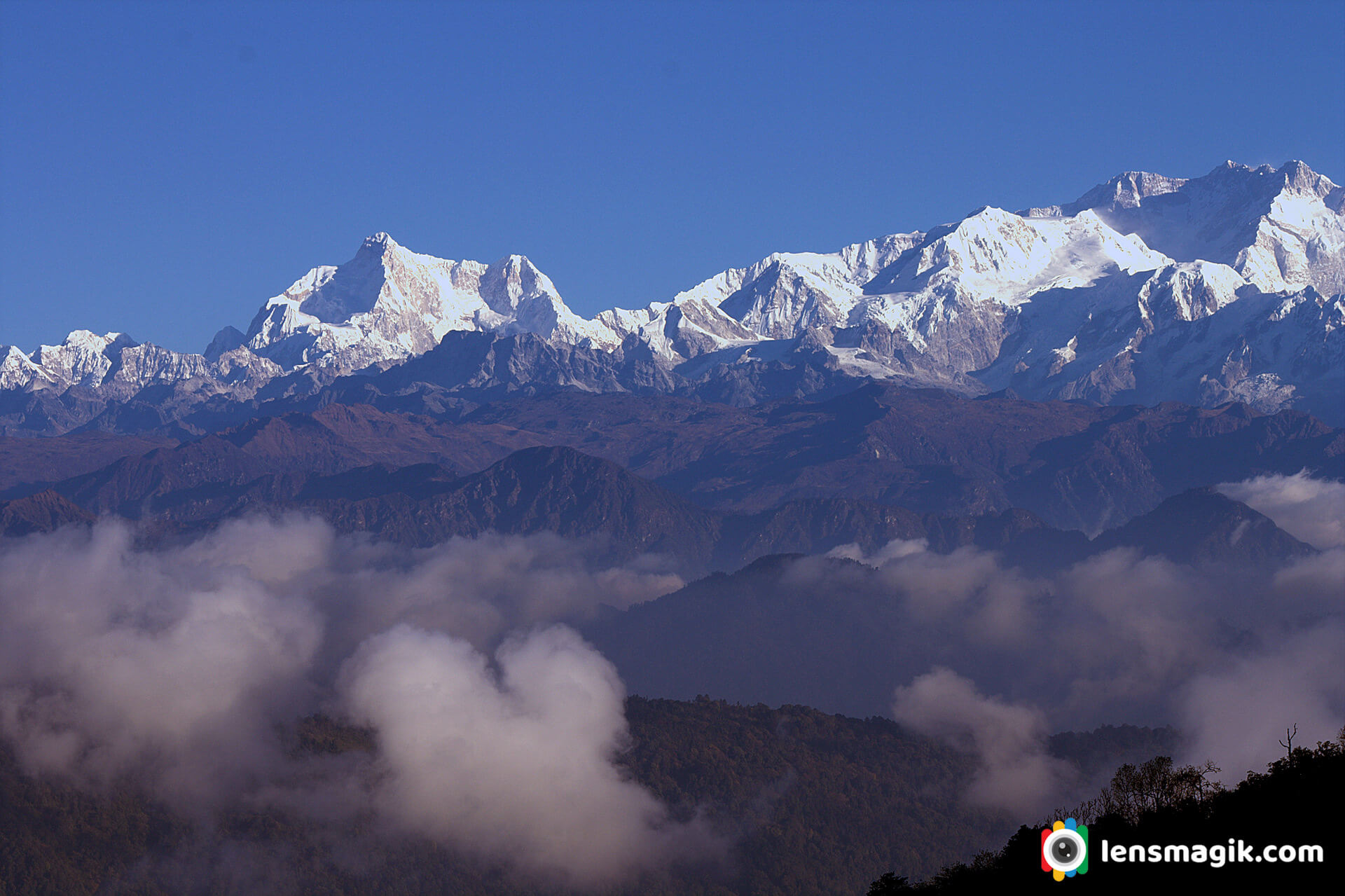
In above picture the mountain shows in left side ( Triangle 3 peaks ) of Mt Kanchenjunga is Kumbhakarna Mountain.
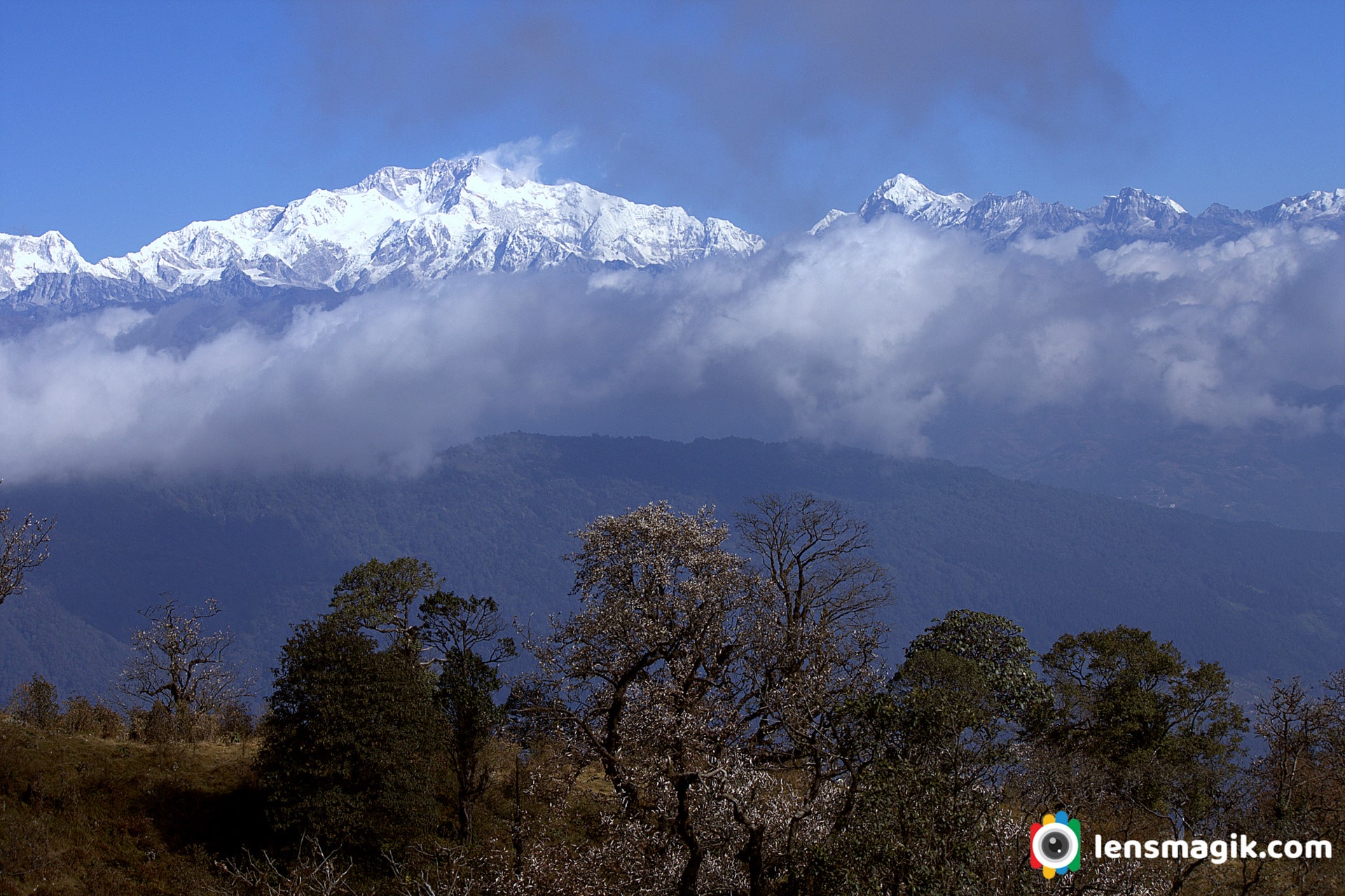
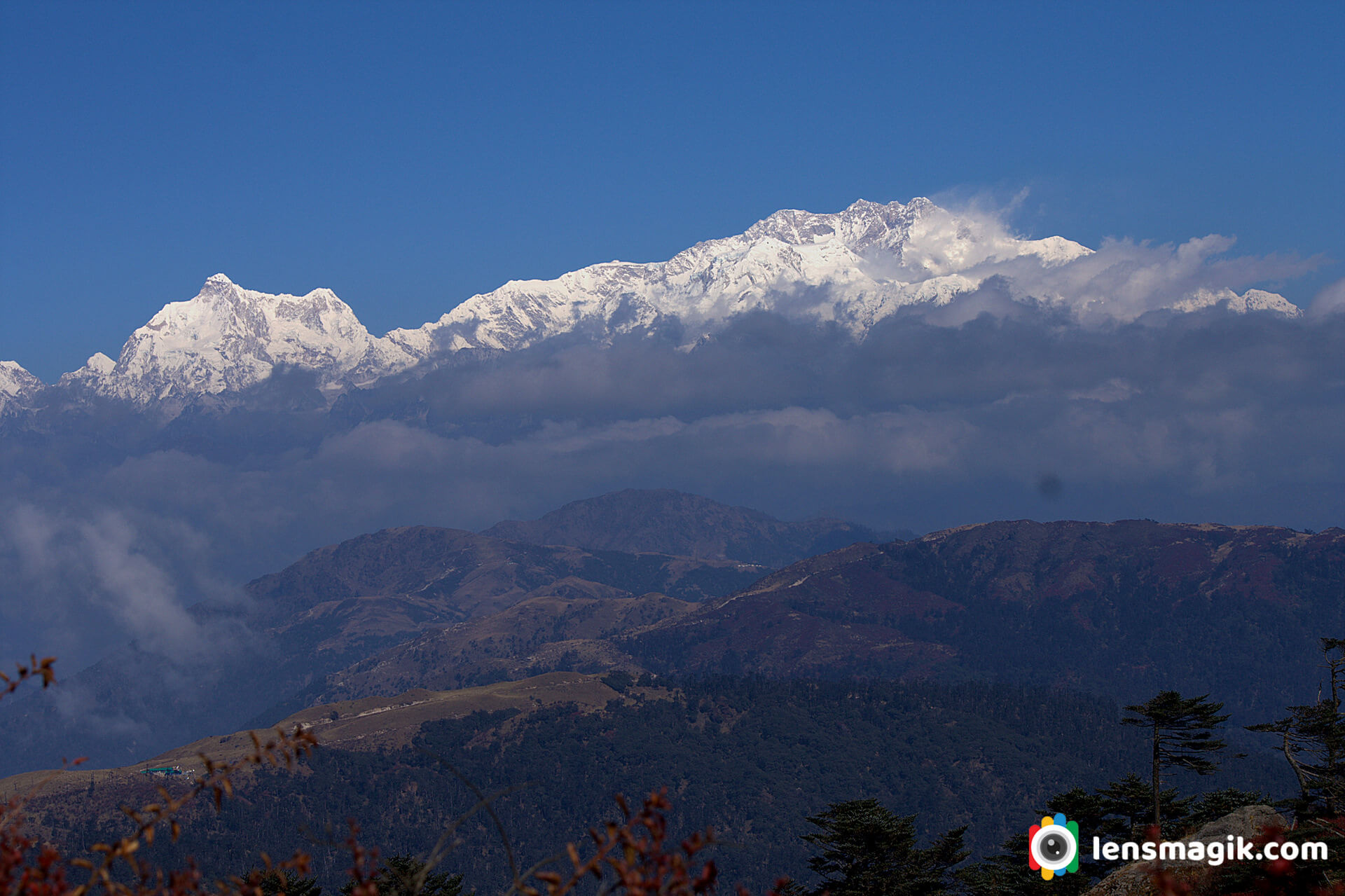
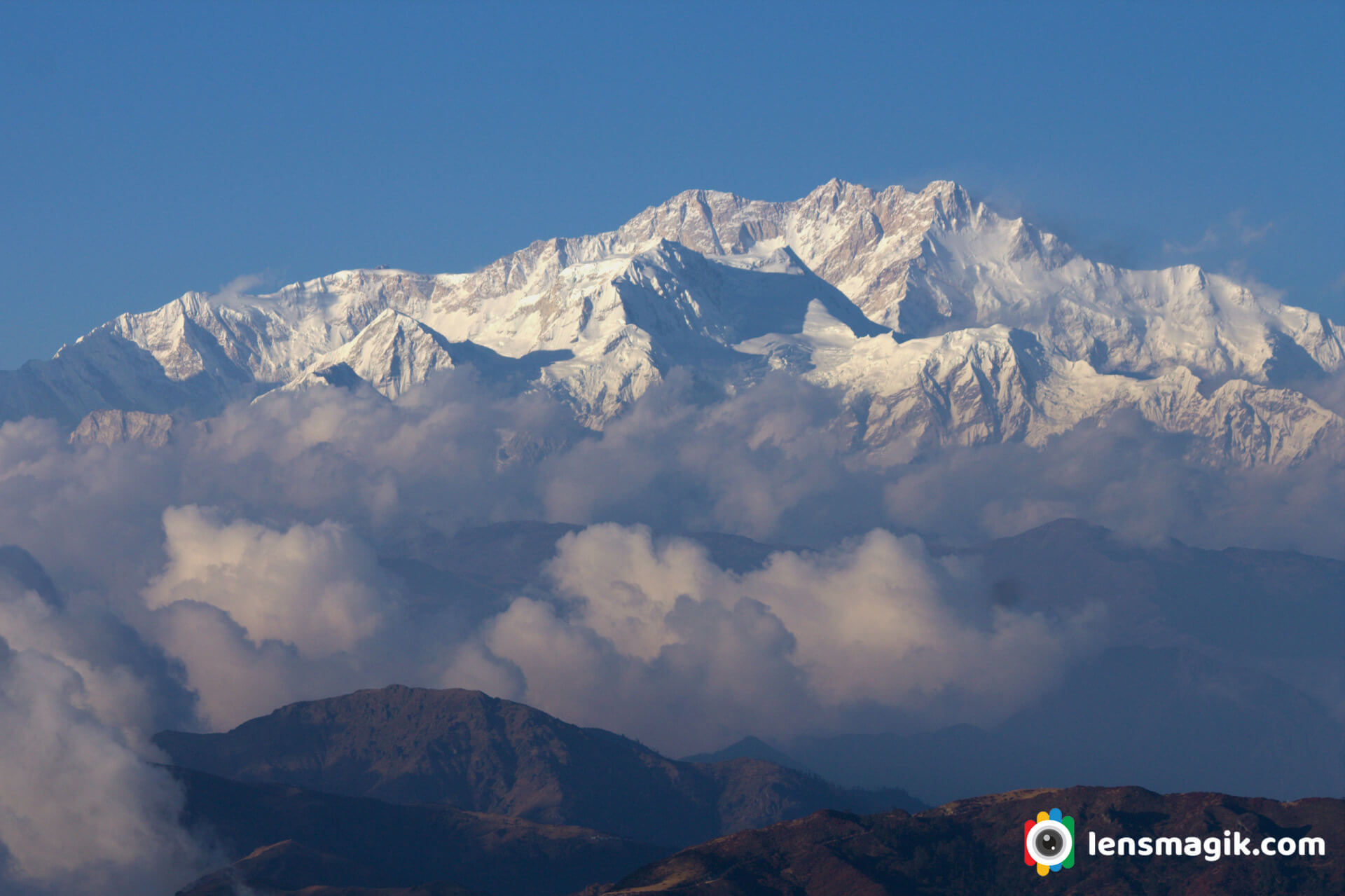

Sandakphu trek is one of the beautiful trek among India and also of Himalayas. During summer lots of trekkers go for these trek and also Phalut trek. At Sandakphu you can stay a night and just see at night the sky is full of stars. I was never seen such stars in my life. A milky way you can see and it was amazing experience of star gazing at Sandakphu. Also after dark a sunrise is beautiful as enough. At 4 or 4:30 am sunrise time and we were ready to see first light of sun rays on Himalayan mountains. The color of rays are red orange color looks beautiful on snow mountain of Kanchenjunga. Thats the beauty of Himalayas.
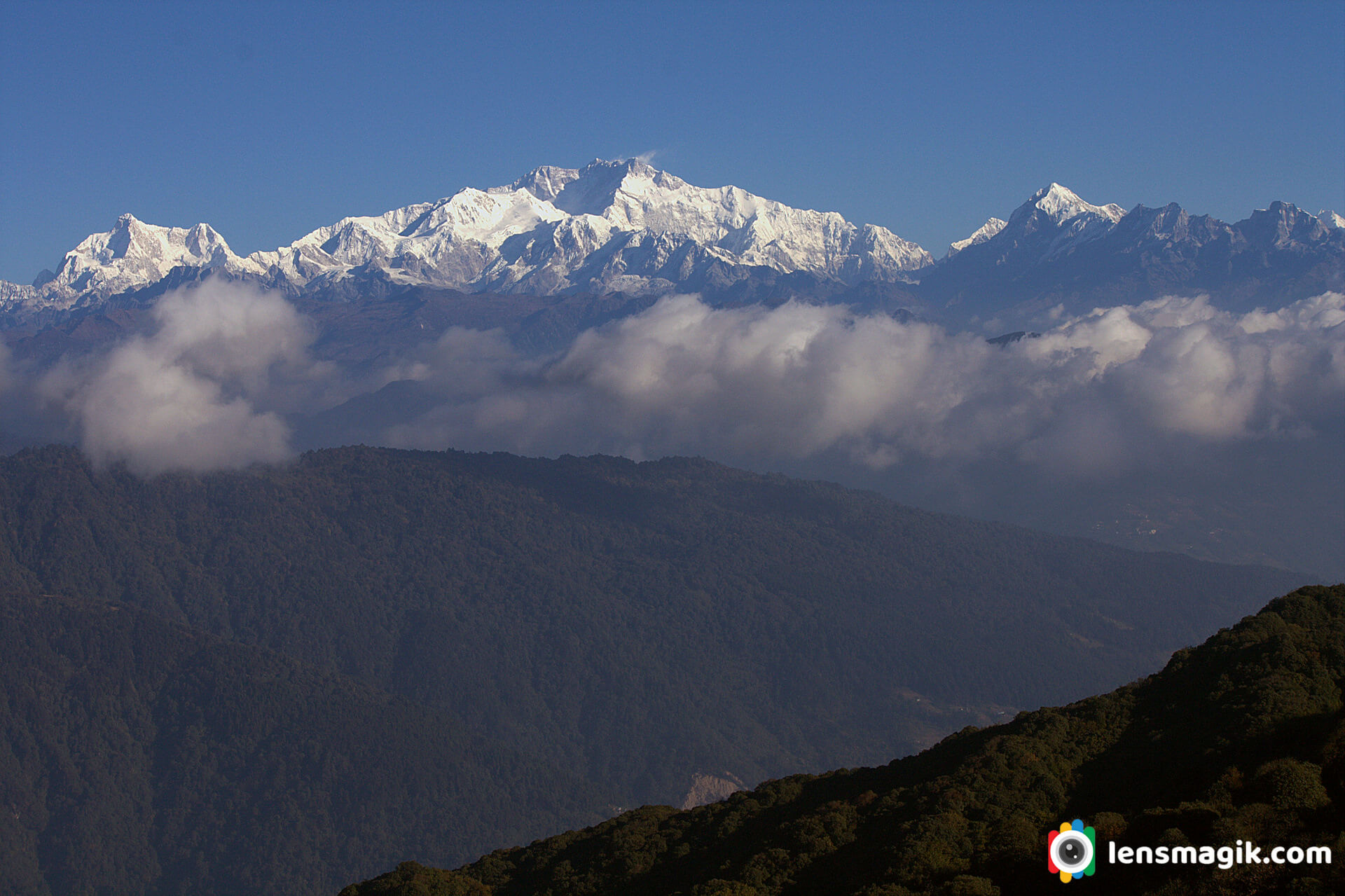
For climbing Mt. Kanchenjunga you can go from Nepal only because Indian Government has been closed Northeastern Sikkim route of Kanchenjunga since 2000. To See Mt. Kanchenjunga from India Sandakphu is the best place. You can go to Sandakphu via Trek or via Range Rover car hire at manebhanjan village. Nearest airport is Bagdogra or you can go to Kolkata and go for overnight train from Kolkata.
Gear used : Canon 1000 D body, Canon 18-55 mm lens, Canon 55-250 mm lens.